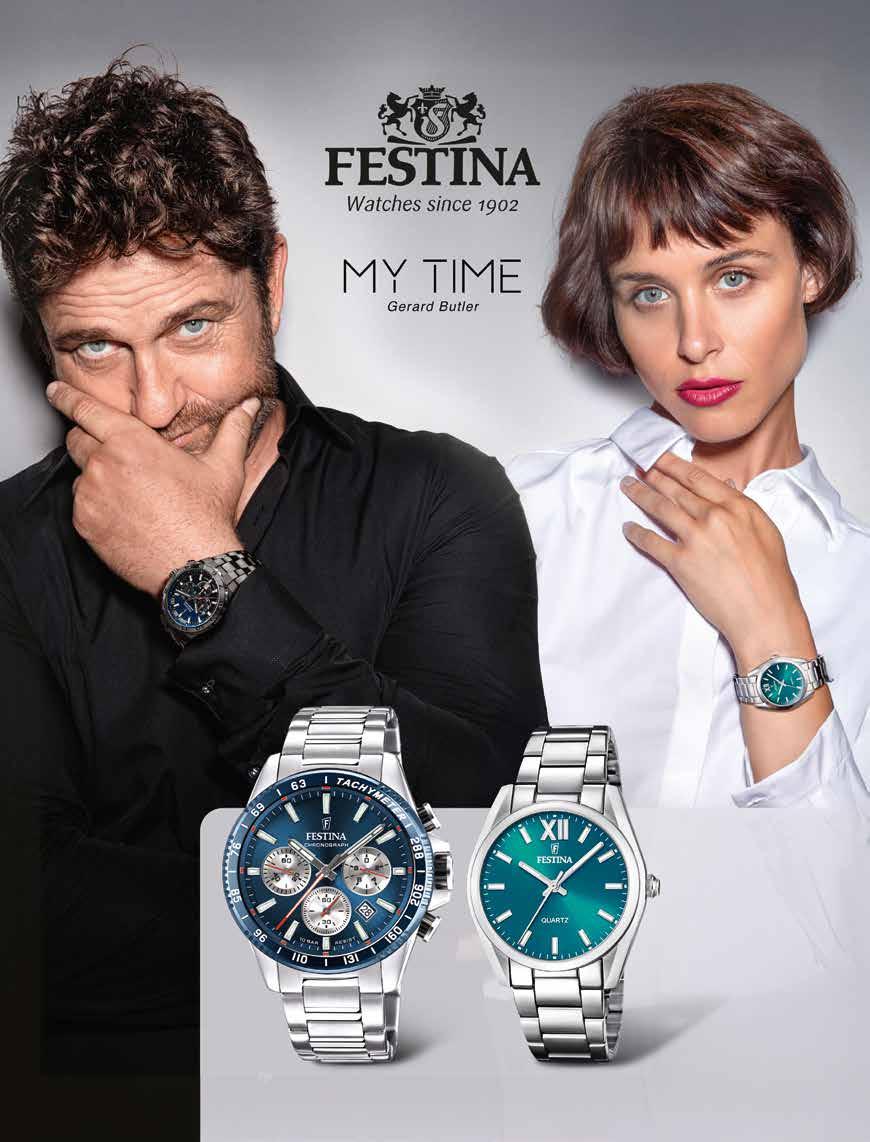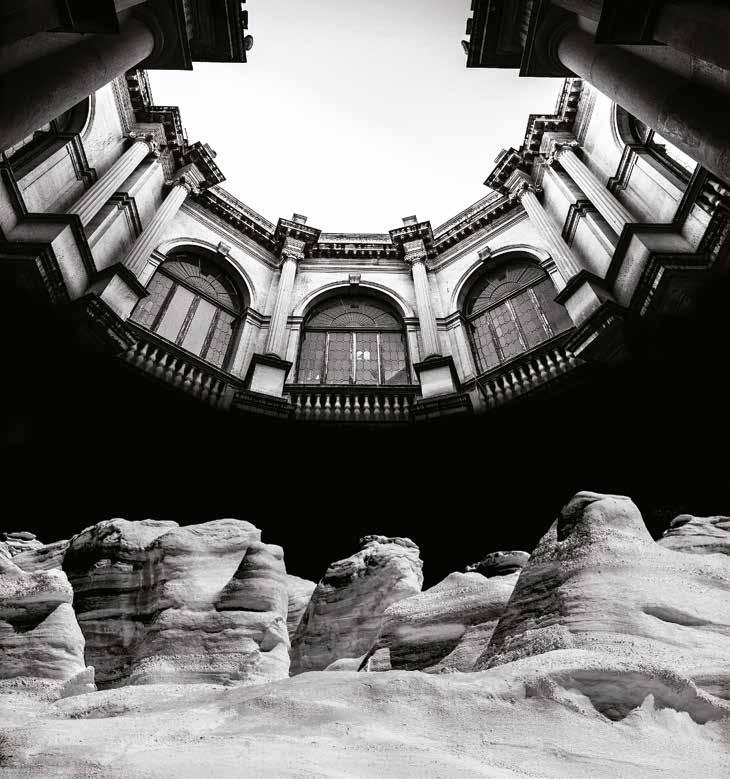
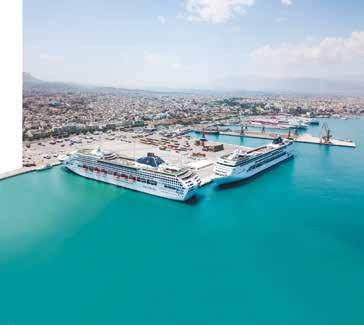
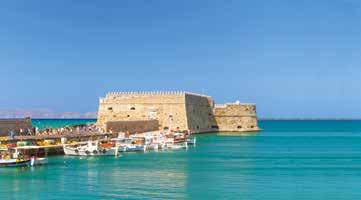
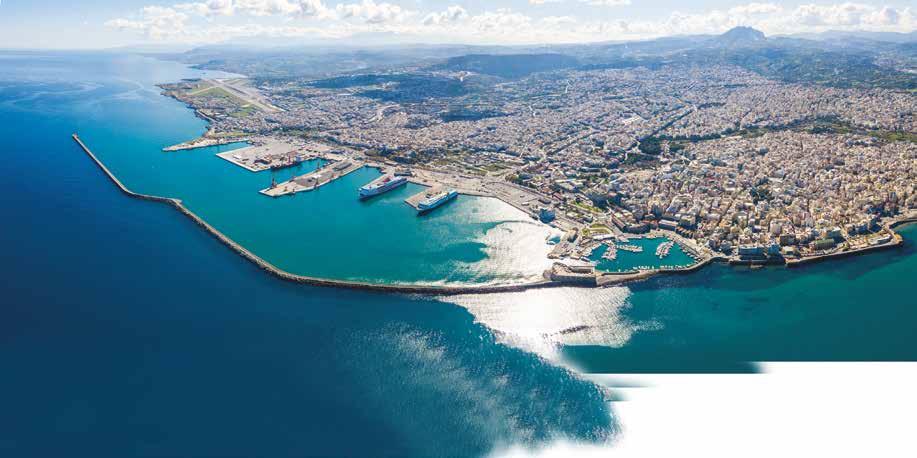


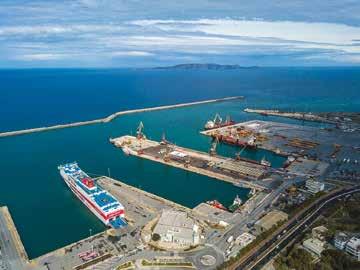





LINES













LINES
On behalf of the MINOAN LINES, family, we are always pleased -and honoured- to welcome you on board our ships. Once again this summer, we will take you on a journey with luxury, safety, and high-quality services that cater to every aspect of your travel experience.
In light of the economic challenges of our time, we develop our commercial policy with your needs in mind. Every passenger enjoys a travel experience that combines comfort, luxury and economy thanks to affordable prices, attractive packages, offers and privileges for families, children, students, the unemployed, families with three or more children, and people over 60 years old.

Crete, the cradle of Minoan civilization, is one of Greece’s most popular and affordable destinations, offering unforgettable experiences, unique natural beauty, a long history, rich culture and unparalleled hospitality. We are proud to have been covering the PiraeusHeraklion route and back daily, all year round for more than 50 years, giving you the opportunity to enjoy your holiday on our modern, eco-friendly cruise ferries,FESTOS PALACE and KNOSSOS PALACE
MINOAN LINES and Milos! The daily connection that transformed the island and its local community. An island “destination” that has become even more accessible with MINOAN LINES. Autumn, winter, spring and summer, all year round, we offer, with daily departures from Piraeus and Heraklion, the opportunity to visit one of the most photographed islands in the world.
Milos is the ultimate Cycladic destination, boasting crystal-clear waters and endless beaches, from the exotic Sarakiniko, with its lunar landscapes, to the picturesque Kleftiko, and many more.
MINOAN LINES is the only ferry company to offer direct daily routes to and from Milos all year round with its cruise ferries, FESTOS PALACE and KNOSSOS PALACE, and in summer it provides even more opportunities to visit the island, with a variety of daily routes available from the beginning of July until the start of September.
We continue to explore the beauties of Italy. With daily departures all year round, the Igoumenitsa - Brindisi and back route, operated by the floating mansion KYDON PALACE in cooperation with GRIMALDI EUROMED and the EUROPALINK ship, brings you timeless Italian style, cosmopolitan Mediterranean flair, and the
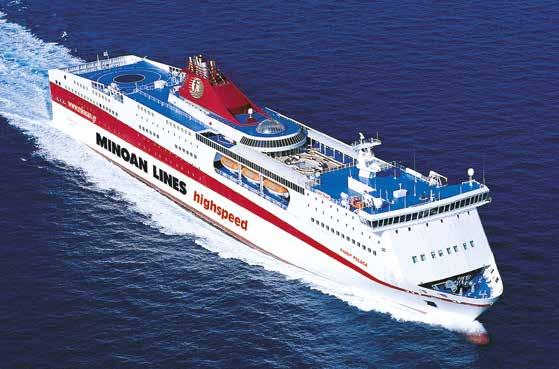
cultural heritage of our neighbouring country.
Certified to strict safety, quality and environmental management standards, and internationally recognised for our travel experiences, we are continuing to pioneer systematic practices to improve the energy efficiency of our fleet on land and at sea. In 2024, MINOAN LINES achieved significant reductions in waste on board: 33.12% in total quantity, 9.77% in food waste and 51.05% in operational waste. Plastic recycling increased by 2.25%. In addition to recycling paper and electronic equipment, the offices also added recycling of categories such as plastic, glass and aluminium. To date, we have replaced 75-90% of the traditional lamps on our ships and in our offices with LEDs, achieving an estimated energy saving of 147,000 watts per ship.
In parallel, as part of its broader corporate environmental planning, our company proceeded to install photovoltaic panels on the roofs of its privately owned buildings, which house its headquarters in Heraklion and Piraeus. This initiative fully covers its electricity consumption needs and improves its environmental footprint.
MINOAN LINES and the Grimaldi Group show that it is possible to combine business excellence with sustainable development and environmental responsibility, setting an example for the Greek and international shipping community. Within this scope, two new state-of-the-art vessels are being built for the PiraeusMilos - Heraklion and back route. Designed with alternative fuel capabilities, they offer passengers a unique experience combining comfort and luxury with far greater transport capacity for passengers and cargo vehicles.
Having assumed the role of a responsible “citizen” towards society, MINOAN LINES operates with a focus on health, education, the environment, sports, culture, sustainable development and animal welfare. The company recently provided financial support for the purchase of the advanced Stealth Navigator S8 EM ENT navigation system, in order to support the work of the ENT clinic at the University General Hospital of Heraklion.
The company has long embraced the Smile of the Child organisation as its exclusive carrier on its routes to Crete. It has consistently covered the transport costs for the medical staff of the volunteer medical team Doctors of the Aegean PAGNI, to whom it has donated a fully equipped minivan for free preventive examinations.
In 2024, among our many sponsorships, we embarked on another journey of contribution, always with “people” as our compass. We launched an original and substantial social awareness campaign
to actively support “Iliahtida” (Sunshine), the Pancretan Association of Parents and Friends of Children with Neoplastic disease. Adopting the motto “1 ticket > 1 euro > 1 act of love”, we donated one euro from each ticket issued on 24 and 30 December 2024 on the PiraeusMilos - Heraklion and back route.
We gladly accepted the award as the company with the leading brand in the shipping industry by the internationally prestigious institution CORPORATE SUPERBRANDS for the years 20232024. At the TOURISM AWARDS in 2024 and 2025, we won the Gold Award in the “Promotion of Local Greek Cuisine” category for the certified Cretan menu available in the à la carte restaurants of the FESTOS PALACE and KNOSSOS PALACE ships. This menu is in addition to the existing revamped menu, and brings Crete to every trip thanks to the curation of Nektaria Kokkinaki.
As the summer season begins, MINOAN LINES reaffirms its commitment to offering an exceptional travel experience. We combine cost-effectiveness with luxury through the level of service we offer to travellers who choose the modern and luxurious ships
KNOSSOS PALACE, FESTOS PALACE and KYDON PALACE
We would like to thank you for your trust, and we promise that we will continue to uphold the high standards of our ships and human resources, both on land and at sea, with the same zeal that we have demonstrated for over 50 years, in order to continue offering you unique trips in Greece and abroad.
Because at MINOAN LINES, your journey begins the moment you start thinking about it. And when you think of “travel”, we want MINOAN LINES to be the first thing that comes to mind.
We invite you to come and create new images, experiences and moments with us!
LucasSigalas CEO of Minoan Lines
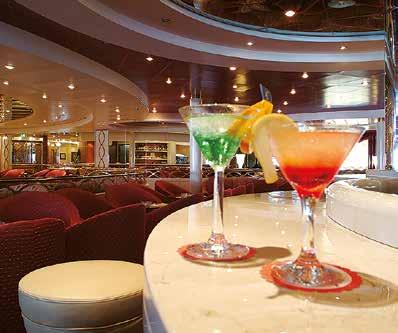
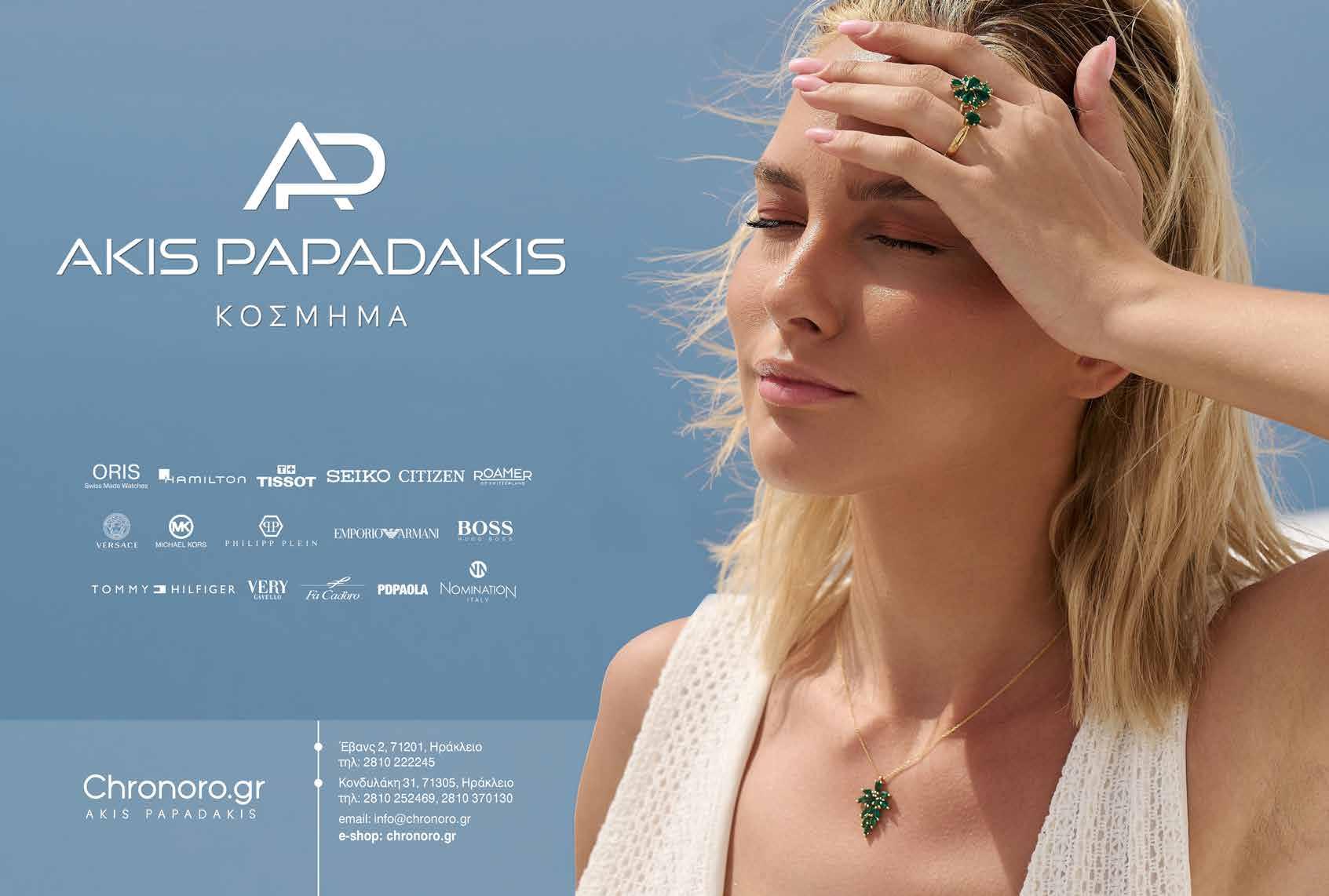

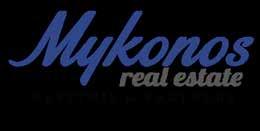
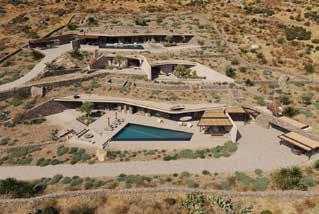

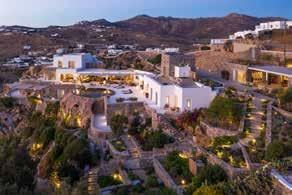
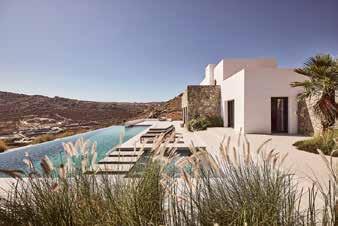





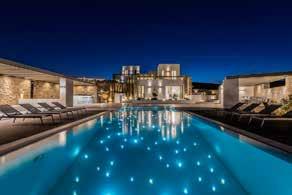

Offices:
Athens: 13-15 Sofokleous Rd, Athens
w w w . r e v i t h i s - r e a l e s t a t e . c o m
D r o s i a : 2 M a r a t h o n o s S t r .
w w w . r e v i t h i s . c o m
Mykonos: New Region Drafaki Rd, (Above Piraeus Bank)
w w w . m y k o n o s - r e a l e s t a t e . c o m
Arachova: Old Nation Rd
www.parnassos-realestate.com
Vouliagmeni: Astir Marina Vouliagmenis, South Suburbs
w w w g r e e k t o p v i l l a s c o m




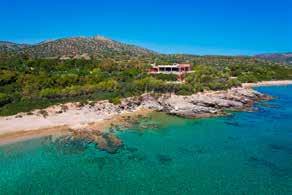



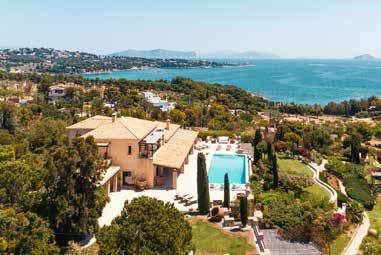
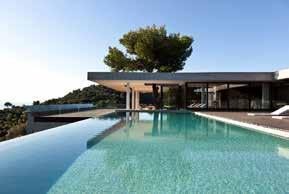
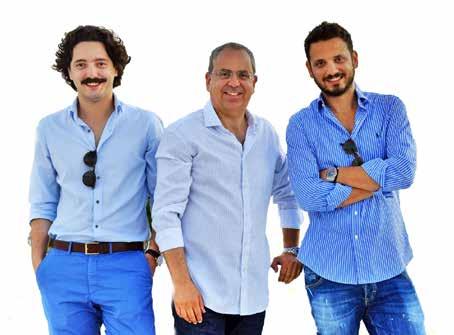

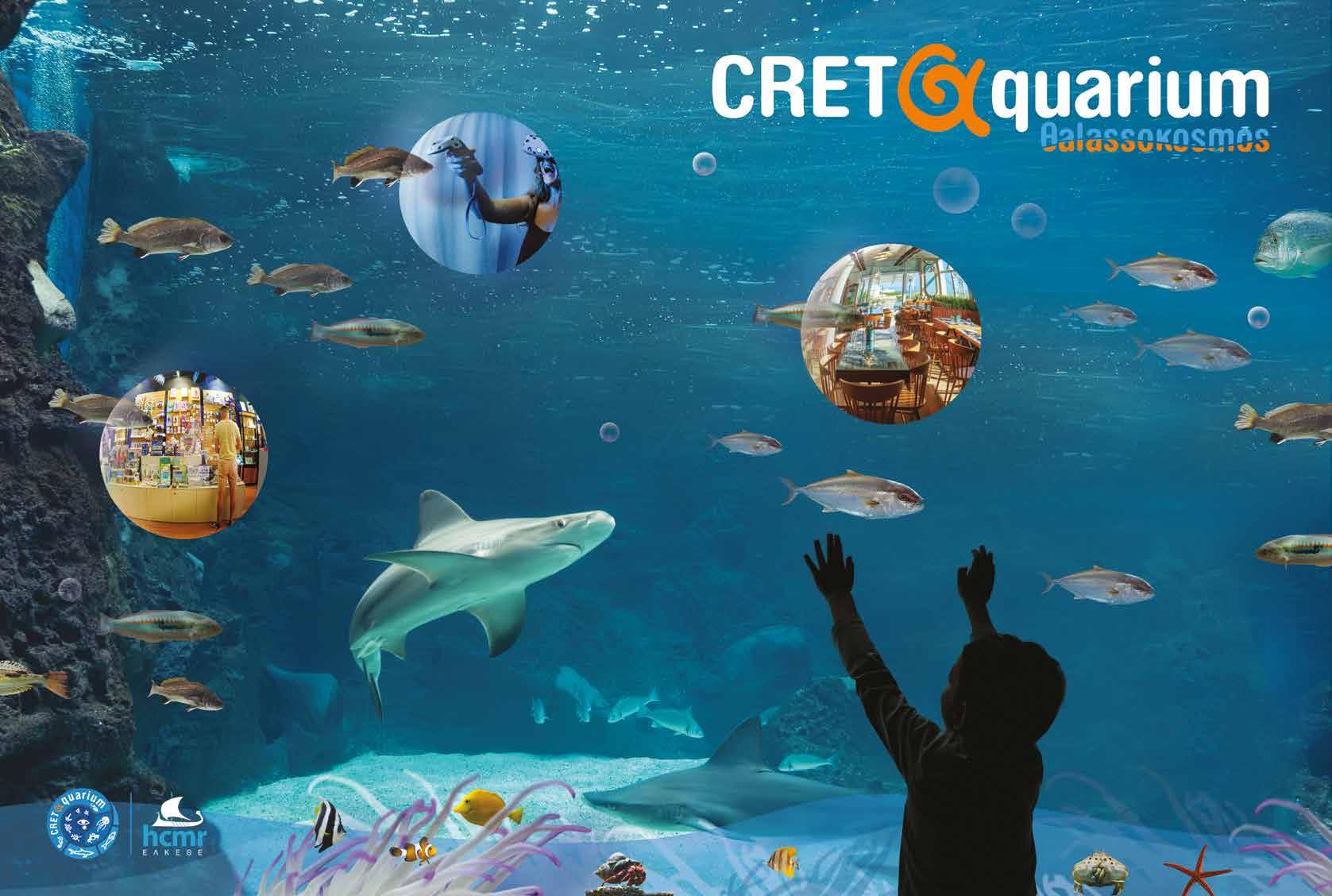





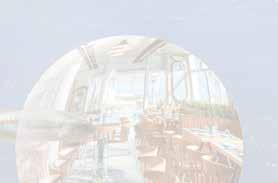



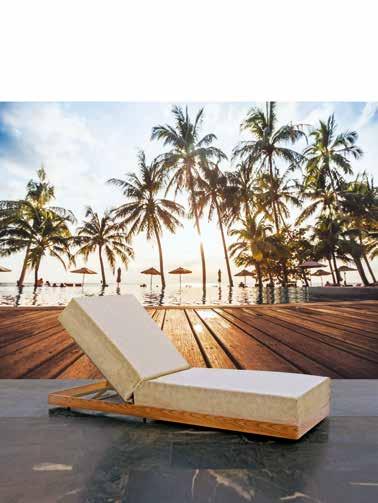
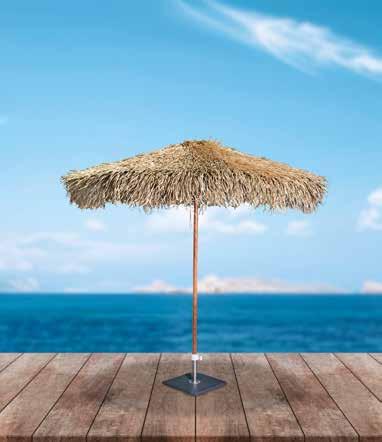
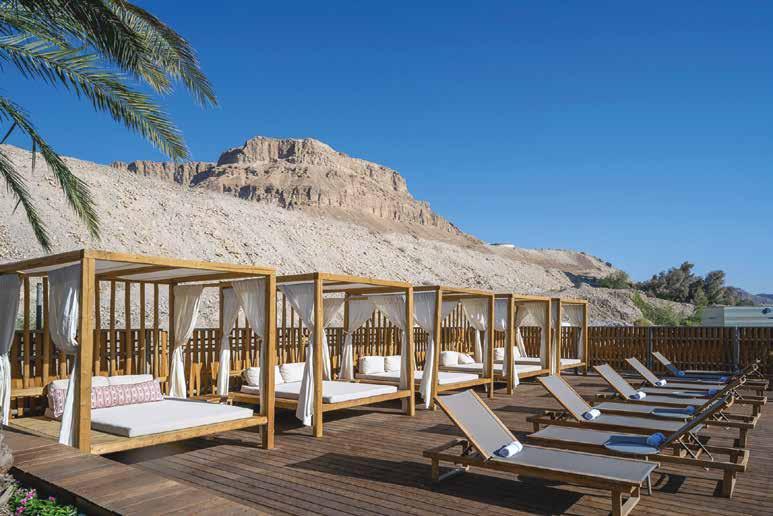
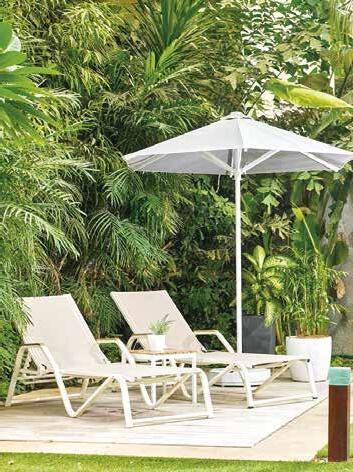
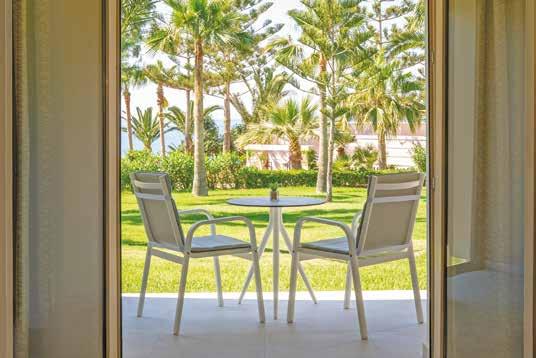
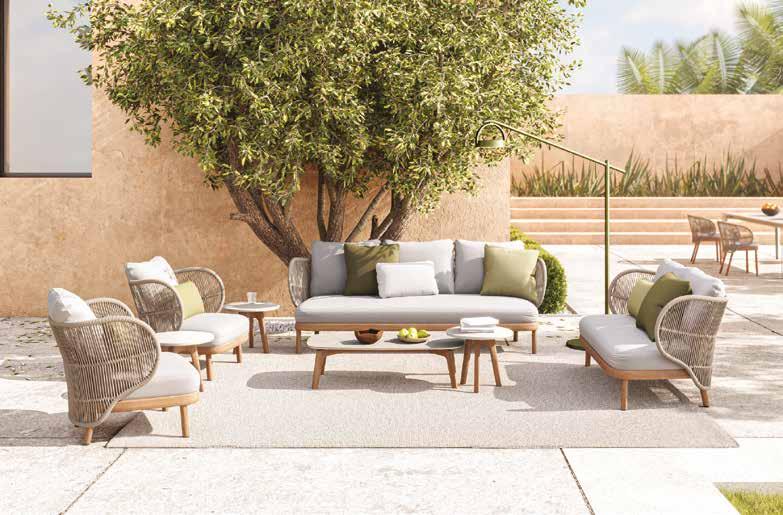
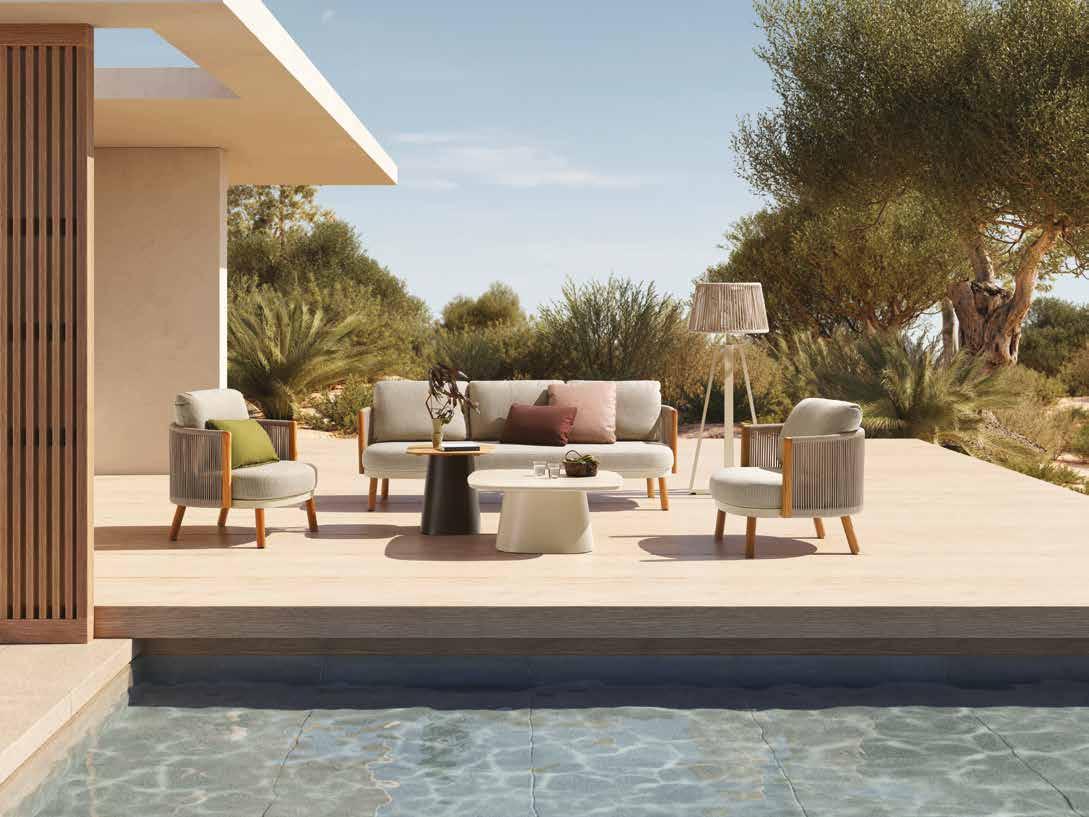

ΙΔΙΟΚΤΗΣΙΑ MINOAN LINES S.A.
17, 71202,
Tηλ. 2810-399800, Φαξ: 2810-330308
www.minoan.gr
OWNERSHIP
MINOAN LINES S.A.
Shipping Company 17, 25th Avgoustou str., Heraklion, Crete - Greece Tel.: +30 2810-399800, Fax: +30 2810-330308
www.minoan.gr
PMS MEDIA
210 3212 037 info@pmsmedia.gr ΔΙΕΥΘYΝΤΡΙΑ:
PRODUCTION – PUBLISHING PMS MEDIA
18th km Marathonos ave. & Pilou str., 153 51 Pallini
Τel.: +30 210 3212 037 info@pmsmedia.gr
MANAGING DIRECTOR: Xanthi Iliopoulou
MANAGING EDITOR: Thanassis Toloudis
CREATIVE DIRECTOR: Nikos Vatsitsis
ART DIRECTOR: Alexandros Bitsaras
CONTRIBUTORS: Maria Atmatzidou, Asteropi Lazaridou, Mia Kollia, Dimitris Papadopoulos, Eva Petropoulou
COPY EDITOR: Niki Stathia
TRANSLATION: Evita Lykou
PHOTOS: Andreas Simopoulos
COMMERCIAL DIRECTOR: Stavros Kefalopoulos
ADVERTISING MANAGERS: Giorgos Andreadelis, Lena Konitsa, Kaiti Konitsa, Marifili Papanikolaou, Stella Selianiti, Peggy Stebili
PRINTING: PaperGraph S.A.
Your Free Copy
It is illegal to publish, reproduce, or transmit in whole or part of the magazine without the written permission of the publisher. The MINOAN LINES isn’t responsible for the contributors’ opinions as they are represented on issues.

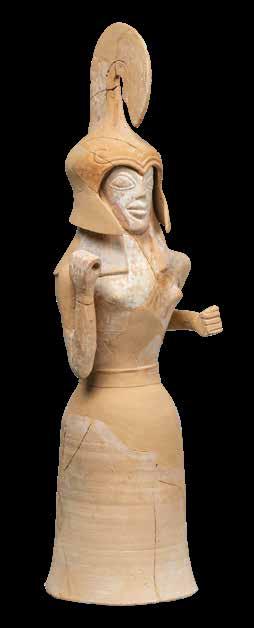
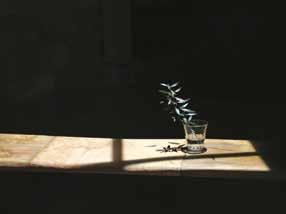
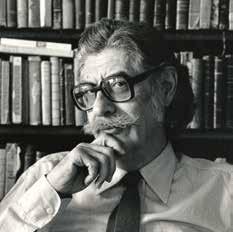

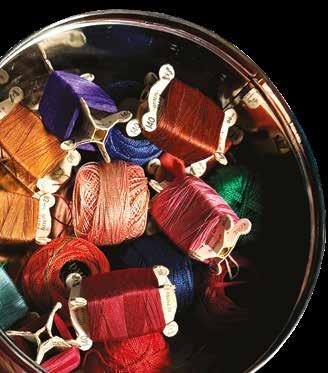
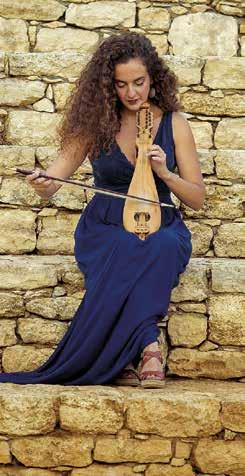
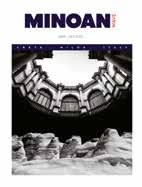

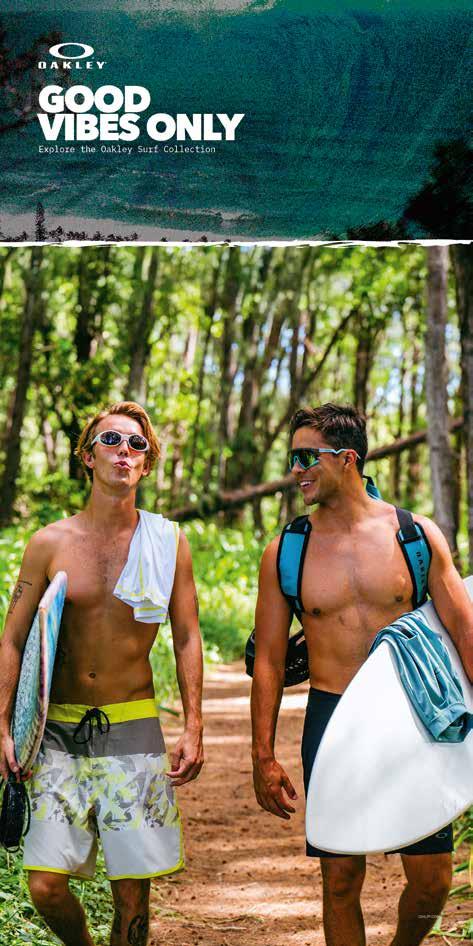
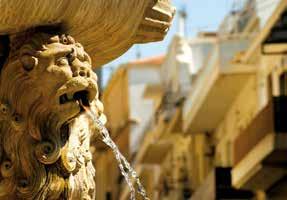


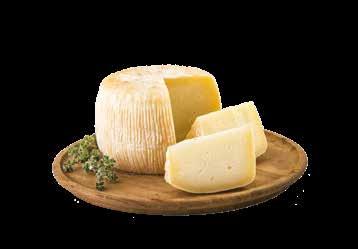
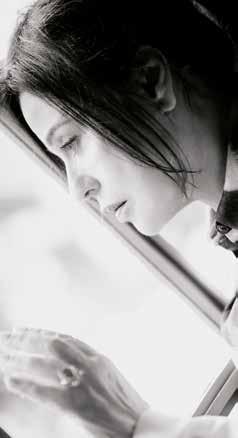


Maria Tzobanaki 82
One city, many stories 90
To
The island
legends 100
Konstantinos Markoulakis 108
Don’t leave Crete, without trying... 126
Life & well-being 147 About us!
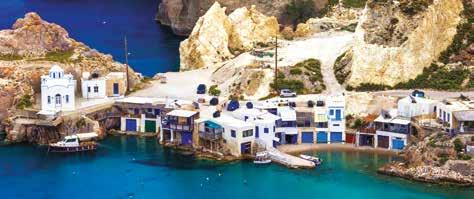
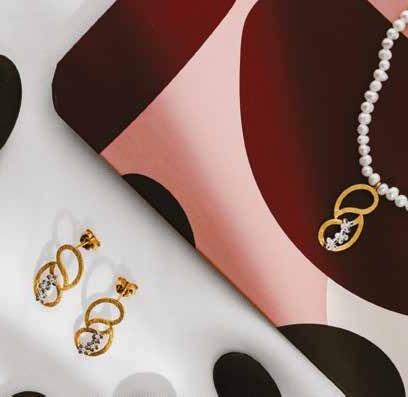
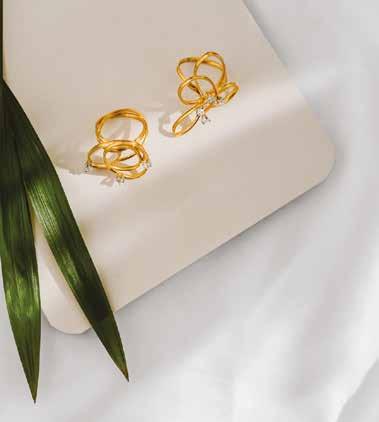
2810 346380 | Lavirinthos-Kokkiadi: 21 Dikaiosinis Street, Heraklion, tel: +30 2810 346380
2810 330350 | Kokkiadi Jewels: 35 Daidalou Street, Heraklion, tel: + 30 2810 330350

email: info@labyrinth.gr















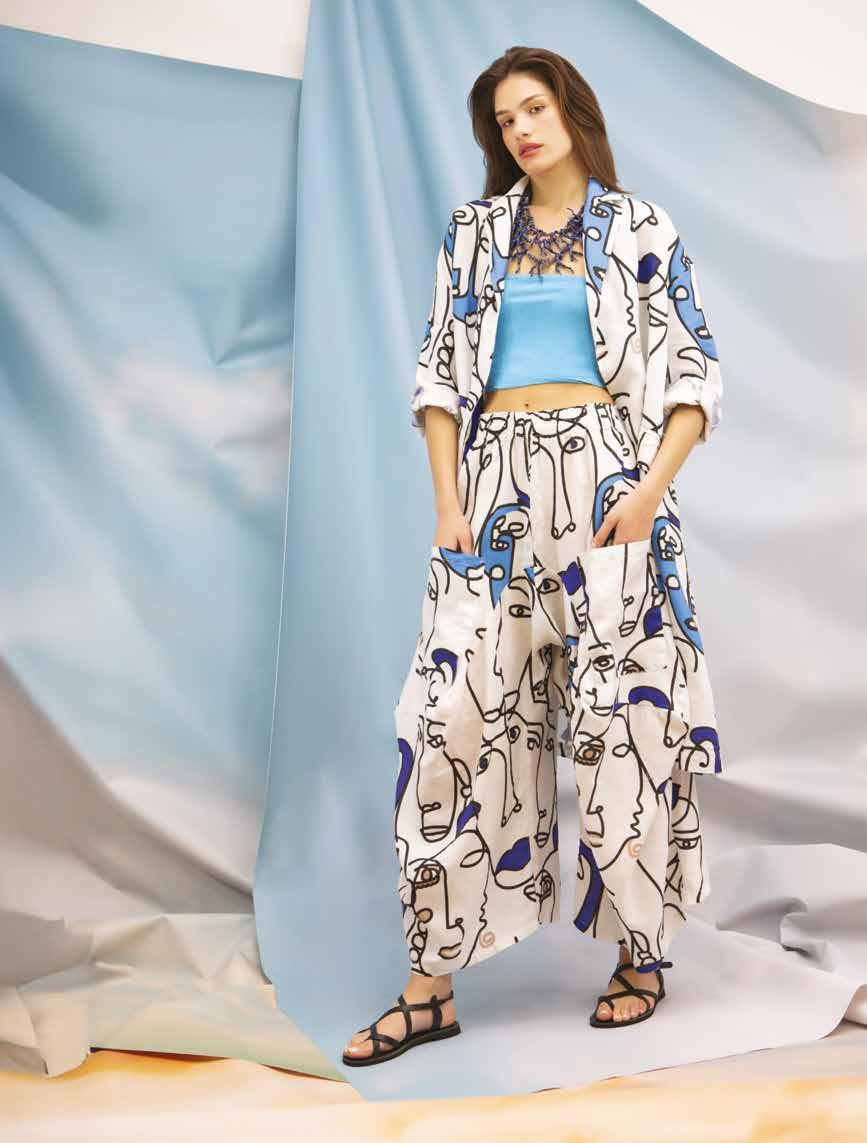


ΜΝΗΜΕΣ AΡΧΑΪΚΕΣ
HTHE EXHIBITION “EKATOMPOLIS, THE WORLD OF ARCHAIC CRETE” IS DEDICATED TO CRETE IN THE ARCHAIC PERIOD, A PERIOD OF SIGNIFICANT SOCIAL AND CULTURAL CHANGE THAT SAW THE EMERGENCE OF POLIS (CITY-STATES) AND THE GREEK ALPHABET.
The current temporary exhibition at the Heraklion Archaeological Museum introduces us to a period in the history of Crete that most of us know very little about, given the great glory of the earlier Minoan civilisation -or, more accurately, the Bronze Age civilisation of Crete. Among the large team of experts who worked on its preparation, we spoke to the museum’s archaeologist and Head of the Department of Museology, Museography and Exhibitions, Ms Eirini Galli, about these years that are being revived after 28 centuries: “The exhibition «Ekatompolis, the World of Archaic Crete» introduces us to the city-states of Crete that emerged as centres of power and civilisation during the Archaic period (7th - 5th century BC), 500 years after the collapse of the Minoan world. The title of the exhibition comes from the reference in Homer’s «Iliad» to Crete as «the island of a hundred cities» and reflects the diversity and dynamism of these cities, which have shaped the course of the island throughout history”. Through 300 selected archaeological finds, visitors can
Thigaterra,

At Thigaterra, our philosophy is all about attention and care.





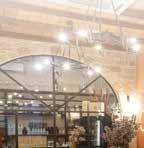
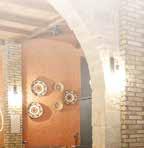

Every detail, from the initial greeting to the presentation of dishes at your table, is designed to provide a unique experience.
Every dish is served with regard for your appetite and preferences, each wine recommendation is an experience tailored just for you.
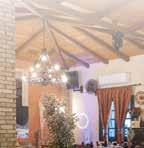





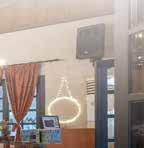









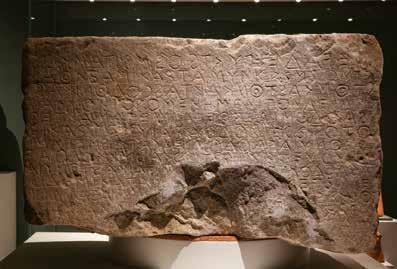
Stone architectural member where the “xenelasia law” is inscribed. Lyttos, Heraklion, 6th-5th century BC.
learn about the economic and political development of the cities of the time, get to know the way of life of the people who lived in them, and admire both the objects of everyday life and the artistic masterpieces they created. Ms Galli points out: “The exhibition presents known works from the permanent exhibition of the Heraklion Archaeological Museum, objects from the storerooms, as well as temporary loans from other departments of the Ministry of Culture, in a new light and in new contexts. The archaeological finds on display document the contribution of Cretan cities to the Greek world of the period, as our aim is indeed to highlight this particular aspect of Cretan cultural heritage, which, although considered important, is largely unknown to the general public”.
It is worth noting that many of the exhibits are being presented for the first time, while some have travelled to Heraklion from other archaeological museums in Crete, as well as those in Samos and Delphi. The findings from the cemetery of Faliro, particularly from the group burial of the “Desmotes” have a special place in the exhibition. But how do these relate to Crete? Ms Galli explains: “We incorporated this set into the exhibition through the Athenian narrative of the Cylonian Affair. This is the story that links the wise seer and lawmaker Epimenides the Cretan with the purification of Athens after
Vessels from various archaic cities of Crete. In the centre, one of the largest storage pithoi of the period. Kastelli, Heraklion, 6th century BC.

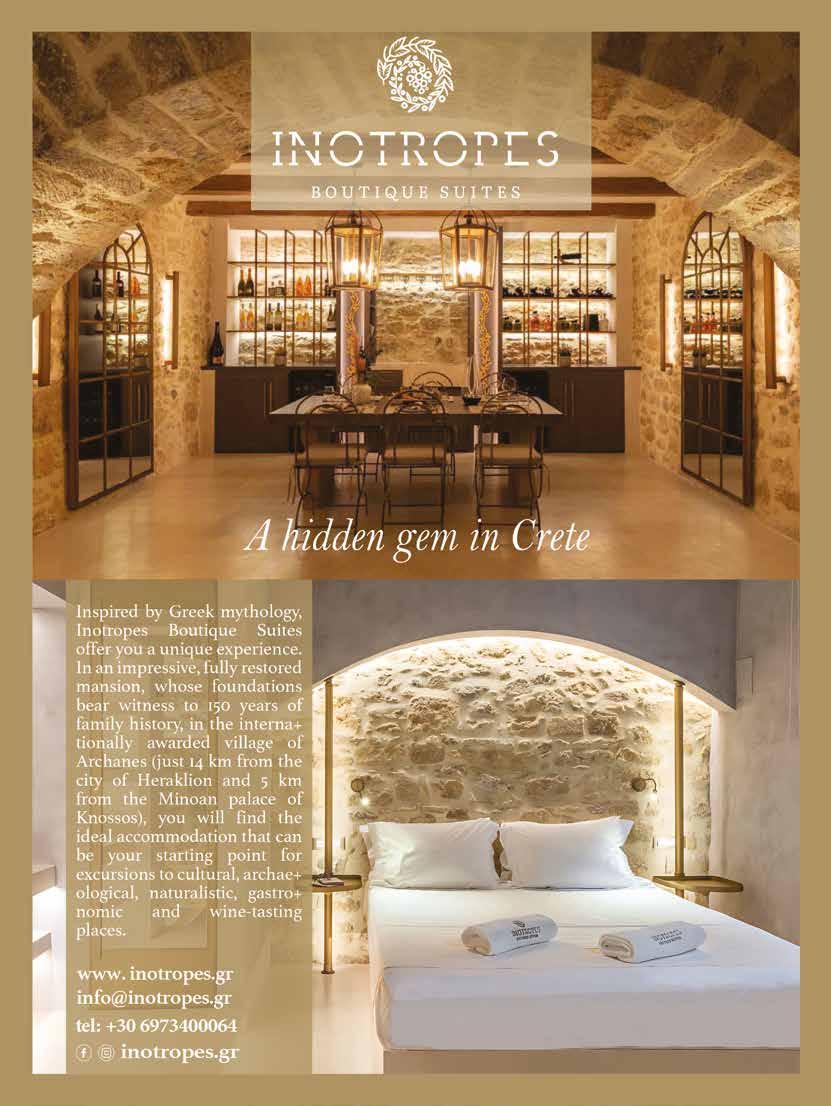

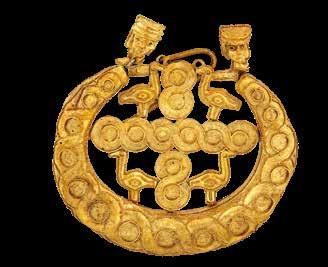
Gold jewellery, Knossos, c. 700 BC.
the plague that broke out as a result of the sacrilegious murders of Cylon and his followers. Epimenides the Cretan played a key role in this process. Crete is thus presented as a link between the old unwritten law of the classes and myth, and the new written code of the city. This is a major social and political phenomenon, as it seems that Crete was the early developer of the political structures and institutions, which contributed to the formation of ancient Greek political identity”. It is worth mentioning that the museographic study was carried out by Despoina Tsafou, the museological study by Ioulia Skounaki, the graphic design by Akrivi Anagnostaki and the

Kouros, a young man who embodies the ideals and aesthetics of archaic Crete. Praisos, Lasithi, 575-550 BC.










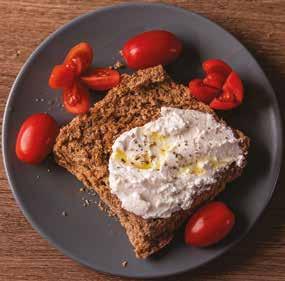


Α

part from its beauty, Sitia also has a gastronomic surprise in store for us: Kouvarakis Xigalo Sitia, a wonderful cheese product with a protected designation of origin, made with sheep’s and goat’s milk from the former province of Sitia, using local breeds of sheep and goats.
The product is said to have an ancient history, perhaps as far back as the Minoan era. Kouvarakis Xigalo PDO Sitia is white in colour, spreadable - slightly grainy in texture and has a mildly salty - sour taste. Its proteins and fats are in perfect harmony and it is delightfully tasty. It is low in lactose as a result of natural fermentation and has a beneficial effect on digestion.
It can be enjoyed on its own or as an ideal accompaniment to bread, rusks, chips and many other dishes.






The Kouvarakis family dairy and cheese company was founded in Sitia in 1979 and continues to offer pure products to this day. It maintains tradition and pays attention to quality, while using modern methods and safe production processes. You can find Kouvarakis Xigalo PDO Sitia in many large stores, small grocery stores, restaurants and distribution chains throughout the country. As well as other wonderful products of the company.
HEAD OFFICE - CHEESE DAIRY Hamezi, Sitia
Wholesale orders: +30 28430.71555
CENTRAL STORE: 22 Papanastasiou Street, Sitia, Crete
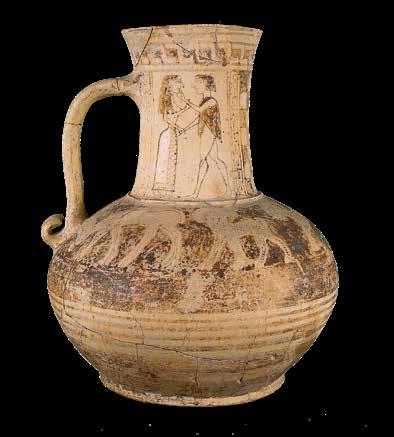
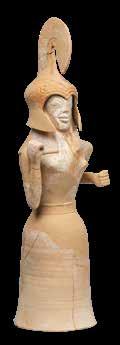
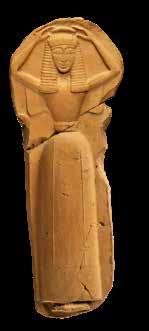
From left: Oenochoe depicting a couple, 7th-6th century BC, Afrati, Heraklion. Statuette of Athena Promachos, 6th century BC, Gortys. Self-crowned tile, 630-620 BC, Gortys. Tile of a young worshipper, 650-640 BC, Lato.
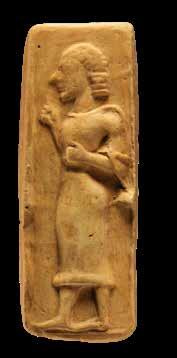
lighting study by Matina Maglara. Texts-scientific editors: Eirini Galli, Kleanthis Sidiropoulos, Dimitris Mylonas, Maria Kirimi, Eva Mitaki.
The exhibition includes regular guided tours by archaeologists from the museum and the Ephorate of Antiquities of Heraklion. In addition, a series of lectures in Greek and English by scholars excavating and studying important centres of Archaic Crete has already begun and will conclude in November. heraklionmuseum.gr οι




A FESTIVAL DEDICATED TO POTTERY IS TAKING PLACE FOR THE FOURTH YEAR IN THRAPSANO, HERAKLION, PERHAPS THE MOST IMPORTANT CENTRE OF THE ANCIENT ART ON THE ISLAND.
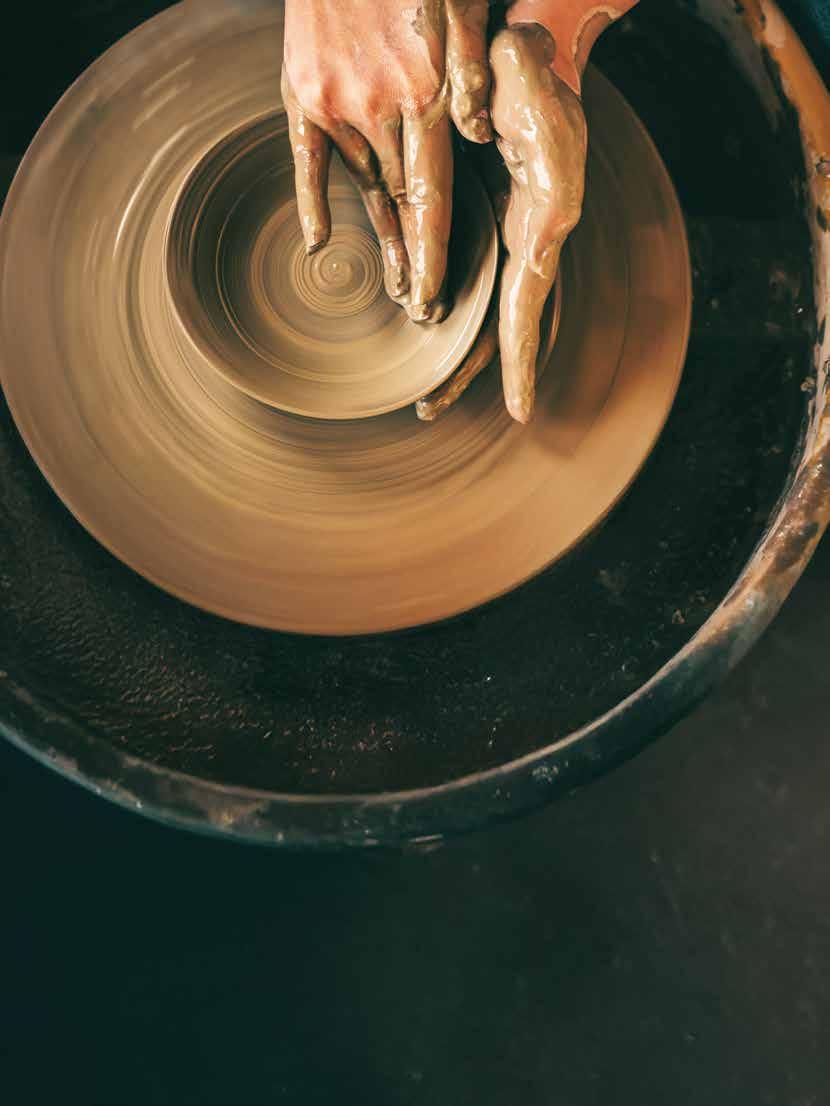
ITn July, Thrapsano holds a feast, as it welcomes the 4th “Earth, Water, Fire” Festival, from 3 to 6 July. It sets up counters, wheels, tables for crafts -but also other tables full of snacks and goodies-, speakers for music and speeches, games and much more, expecting to welcome the young and old friends of pottery, to celebrate together, to play and learn while having fun.
But how did it all start? In view of the long tradition of pottery in their village, the active team at the Thrapsano Cultural Association decided to organise a festival dedicated to this ancient art form, which is not only the heritage of Thrapsano, but also a cultural asset of all humanity.
WAVE
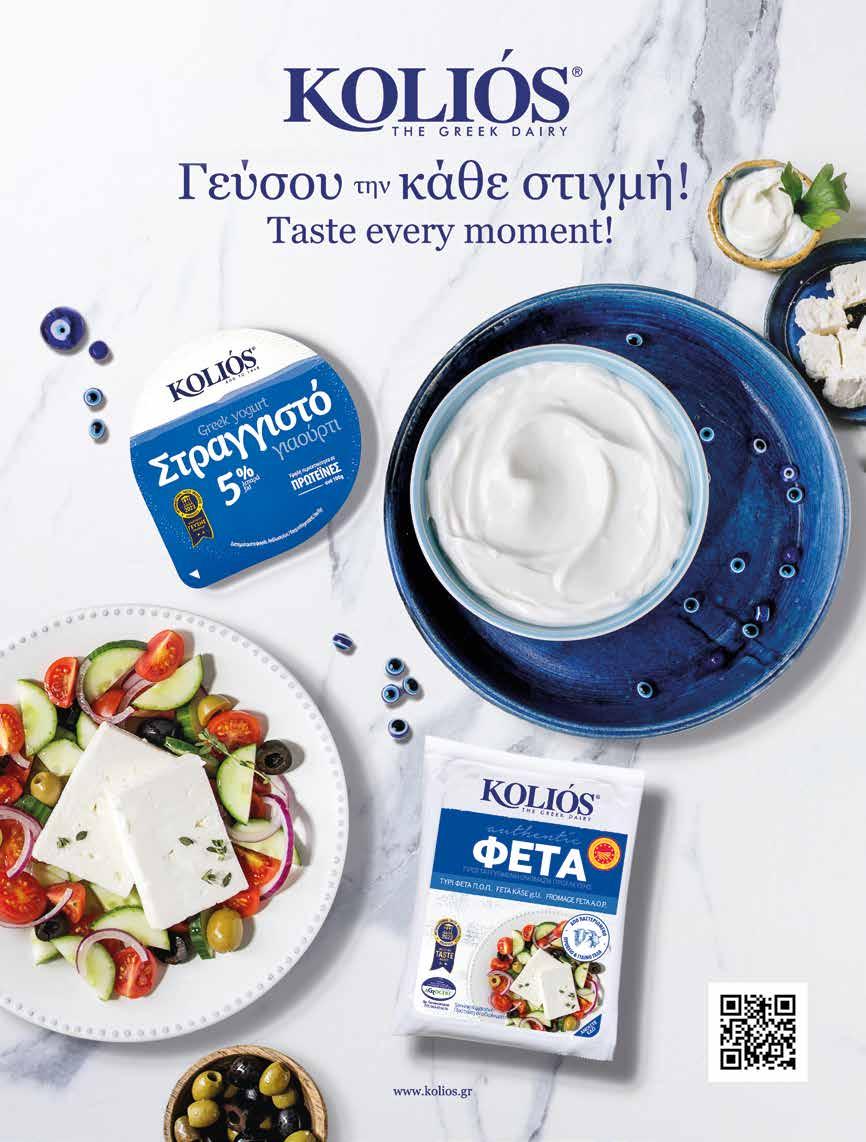
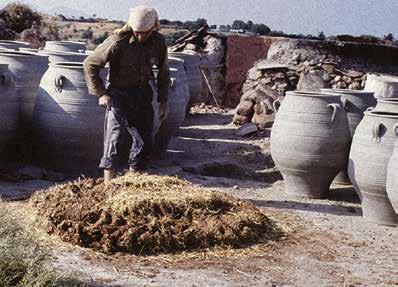
Παρασκευή
Preparation of clay by a “ventema maker” from Thrapsano.
According to Mr Kostis Christakis, archaeologist and Knossos Curator of the British School at Athens, as well as a member of the Thrapsano Cultural Association, this initiative was embraced with great enthusiasm by local (and not only) potters, and is being implemented with the support of highly prestigious scientific institutions. “The festival began as an initiative of our association to emphasise the pottery tradition of Thrapsano as a vital component of the local community’s sustainable economic and tourism development, and to encourage public discussion between local government bodies, scientific institutions, and the local community regarding the study, preservation, and promotion of the Cretan pottery tradition”. This year marks the fourth consecutive year of our collaboration with the Centre for the Study of Modern Ceramics - G. Psaropoulos Foundation, the Knossos Research Centre, and the potters of Thrapsano in organising the festival. It is co-organised by the Region of Crete, under the auspices of the Municipality of Minoa Pediadas, and supported by the Directorate of Modern Cultural Heritage at the Ministry of Culture”.
The festival programme includes lectures by archaeologists and historians, demonstrations of pottery making by local potters, educational programmes, clay games for children, and workshops on pottery wheels for all ages. On the last day, the works will be fired in a dragon-shaped wood-fired kiln! There will also be music evenings, documentary screenings, a pot hunt, an exhibition of pottery books,
Κατασκευή
Construction of pots in Thrapsano in the early 1960s.
‘60.
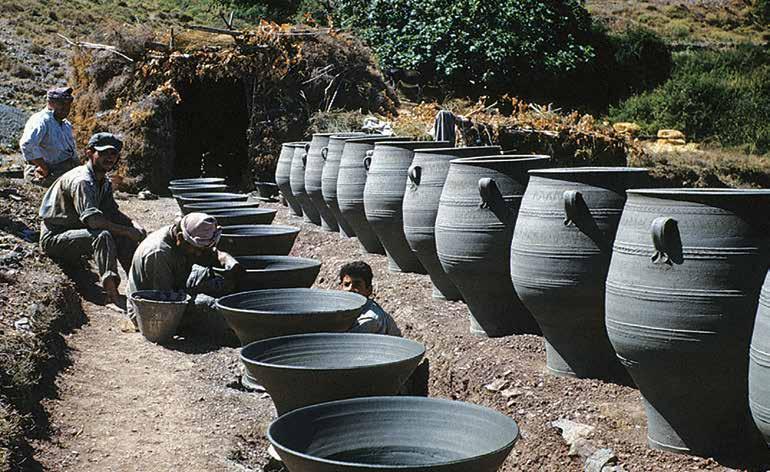

Emecalm Travel δεν
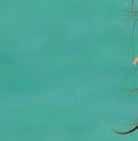




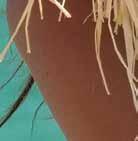
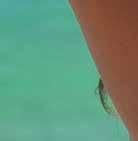



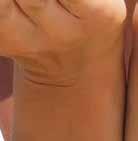

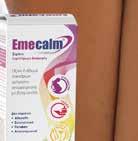


















and stalls featuring potters from Crete and other parts of Greece, among other things. You can find the detailed programme and the locations of the village’s potteries on Facebook if you would like to visit them: “Earth Water Fire” and “Thrapsano Cultural Association”. Workshops and training programmes are offered free of charge but booking is required.
The history of Crete is inextricably linked to pottery, a tradition with roots stretching back to the sixth millennium BC. Thrapsano is one of the island’s main pottery centres, alongside Margarites in Rethymno. They are the only two centres that are still active today. In Ottoman documents from the 17th and 18th centuries, it is referred to as the “village of potters”. However, as Mr Christakis notes, there is also indirect archaeological evidence that the inhabitants of Thrapsano and the surrounding area have been practising pottery since ancient times. Important pottery centres existed in the wider area from the early Protopalatial period. Excavations at Galata in Pediada, where the fourth largest Minoan palace was uncovered, and at Kastelli, have revealed a unique ceramic style that differs greatly from those of other Minoan centres.
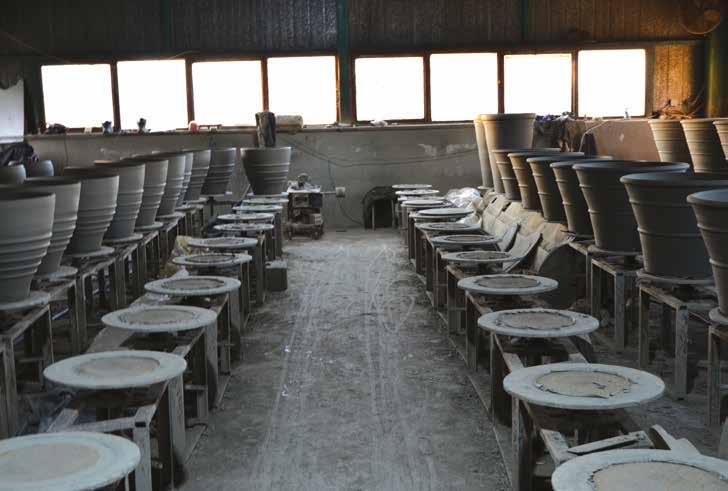


Drawing on the power of re, Parastia combines traditional cooking methods with modern techniques


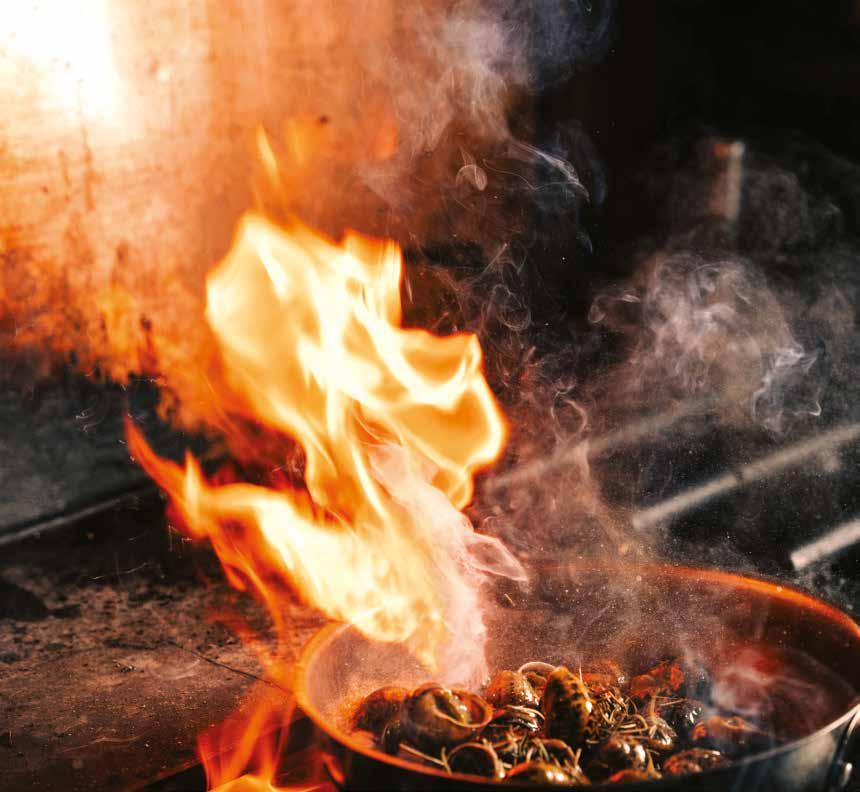

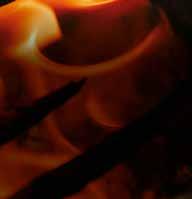




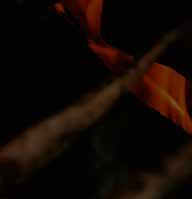
Tηλ. 281 022 5009


Parasties restaurant Tel. +30281 022 5009 81 Chandakos Street, Heraklion, Crete Parasties @parastiescrete parastiescrete.gr


όσων
The Festival ends with the lighting of the kiln to fire the creations of those who took part in the events.

Making of the Mother-goddess, an educational programme for children, as part of the “Earth, Water, Fire” festival.
The potters of Thrapsano have always been renowned for the quality of their work, as well as for their unique approach to producing and selling their ceramics: the “vendema from Thrapsano”. Mr Christakis explains: “In the Cretan dialect, «vendema» (from the Venetian vendemma = harvest season) means a large production of olive oil. The high demand for storage pots for oil and other agricultural products, coupled with the difficulty of transporting these bulky items, forced

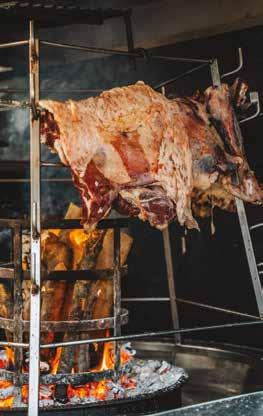
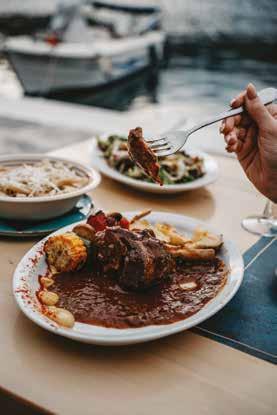
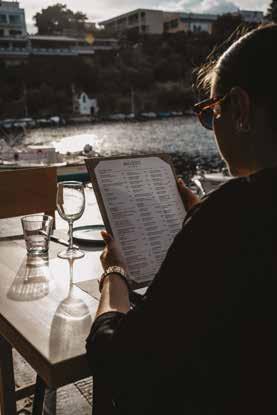
At “Mitato”, by the lake of Agios Nikolaos, Crete, you will feel from the first moment, the warmth of being welcomed and the Cretan hospitality. Just as it would happen in a real “mitato” (a type of lodging found in mountainous settlements in Crete). Διεύθυνση:
Address: 18 Omirou Street, Agios Nikolaos, 721 00 Telephone: +30 2841 025205
INSTAGRAM @mitato_agios_nikolaos
FB Mitato Agios Nikolaos Restaurant mitatocrete@gmail.com
INSTAGRAM @mitato_agios_nikolaos
FB Mitato Agios Nikolaos Restaurant mitatocrete@gmail.com
The “Wall of the Festival”, where every year new “tiles” are added, creations of the participants of the events.
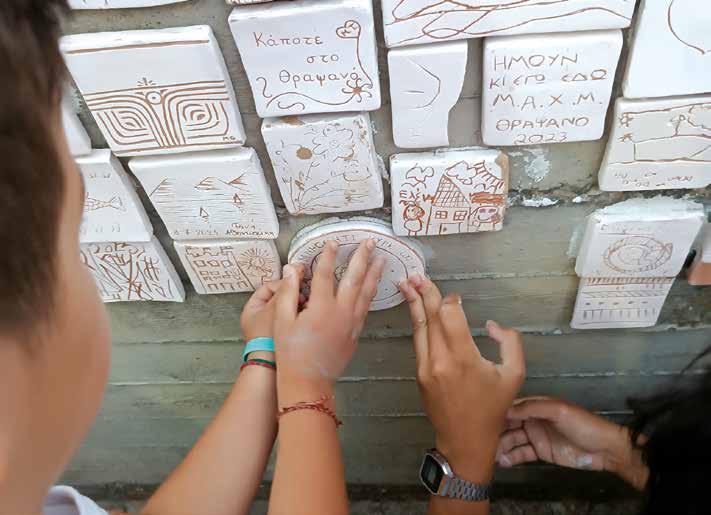
Thrapsano people to travel across Crete, setting up workshops in areas with fertile soil and close to distribution centres. The «vendema from Thrapsano» dates back to the mid-17th century, but indirect archaeological evidence suggests that travelling potters existed during the Minoan period”. This practice of seasonal travel came to an end in the late 1970s as times and needs changed, and industrialisation became more prevalent. However, despite the reduction in demand, production in Thrapsano never stopped.
One basic characteristic of the potters of Thrapsano is that they pass their profession down from father to son. Mr Christakis adds: “The knowledge and skills required for every stage of the process, from collecting the raw materials to firing the pots and distributing them to market, are passed from one generation to the next. This experience is developed over time through dialogue between the potter and their environment and society. Nowadays, the potters of Thrapsano are enriching their art with new ideas, knowledge, and feelings, which they will pass on to the next generation”.
Even today, a specialised technique dating back to Minoan times is required for the construction of large vessels. Large pots are made up of about six separate sections, called “stomosies”. The craftsman starts by making the base of the pot on the wheel. Once it is completely dry, he moves on to the next “stomosia”. This process is repeated until the entire pot has been formed and transferred to the kiln for firing. WAVE Ο
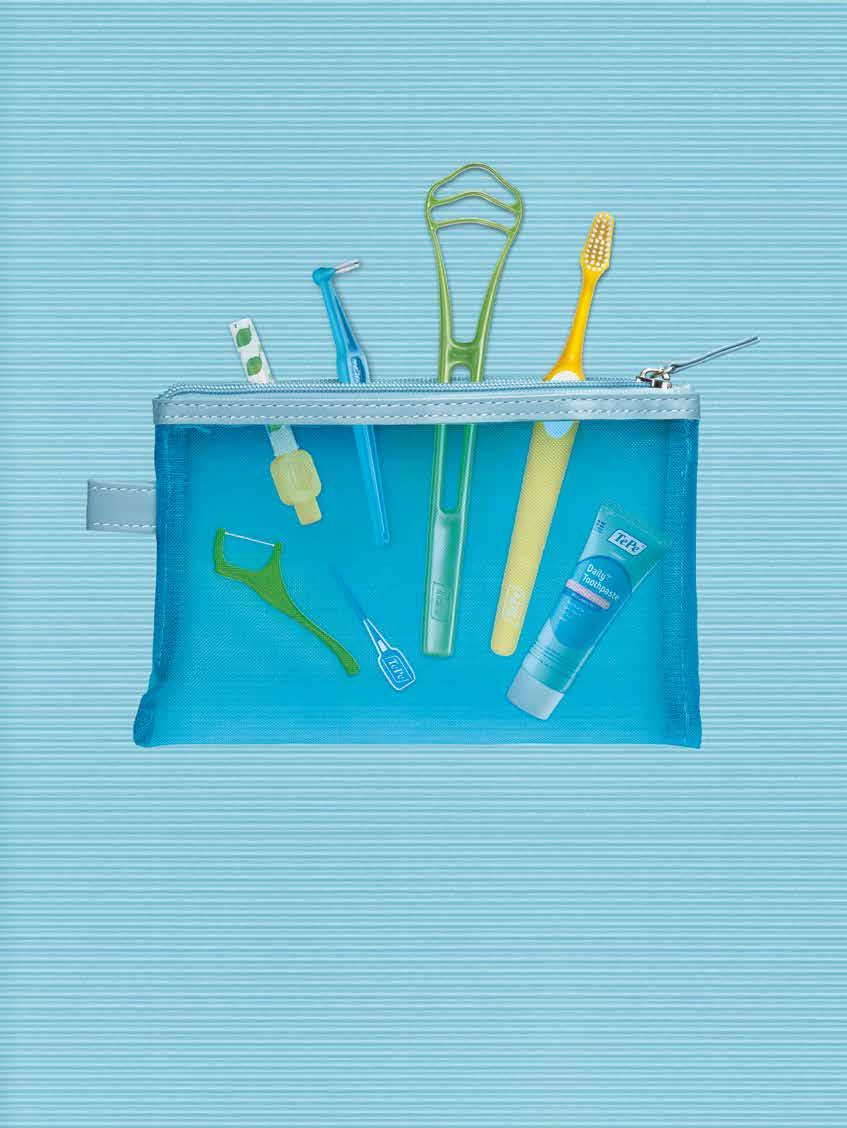


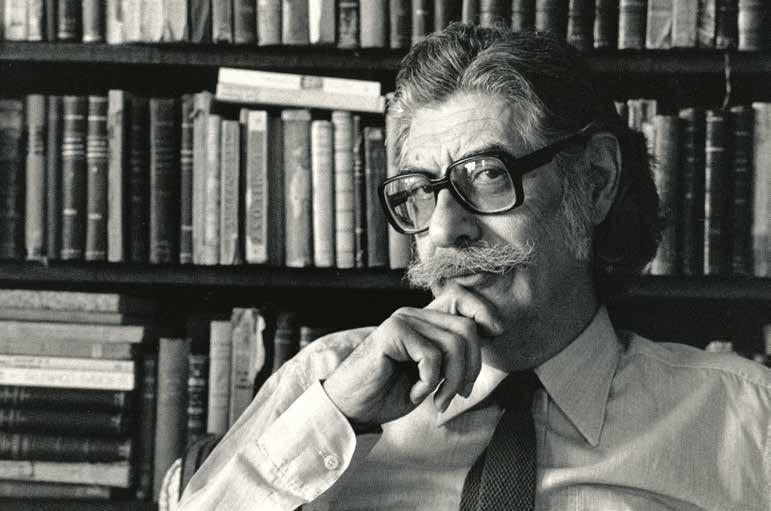
THE COMMUNITY OF ROUSTIKA IN RETHYMNO INVITES US TO A TWO-DAY EVENT CELEBRATING THE 100th ANNIVERSARY OF THE BIRTH OF THE CRETAN POET MANOLIS ANAGNOSTAKIS.
Κnown for his morals and his critical discourse, consistent in his principles but anti-dogmatic, award-winning but above all modest, Manolis Anagnostakis is no longer alive, but his work continues to move and touch readers even today.
Manolis Anagnostakis was born in Thessaloniki in 1925 to parents of Cretan descent. He studied medicine at the Aristotle University of Thessaloniki, specialised in radiotherapy and worked as a doctor until 1988. He became involved with poetry from a very early age -his poetry collections, essays and anthologies established him as one of the most notable poets of the First Post-War Generation. His work has been recognised with the publication of 25 books of studies and the same number of tributes in literary magazines. His poems have been translated into many languages and his work is taught in secondary schools and at universities in Greece and abroad. In 1995



Manolis Anagnostakis Street in Roustika. Below: The inner courtyard of the Anagnostakis Centre.
he was honoured by the President of the Hellenic Republic with the grade of Commander of the Order of the Phoenix. In 1997, he was awarded an Honorary Doctorate by the Department of Philology at the Faculty of Philosophy, Aristotle University of Thessaloniki. In 2001, he received an award for his body of work from the Kostas and Eleni Ourani Foundation of the Academy of Athens, and in 2002, he was presented with the Grand Prize of Letters by the Ministry of Culture. Roustika, in Rethymno, has the privilege of hosting the “Anestis and Manolis Anagnostakis” Cultural Centre and Library (also known as the Anagnostakis Centre), which is housed in the ancestral home donated by the poet to the community in 1985. High-quality events are held in the beautiful square of the Venetian-style village every summer. To mark the 100th anniversary of the poet’s birth and the 20th anniversary of his death on 23 June 2005, the two-day celebration includes:
-Sunday22June:AmusicaleveningfeaturingAnagnostakis’spoetry set to music, taking place in Panagia Square. The event is organised bytheMunicipalityofRethymnoandcuratedbyMariellaVitorou.The eveningwillbeprefacedbythepoet,criticandbibliographerDimitris Daskalopoulos,foundingmemberoftheFriendsofthePoetSociety.
-Monday23June:Organisedpresentationsoftheexhibitions“Manolis Anagnostakis: Poet and Citizen” and “Anestis and the Anagnostakis Family”, hosted by the Anagnostakis Centre, from 11:00 to 19:00. The presentations, which will start on the hour, are organised by the Friends’AssociationofthePoetManolisAnagnostakis,aspartofthe cycleofevents“WetalkaboutManolisAnagnostakis”.Membersofthe publicwillhavetheopportunitytodiscussthepoet’slife,work,origins andcontributionsalongsidescholars,personalfriendsandmembers of the Society. Registration (time, number of people, phone number, address):anagnostakis.om@gmail.com.
-Κυριακή22Ιουνίου:ΜουσικοποιητικήβραδιάμεμελοποιημένηποίησητουΑναγνωστάκηστηνπλατείατηςΠαναγίας,πουδιοργανώνει οΔήμοςΡεθύμνηςσεεπιμέλειατηςΜαριέλλαςΒιτώρου.Τηβραδιά θαπρολογίσειοποιητής,κριτικόςκαιβιβλιογράφοςΔημήτρηςΔασκαλόπουλος,ιδρυτικόμέλοςτουΟμίλουΦίλωντουποιητή.
-Δευτέρα23Ιουνίου:Οργανωμένεςπαρουσιάσειςτωνεκθέσεων«ΜανόληςΑναγνωστάκης:Ποιητήςκαιπολίτης»και«ΟΑνέστηςκαιηοικογένειαΑναγνωστάκη»,πουφιλοξενούνταιστοΚέντροΑναγνωστάκη, από τις 11:00
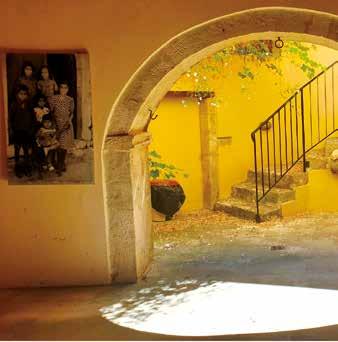




THE BASILICA OF ST MARK IN HERAKLION HOUSES IMPORTANT WORKS BY THE INTERNATIONALLY RENOWNED ARTIST CHRISTOS BOKOROS, PRESENTED IN THE FORM OF A PAINTED NARRATIVE SPECIALLY DESIGNED FOR CRETE.
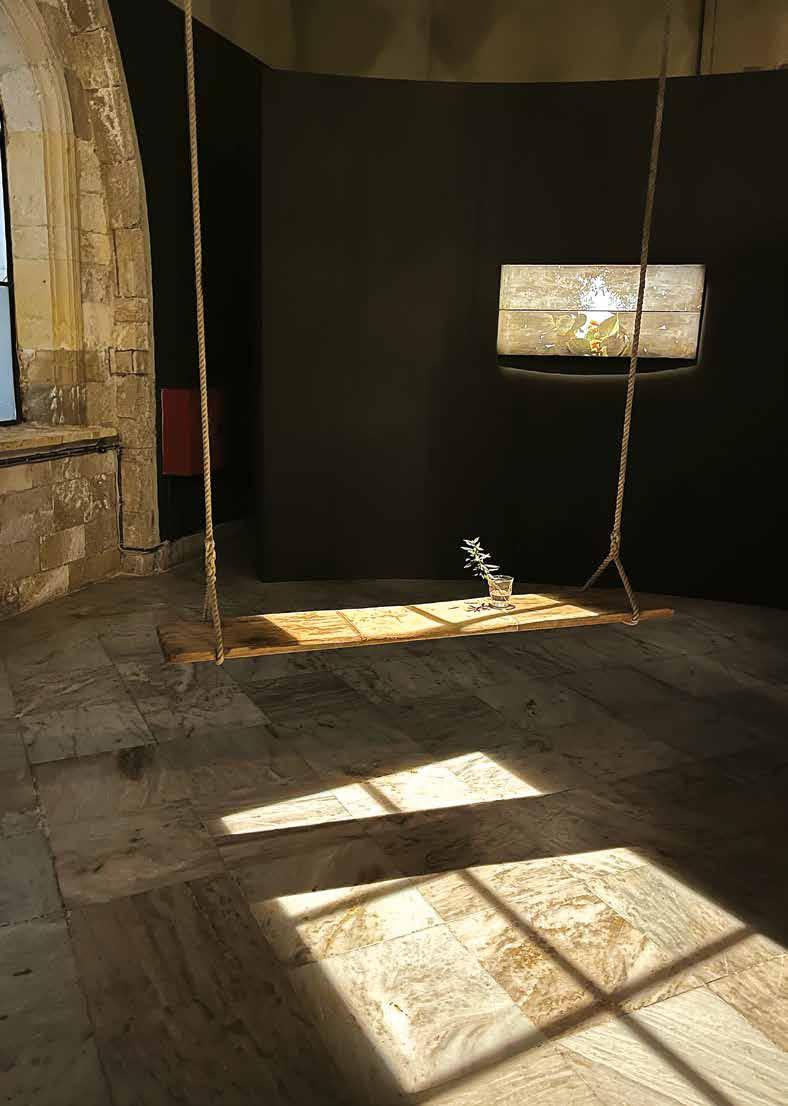
Residents and visitors to Heraklion have the opportunity to admire 58 works by Christos Bokoros, both old and new. The exhibition “Passage to the Light” has been set up with great care to allow the works to interact with the religious character of the Basilica of St Mark, where they are housed.
Through the observation of his work, in the mystagogical environment of the church, the artist shares with the public a personal journey of initiation. Light, which plays a leading role in his works, interacts not only with them but also with the space itself, offering visitors
WAVE

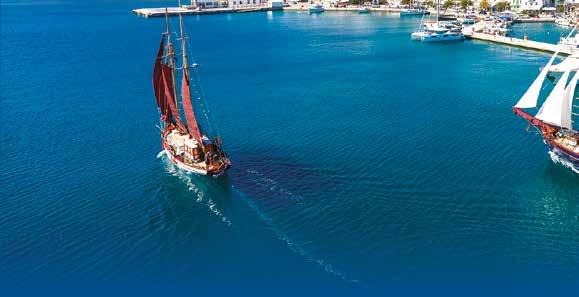
Milos Trips - Unforgettable Sailing Adventures
Embark on an extraordinary journey with Milos Trips, where we curate cruises and excursions that create lifelong memories. As a family-run business with a shared vision to make Milos a top vacation destination in Greece, we continually innovate and add new experiences for our guests.
Full Day Sailing around Milos & Polyegos
• Duration: Approximately 9 hours
Set sail on Thalassitra and Leloudo, exploring Milos’s most stunning destinations. Dive into the crystal-clear waters of Kleſtiko’s hidden caves, stroll through the colorful village of Klima, and relax on the pristine beaches of Kalogries and Gerakas. Discover the breathtaking Sykia Cave and enjoy the best island cuisine aboard. For a unique adventure, hop on a zodiac tour inside Kleſtiko’s caves.

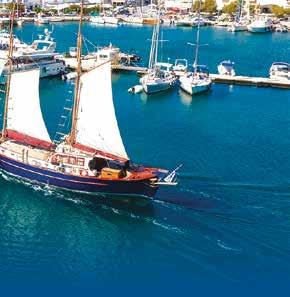
Us
Organize your dream excursion and create mesmerizing memories with your loved ones. Visit our website or contact us to start planning your adventure today.
Milos Trips
www.milostrips.com
T. +30 22877023421
M. +30 6999636264
M. +30 6944636264
info@milostrips.com


Complimentary Second Driver
Unlimited Mileage
Comprehensive Insurance Coverage
Air Conditioning in All Vehicles






Explore Milos with freedom and comfort with Thalassitra Car. Our well-maintained fleet includes compact cars, family-sized SUVs, and adventurous 4x4s, ensuring the perfect vehicle for your journey.


Thalassitra Car
www.thalassitra-car.gr/
T. +30 22870 23422
info@thalassitra-car.gr


an opportunity for reflection. Christos Bokoros said: “It is a great pleasure for me to be in Heraklion, in the Basilica of St Mark, which we have modified to emphasise what it has always been: a temple and a museum, offering the viewer the opportunity to approach the highest, the most important. What that means to each individual is a personal matter. The point is to approach these spaces with respect for the unknown. That is the challenge and the goal: To find the thread that will accompany our path to the light”.
The exhibition “Passage to the Light” was very well received by the public from day one, attracting visitors from all over Crete and beyond. The Mayor of Heraklion, Alexis Kalokairinos, commented: “The work of Bokoros gives life and stimulus. I think it is rare that an art form of such high standards internationally can, at the same time, be a popular event”. The Vice Mayor for Culture, Rena Papadaki-Skalidi, underlines the importance of the work of all those who have contributed to the realisation of this significant artistic event, adding: “The exhibition manages to create emotions and deep feelings. The works of Christos Bokoros are not just exhibited, they are presented in such a way that the Basilica becomes an active interlocutor”.
Award-winning lighting designer Eleftheria Decaux played a key role in the success of the presentation. The accomplished artist explains that her aim was to use darkness to bring out the light in
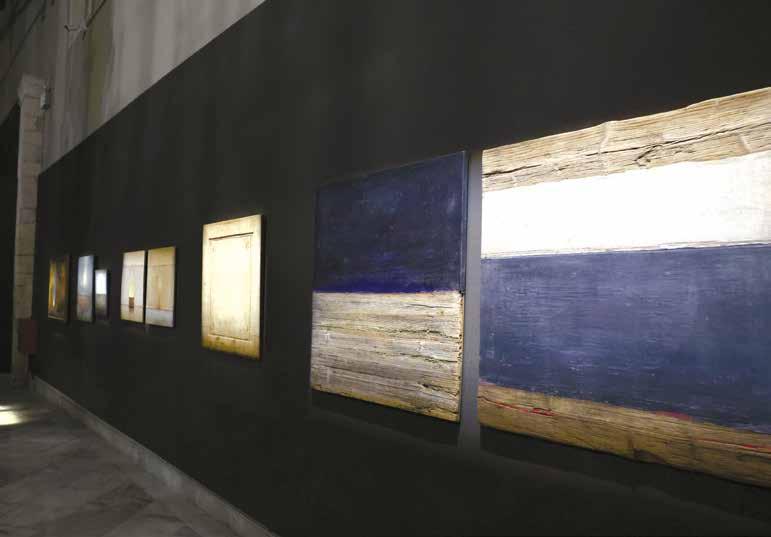
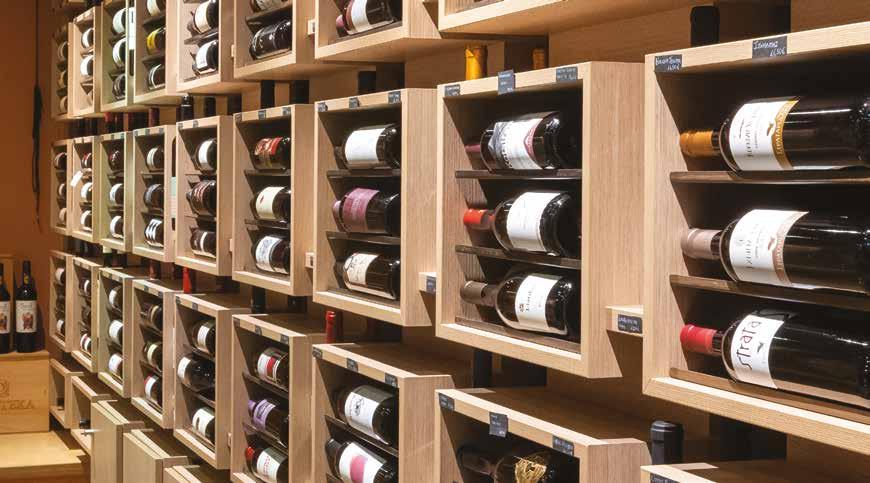
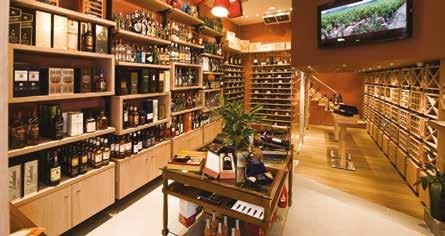

The best wine, is the one you drink with friends
Προσεγμένες
Carefully selected wines from Greek and international vineyards.
The walk-in cellar offers an excellent selection of aged wines, premium labels, rare spirits and delicatessen items. There is a separate tasting area where you can enjoy your wine or fine Italian coffee Attibassi, with its perfectly bittersweet blends. The space can accommodate a small event or a business meeting, and we will take care of you and your guests.
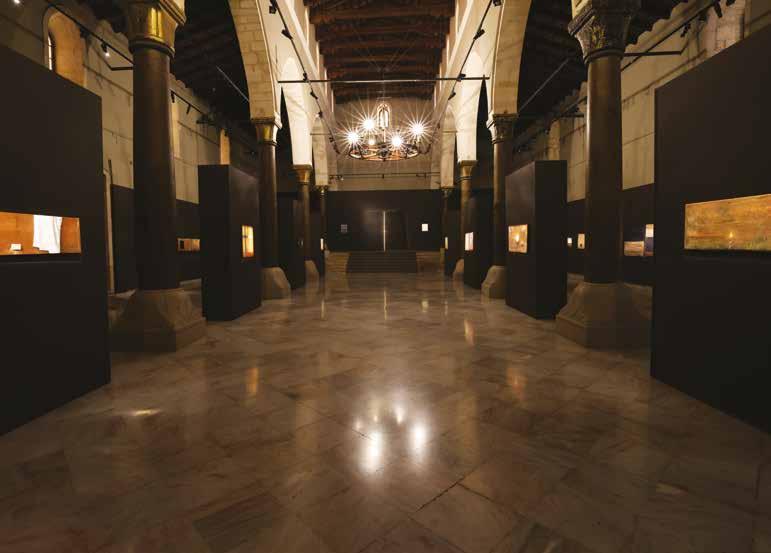
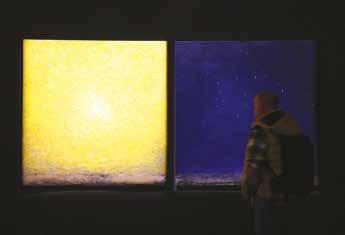
the works, but also to create a sense of mystagog: “Lighting design is not always necessary in artworks, especially those that are selfilluminated like these. So we decided to bring in the darkness so as to let the light of the works shine through. The darkness helps us to find our inner light, but also to create a mystagog, as one feels in a chapel where one enters to pray or to think. We wanted to create this feeling so that the viewers could have a conversation with Christos Bokoros’s work, but also with their inner selves”.
The exhibition runs until the end of June. The catalogue of the exhibition is available in digital form on the website of the Heraklion MunicipalArtGallery,heraklionartgallery.gr.
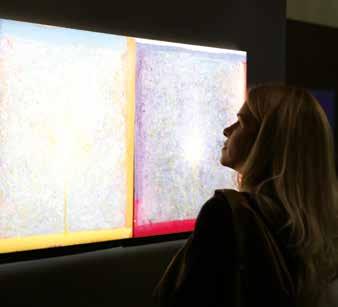

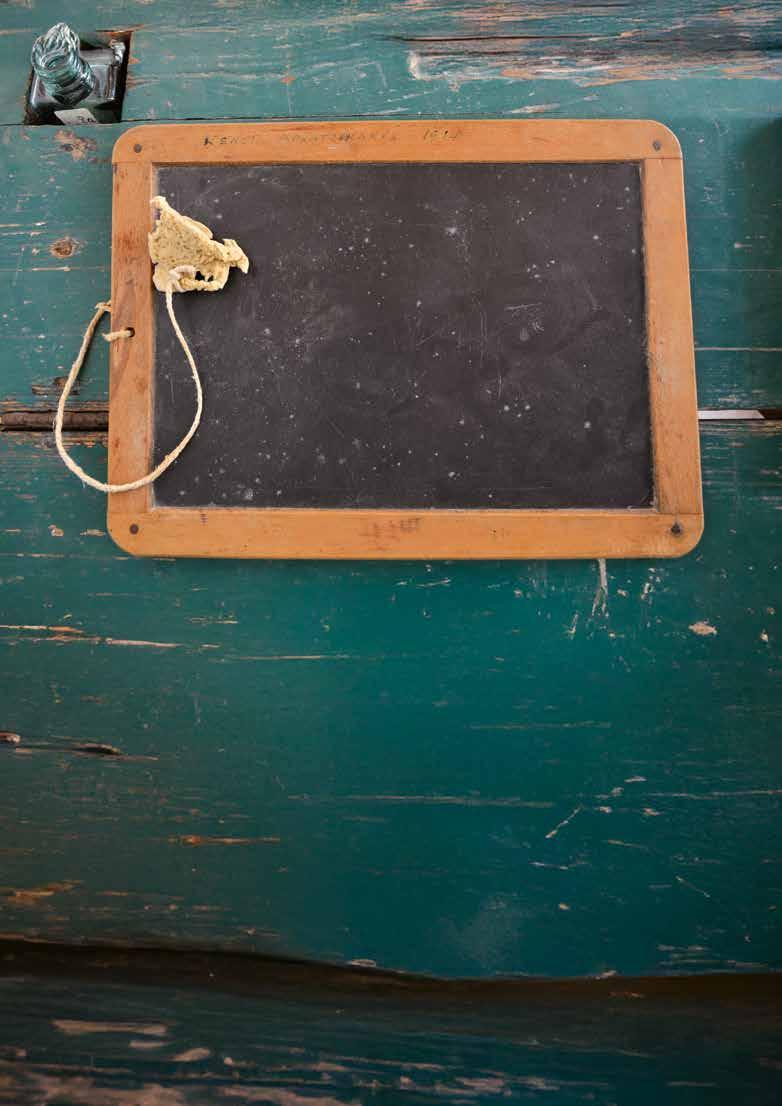
THE FOLK HISTORICAL MUSEUM OF SITIA, A SMALL YET SIGNIFICANT MUSEUM, IS CELEBRATING ITS 50 th ANNIVERSARY THIS YEAR. WITH ITS INTERESTING EXHIBITS OF RURAL AND URBAN LIFE FROM THE LATE 19 th AND EARLY 20 th CENTURIES, IT PRESERVES MEMORIES AND KNOWLEDGE FROM THE PAST FOR THE FUTURE, ALL THE WHILE PRODUCING CULTURE IN THE PRESENT.
The Folk Historical Museum of Sitia was founded in 1975 by the Progressive Association of Sitia “Vitsentzos Kornaros”, a group of intellectuals who came together with the aim of preserving the folk culture of eastern Crete.
The museum, along with its original collection, assembled at that time, moved premises several times before finally settling in its current location: a two-storey urban house built in 1890 and granted to the museum by the Municipality of Sitia in the mid-1990s.
Yannis Maniadakis, the current president of the Progressive Association, shows us around and talks enthusiastically about this “gem” of the city:
“Since the 1970s, our long-standing goal has been to preserve the cultural heritage of the Sitia province through collecting, preserving, storing, exhibiting and promoting material culture items that vividly depict daily life in that era”. The museum’s themed areas host authentic folk creations, including textiles, handicrafts, traditional costumes, everyday objects, folk musical instruments (including an “urban” piano), agricultural tools and other artefacts, as well as representations of specific ensembles: “For example, visitors can see a traditional divan, the raised wooden structure usually found in small rural houses that created a sleeping area for the whole family above and storage space below”. They will also get to see what the traditional cuisine was like, with the fireside, usually located opposite the divan. That was where meals were prepared, where family members gathered to eat and discuss, in front of the fire, on the stools of the low divan.
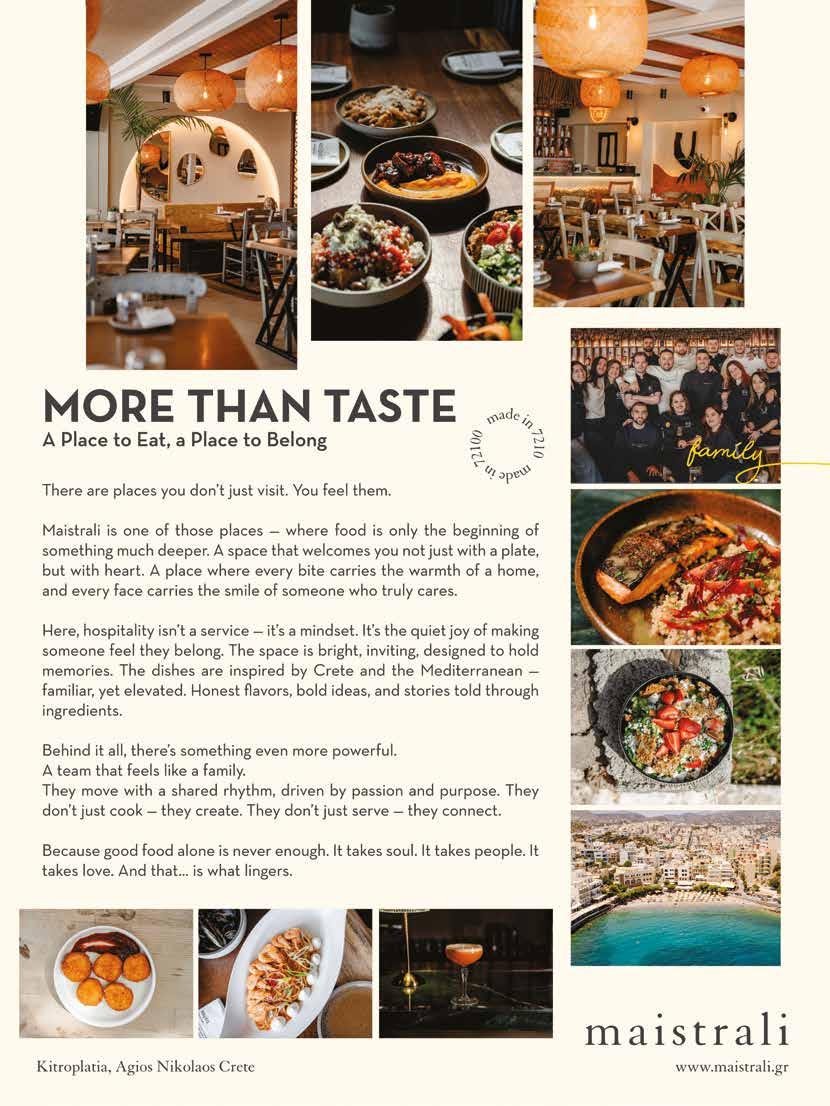
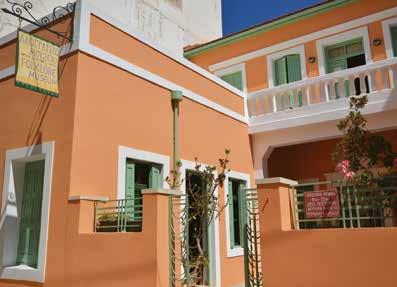

The tour continues through the hall of traditional trades (carpenter, shoemaker, saddler, gunsmith), in the schoolroom and in the “argastiri”, which is the loom room, with all the equipment needed to process materials (sheep’s wool, flax, silk). Finally, visitors can see many objects from the urban homes of the era, as well as black-and-white photographs from the museum’s remarkable collection, which however requires specialised work and financial resources in order to be showcased. As Mr Maniadakis explains, there are many difficulties that the museum faces in order to remain operational: “Apart from the best presentation and documentation, as in the case of the photographic archive, all the exhibits require frequent maintenance to protect them from the effects of time, and this is a major expense that the association’s limited income cannot cover. We are therefore looking forward to receiving grants and donations, as there is much to be done. For example, thanks to a sponsorship, we recently managed to renovate the front of the building”.
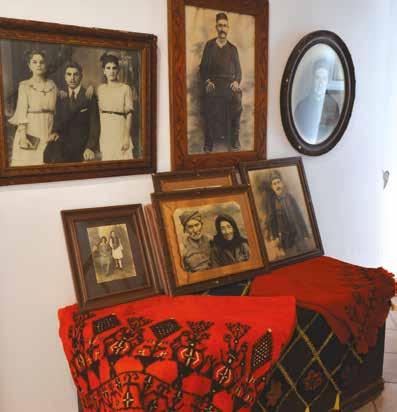
Does the museum continue to accept donations of exhibits in order to enrich its collections? “Of course. In fact, one of our most special exhibits was only recently donated to the museum -an embroidery that was found discarded by one of our fellow citizens! The only thing we know at the moment is that it was embroidered by a Mrs Maria, a refugee from Asia Minor who ended up in Sitia as a young girl after the population exchange”.
In addition to caring for and presenting its collections, the museum is increasingly aiming to pass on ancestral knowledge through traditional arts courses: “Our goal is to ensure that arts such as weaving and embroidery are not forgotten, but are passed on to future generations. This is what we are trying to achieve through our educational initiatives”. For the same reason, there are many guided tours for schoolchildren, as well as art workshops exclusively for children.
In the summer, the museum’s inner courtyard, which can accommodate 100 people, hosts cultural events such as book presentations, film screenings, concerts, lectures and art exhibitions, as well as Sitia Geopark activities. Especially









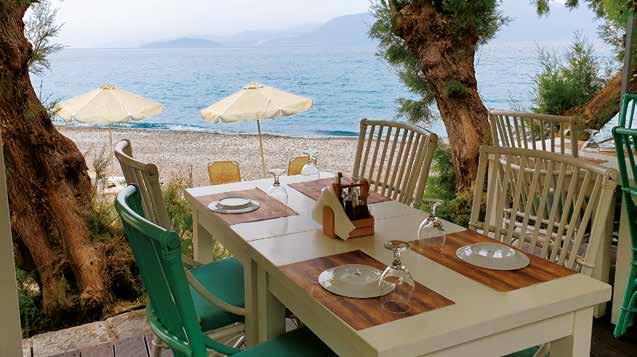
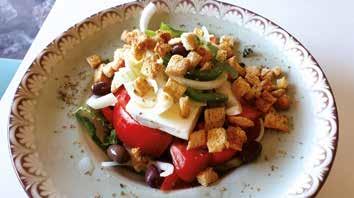
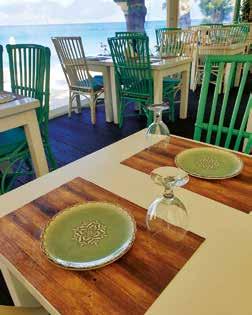
Enjoy delicious meat and seafood on bbq, mama’s cooking of local specialties, an exquisite wine selection and a magical seaside... Family owned, serving with love, since 1978. Your eating place in Agios Nikolaos.
5 Akti Pagalou, Kitroplatia, Agios Nikolaos, tel. 28410 83168
Facebook: FarosFamilyRestaurant
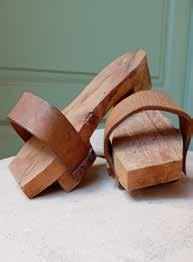
this year, as part of the museum’s 50th anniversary celebrations, a special tribute will be held in honour of its founder, Ms Eleni Daouraki, in recognition of her work. There will also be book presentations by local authors, as well as musical evenings.

Left: Clogs, from the Occupation period.
Bottom right: At the “old school”.
Bottom left: Children’s workshop making Christmas decorations.

















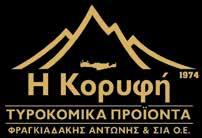

































Korifi - Antonios Fragiadakis & Co GP










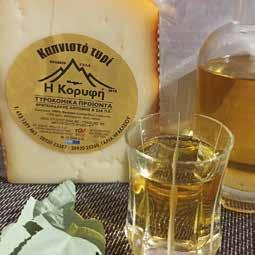




The “Koryfi ” dairy was founded in 1974 by Antonis Fragiadakis in the village of Galia in the Prefecture of Heraklion, where the production of )cheese produce was carried out in the traditional way. In 2006, the facility was upgraded with a state-of-the-art production and standardisation unit. The aim of our dairy is to produce the highest quality products using our innovative equipment. Always mindful of the needs and desires of consumers, our priority is to meet consumer demand for high quality products with high nutritional value for the whole family. We are personally involved in every stage of the production process, so we can be sure of the quality we offer you, continuing the traditions and reputation that our region has acquired over the years.

265, 25th Martiou Street, Moires Tel. +302892025260 • +306945730345
Email: fragiadakiskori @yahoo.gr www.ekori .gr
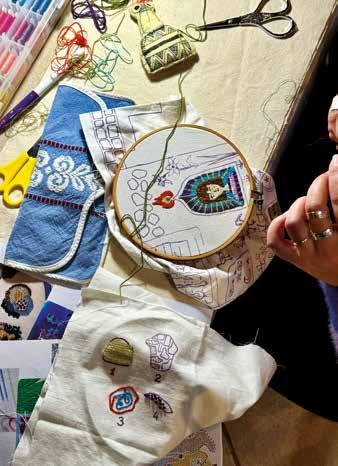
Embroidery workshop “From classic stitch to Art”.
Facebook:
Progressive Association of Sitia “Vitsentzos
Founded in 1933, it is one of the first cultural associations in Greece. Its aim was to improve the intellectual and living standards of the then developing Sitia. In fact, important initiatives were undertaken in the 1950s, such as tree planting, the creation of beach infrastructure, and the construction of roads. Furthermore, it established an archaeological collection which was later donated to the Archaeological Collection οf Ierapetra and the Heraklion Archaeological Museum. It also established the lending library “Vitsentzos Kornaros”, which contains many rare books and was donated to the Municipality of Sitia, forming the basis of the town’s municipal library. Eleni Daouraki (née Anipsitaki, 1922-2009), the founder of the museum and a great lover of tradition, placed particular emphasis on reviving the art of weaving. She collaborated with the town’s last remaining weavers, offering their work for sale at the museum. After extensive study, she wrote the book “Traditional Plant Dyes”.
The Folk Historical Museum of Sitia.
Openinghours:MaytoOctober:dailyfrom10:00to14:00(out-of-hoursvisitsfor groupsbyappointmentonly).Throughouttherestoftheyear,themuseumisopenfor grouptoursandstudentvisitsbyappointment,aswellasforitseducationalactivities.
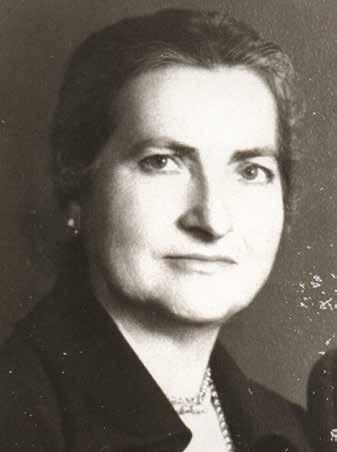







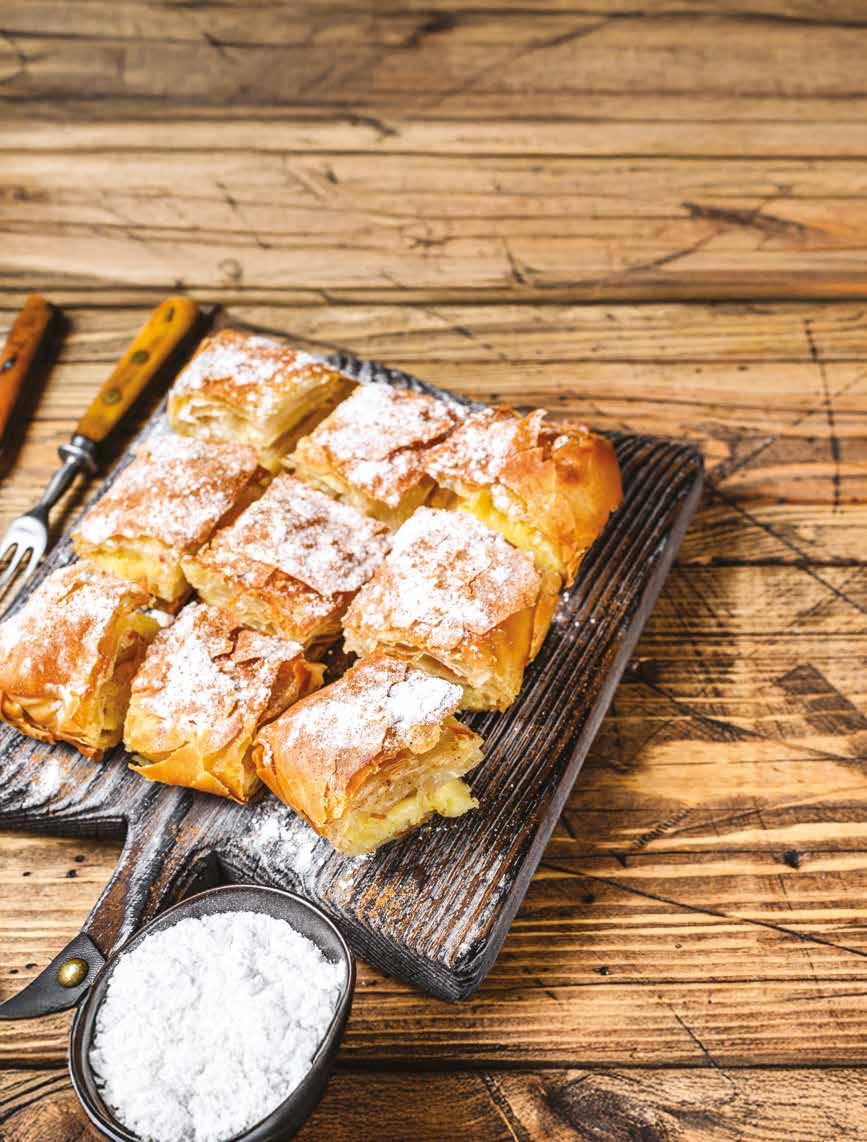





ΚΕΛΥ
Η
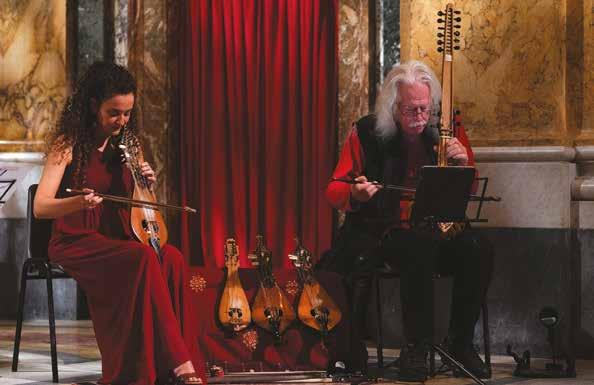
THE VIRTUOSO OF THE CRETAN LYRA, BUT ALSO A COMPOSER WHOSE WORK RADIATES SENSITIVITY AND POWER, TALKS TO US ABOUT LIFE AND THE ENTHUSIASM THAT MUSIC INSPIRES IN HER BECAUSE OF ITS ABILITY TO BRING TOGETHER PEOPLE, CULTURES AND MUSICAL TRADITIONS.
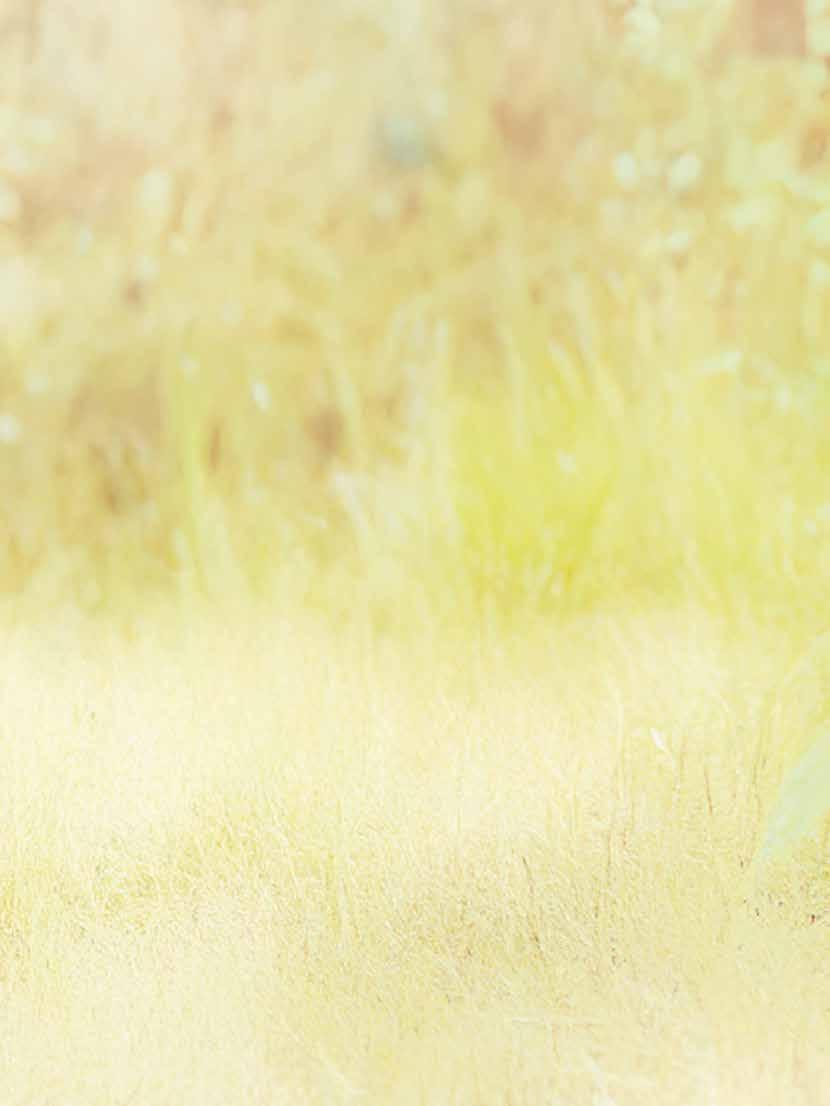
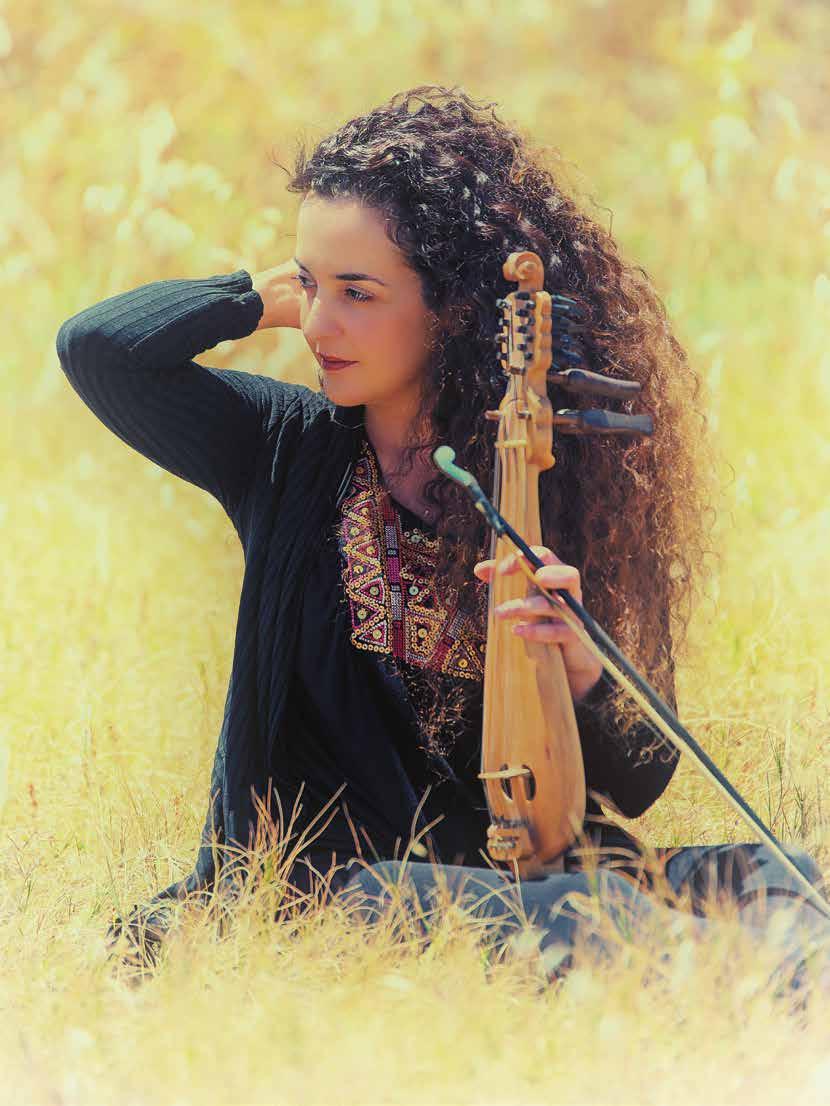
Κάτω: Η Mayu Shviro και
Tokso Folk String Quartet (Κέλυ
Eleonore Billy, Sigrun Eng, Anne Hytta).
Below: Mayu Shviro and Kelly Thoma, a collaboration and friendship that has lasted for years.
Right: Tokso Folk String Quartet (Kelly Thoma, Eleonore Billy, Sigrun Eng, Anne Hytta).
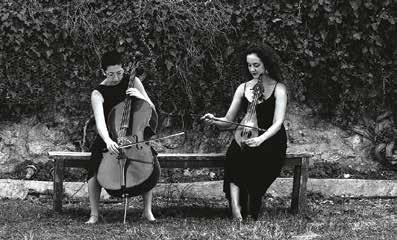
Daylight hours are often not enough. Rehearsing with Ross Daly for the summer concert in Serbia and at the same time organising the teaching material for the tropical music seminar with Efrén Lόpez in Galicia at the end of June. Online meeting with her friends and collaborators from 2008 as the Norway-based string quartet Tokso. Arrangements for a joint performance with cellist Mayu Shviro, with whom she has been playing contemporary modal music compositions for six years. And all this as the preparations for the summer activities and concerts at the “Labyrinth” Music Workshop in Choudetsi Heraklion are at their peak. How demanding, but also exciting, is such a daily routine? Kelly explains: “It all sounds like a lot, but since they have a common core, the process is not only doable, but also enjoyable! The common denominator is the love for music, creativity, exchange and knowledge. I’m just as enthusiastic about preparing for a
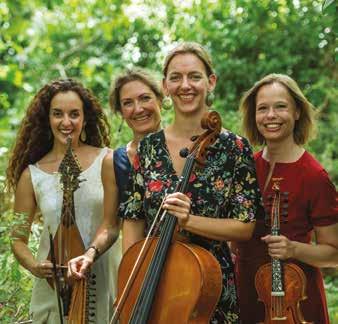
concert as I am about teaching or being taught in a seminar, because it’s all about music”.
Although born in Piraeus, she began playing the Cretan lyra at the age of 17. “My mother was born and lived in Ierapetra, but she also grew up in Athens. So I didn’t listen to Cretan music at all. When I was 15-16 I first heard Ross Daly’s music from a tape. After I wore it out and it stopped playing, I searched for his music in the record shops of the time. A huge musical world began to open up in front of me, which I had no idea existed”. She finally met Ross Daly at one of his concerts at Moschato: “That experience was life-changing. That’s when I said I wanted to be a musician too! It sounds crazy, but that’s how this journey began, in an instant. What I felt then is still with me today; it gives me courage, enthusiasm
and inspiration. That’s why I think it’s so important to play live and share music lovingly. Music has the power to change your life. Music -not us musicians! We just serve it”.
Soon after, she began Cretan lyra lessons with Ross Daly while studying English Literature at the University of Athens and dance at the “Rallou Manou” Professional Dance School -she has been doing classical and contemporary dance since the age of six. “I had already been learning the lyra for 1-2 years, so it all snowballed. Exams at university, 7 hours a day at «Rallou Manou», syrtos and semai rhythms with Ross -madness! I graduated from both schools with great effort, although my interest in dance as a career perspective gradually faded. It was not the same with music, where inspiration and stimulation are endless and learning never stops”.
She soon joined the “Labyrinth”, where she performs, teaches at the summer seminars and travels the world for concerts and
Bijan Chemirani,
Eleanna Papanikolopoulou, Bijan Chemirani, Aris Kornelakis, Kelly Thoma, Nikos Papaioannou, Pavlos Spyropoulos, live at the “Labyrinth”, 2021.

collaborations: “The Labyrinth Music Workshop is a huge asset in the lives of thousands of people. As pompous as it sounds, it’s true! I don’t think there are many musicians of this particular genre who have not participated in the «Labyrinth», either in Crete or in one of its 6 branches, in Spain, Italy, Cyprus, Belgium, Canada, Boston. This project may be led by Ross Daly, but he will be the first to tell us that it is a collective achievement, owned by all those who wish to participate and who see musical education as something that never ends. Teachers become students and students become teachers. This is a philosophy I share. Sometimes I participate as a student, sometimes as a teacher, sometimes as a composer and sometimes as a musician in concerts of other composers or traditional repertoire. Always with the same love and enthusiasm”.
Με
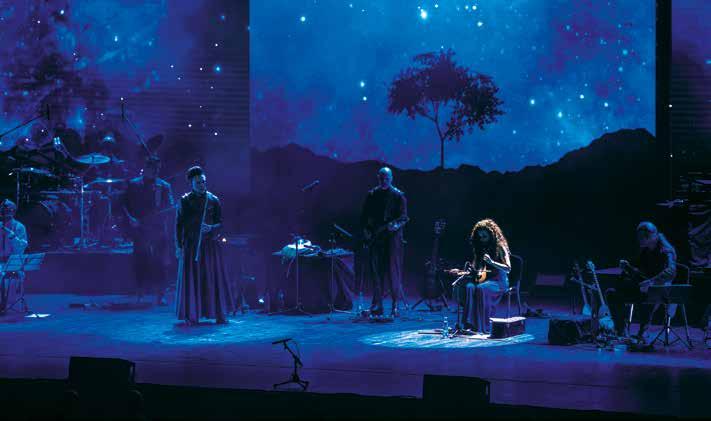
Balkanopolis
Slobodan Trkulja, Sava Center, Βελιγράδι, 2025.
With the group Balkanopolis by Slobodan Trkulja, Sava Center, Belgrade, 2025.
Chemirani, Pedram Khavar Zamini, Dhruba Ghosh,
Zohar
Kelly plays the Cretan lyra with sympathetic strings, a type of lyra invented by Ross Daly and built in collaboration with luthier Nikolaos Brass in 1991, and now played by hundreds of musicians around the world. “It is played in the same way as traditional music, but its special sound has led to the creation of a new repertoire, contemporary compositions influenced by old sounds and various other musical traditions besides Cretan. Of course, this instrument also plays the old, traditional material, creating a new sound”. Is that how she would describe her own music? “Yes, although it is difficult to describe what you do when it is not clearly categorised in a particular genre. Technically, I would say that my music uses melodic and rhythmic elements from various classical and folk music traditions, from Crete, India, Turkey, Persia, Scandinavia, which I have assimilated over the years. Through my own code and the way I perceive them, I incorporate them into new «stories» that I share with other musicians so that we can tell them together”. άλλοτε
She has performed in major concert venues and festivals around the world, playing with renowned musicians of various traditions: “I have had the luck and pleasure to work with the Trio Chemirani, Pedram Khavar Zamini, Dhruba Ghosh, Giorgos Xylouris, Giorgis Manolakis and many others. Collaborations define us as musicians and as people. I wouldn’t be the same if the great percussionist Zohar Fresco hadn’t embraced the compositions on my first album with such love, if the multi-instrumentalist and great composer Efrén Lόpez hadn’t given me his instrumental ideas and aesthetics, if I hadn’t collaborated with the musicians from Tokso, who have added Scandinavian influences to my music. We’re interconnected. We meet, we part, we meet again and we are influencing each other”.
E-mail:
● Family owned since 1988 ● All types of electrical equipmen
● Electrical installations ● KNX Automation ● Lighting study
● Issue of Licensed Electrician Certification
Address: Pera Triovasalos, 84800, Milos. Telephone: +30 2287022955 , Mobile phone: +30 6947695732
E-mail: ilek-fot@otenet.gr


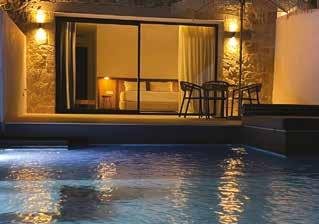

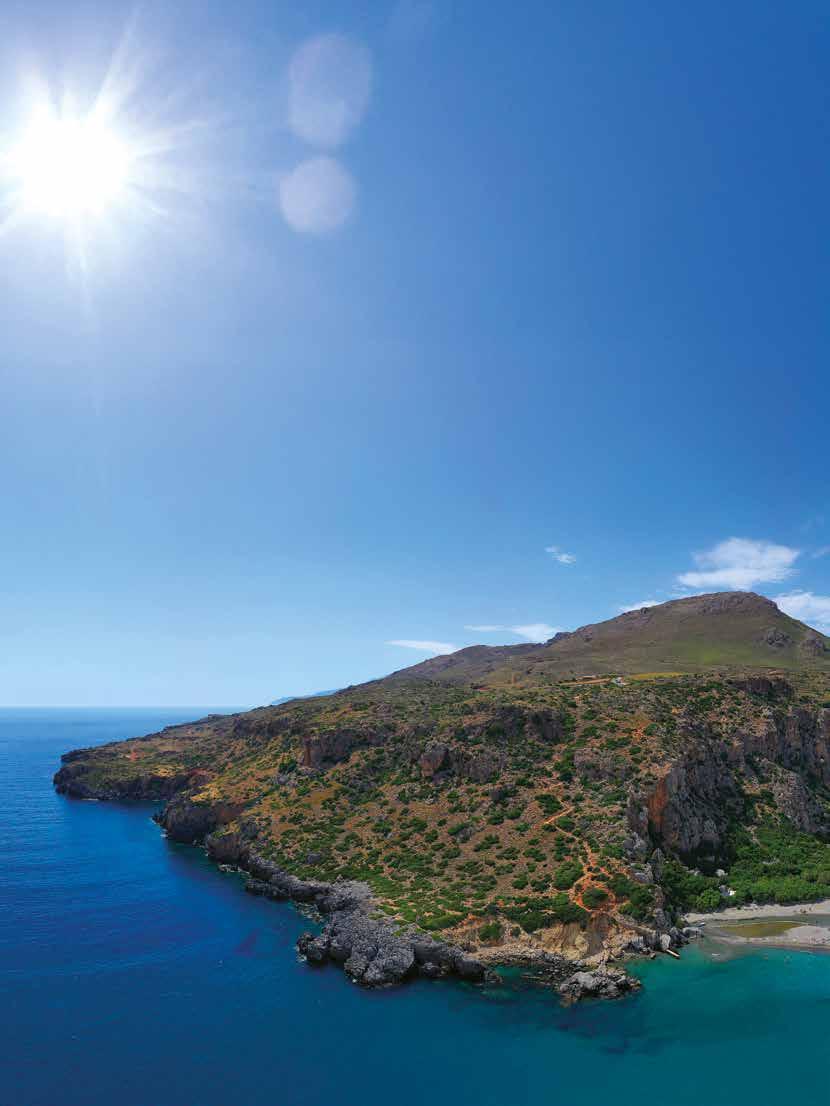
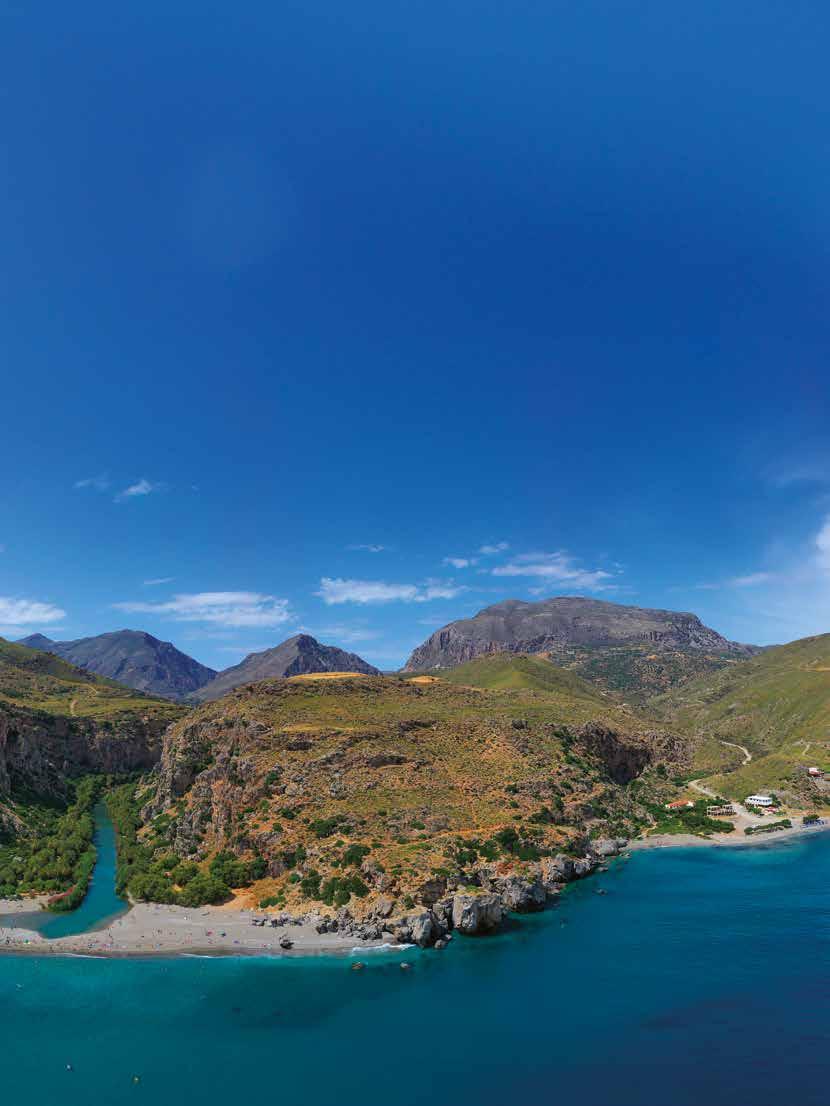
THE COOL WATERS OF THE RIVER MEET THE SALTY WATERS OF THE LIBYAN SEA AGAINST A BACKDROP OF ROCKY SLOPES. WELCOME TO THE STUNNING KOURTALIOTIKO GORGE, WHICH LEADS TO THE MAGNIFICENT PREVELI BEACH.
Αmagical place in the heart of southern Crete that is well worth a visit! The wild gorge merges with the serene waters of the Libyan Sea, where Preveli Beach lies, and the rare beauty of the palm forest creates the impression of an exotic, faraway destination. This area is protected by Natura 2000 Network and attracts thousands of visitors each year.
The Kourtaliotiko Gorge is one of the most impressive gorges in Crete. It starts from the plain of the village of Koxare. Its steep, high cliffs, which reach up to 600 metres, are home to rare bird species such as hawks, vultures, golden eagles and Spizaetus hawkeagles, often seen soaring overhead. The Kourtaliotis River, which flows through the gorge from the plain of Agios Vasilios, creates small waterfalls and natural pools with crystal-clear water, inviting the more adventurous to take a refreshing dip. Every step reveals another part of this heavenly place. The coolness you feel and the sound of flowing water create a unique atmosphere. According to tradition, strong winds create a whistling sound as they pass through the hollows of the rocks, which resound like “kourtala” (rattles), hence the name.
The narrowest and darkest part of the Kourtaliotiko Gorge features an impressive waterfall. According to Cretan Beaches, this waterfall
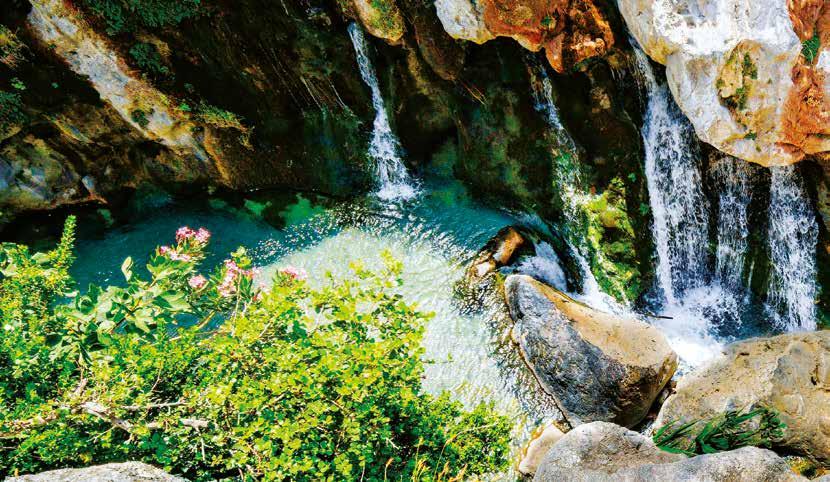
“has the largest and most consistent flow of all in Crete”. Although the gorge is dry in summer, a few metres up, the springs suddenly create a rushing river that flows into the famous Lake Preveli. It forms just below the chapel of Saint Nicholas Kourtaliotis, i.e. at the point where the five large springs gush forth, which “according to tradition were miraculously created when the Saint touched the rock with his five fingers”. To get there “you have to swim backwards in the very cold water for a few meters. One can also see the waterfall from the bridge next to the Church of Saint Nicholas, but the view from above pales in comparison to the awe one feels standing below”, the website notes.
The Preveli Monastery, located on the southern coast of Rethymno next to the Kourtaliotis River, consists of two complexes: the coastal St John the Theologian (Rear) complex, and the St John the Baptist (Lower) complex, which is located further north. According to the Digital Cultural Routes in Archaeological Sites and Monuments of the Regional Unit of Rethymno, the monastery underwent significant development during the 18th and 19th centuries, when most of the buildings were constructed. During the Second World War, the monastery was used by the Allies as a point of escape to the Middle East.
The monasteries are definitely worth a visit. The St John the Theologian complex is built on a rocky slope. The double temple, built in the 1830s, replaced the original single-room katholikon (main
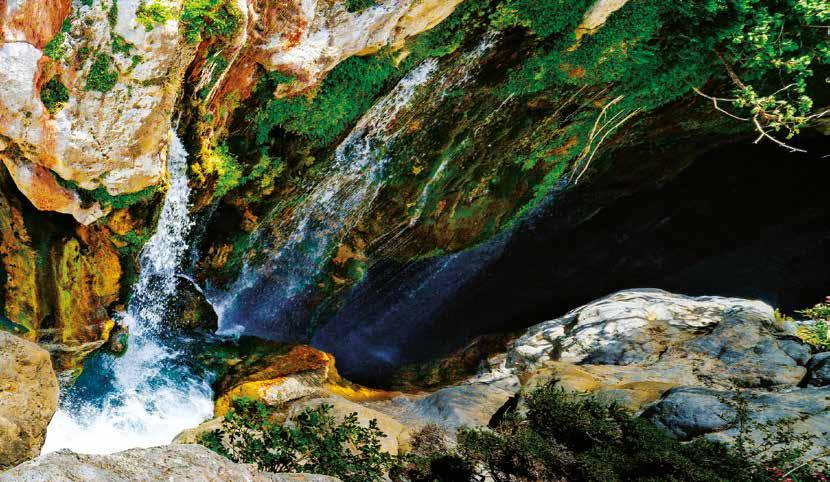
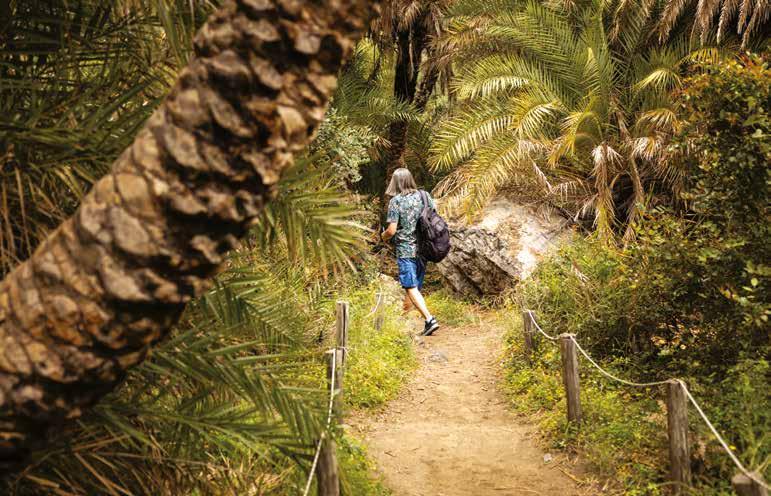
temple). The complex of St John the Baptist is located near the stone bridge of Kourtaliotis. The monastery’s buildings also date back to the 18th and 19th centuries, and they are arranged irregularly around a central courtyard.
The descent of the gorge is an exciting route. No special equipment is required, but you should definitely wear well-fitting sports shoes that are not waterproof, to allow water to escape. It’s a good idea to keep your personal belongings in a waterproof bag. Even if you have experience of canyoning, you will still need to be accompanied by a guide -there are several groups offering guided tours. In order to cross the gorge, you will need to purchase a €5 ticket -which was introduced this year. Be prepared to get wet, climb and complete the route in 3-5 hours. In the final few metres where the Kourtaliotis River joins the Megas Potamos (The Great River) and other streams before flowing into the sea, a lake is formed, the ancient name of which was Phoenix. The landscape is dominated by clusters of Phoenix theophrasti palms, named after the father of botany. Although the forest burned down in 2010, it has since returned to its former glory.
It’s magical, eerie and tropical, and there’s a heart-shaped rock at the edge of the beach. It was a hippie favourite in the 1970s for a reason: the overall feel, the effort required to get there and the sense of isolation and total freedom are characteristics that can still be felt today -though not in July and August. The beach is not large, however it attracts many visitors during the summer months, as well as an increasing number of drones in recent years. Either way, it’s one



of the most popular beaches in Crete, and deservedly so. Put on a snorkelling mask and dive into the sea to enjoy its healing powers. The river flowing into it makes it particularly cool.
Even if you don’t go down into the gorge, this is a challenging beach that requires effort to enjoy. The one road comes from Rethymno, heading south to the Preveli Monastery. At the end of this road, you will find a large car park. The path to the beach is relatively steep and takes 15-20 minutes to walk. Bear in mind that the ascent will be even more challenging if you are tired. The second route is an easier path from the nearby beach of Drymiskiano Ammoudi. Of course, there are also caiques from Agia Galini and Plakias that lead directly to the magical Preveli. Along the way, you will have time to enjoy the views of southern Crete and the breeze from the Libyan Sea.
Below: The chapel of Saint Nicholas Kourtaliotis. Opposite page: Kourtaliotis, the palm forest and the beach of Preveli.
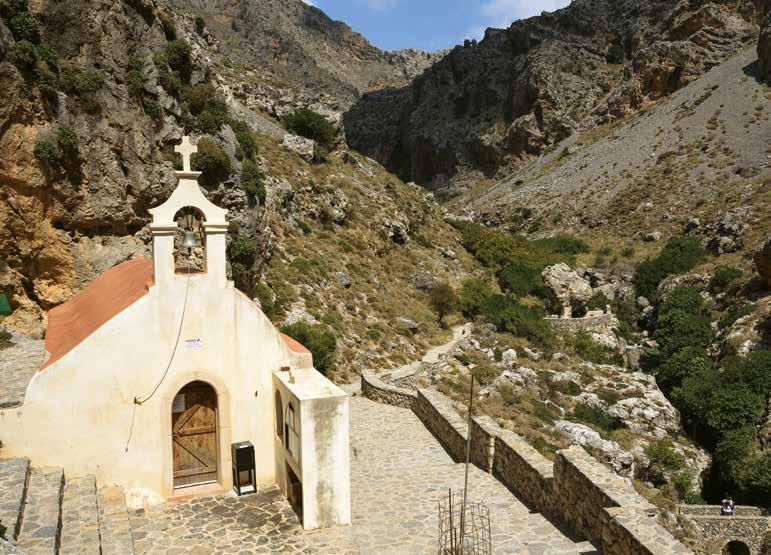
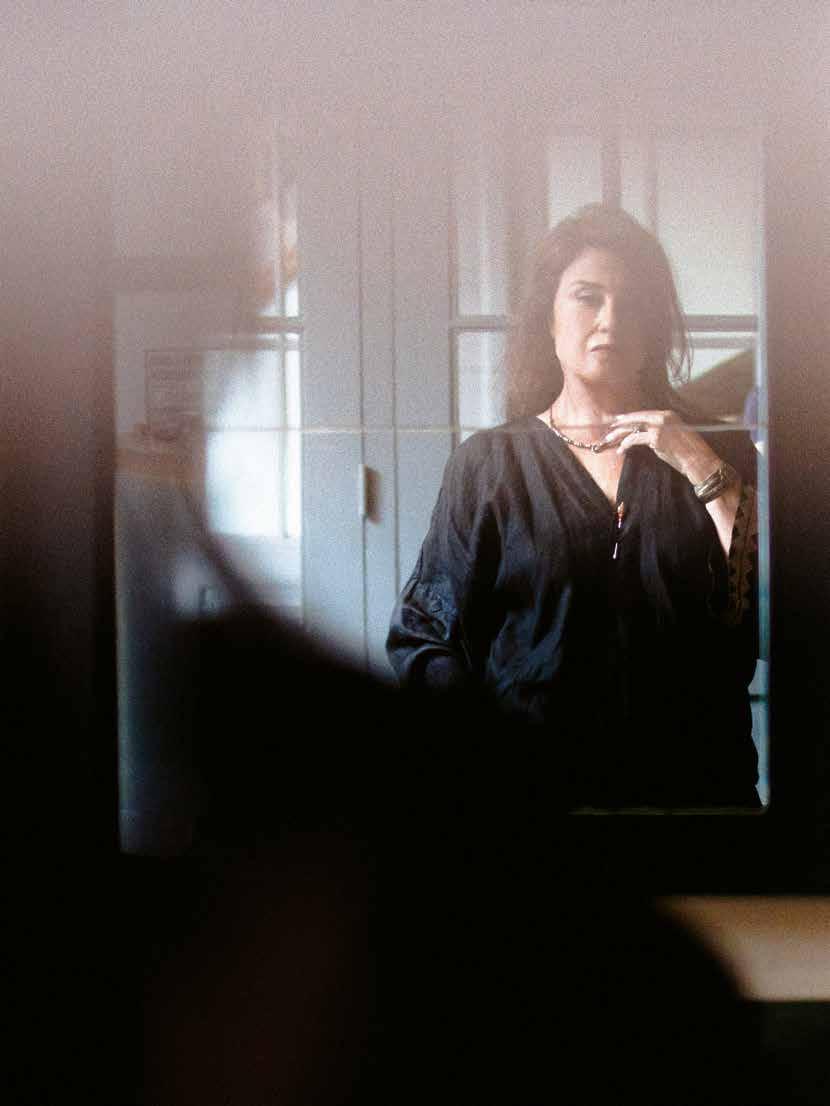

THE BELOVED ACTRESS TALKS ABOUT THE STRONG TIES THAT BIND HER TO HER HOMELAND, HER PLANS FOR THE FUTURE AND THE IMPORTANCE OF LIVING A FULL LIFE IN ORDER TO BE A WELL-ROUNDED ARTIST.
PHOTOS: ANDREAS SIMOPOULOS STYLING:
MAKEUP /
MORPHE
STYLING ANTONIA SKANDALARI
MAKEUP / HAIR: MORPHE
Maria Tzobanaki is an actress who captivates with her imposing presence and talent. Inextricably linked to her native Crete, she has all the childhood memories that make her love life with undiminished enthusiasm. She travels extensively, promoting Greek culture in the USA. During a break from the intense filming of a new TV series, she shared in her own unique way her love for Crete, creativity and the importance of living a full life so that you can bring your precious experiences to every role you take on.
You are one of those actresses whose Cretan origins and timbre are almost intertwined with your name. Tell us about your close relationship with the island. What is it like to grow and breathe the air of such a place?
Crete is destiny. It’s a blessed place, if you ask me. A land in the middle of the sea, a crossroads of civilisations since time immemorial and a region that has nurtured gods and royal legislators. I realised early on that this island belonged to world history. It still bears the centuries-old traces of a cultural imprint that unites the peoples of the eastern Mediterranean with the southernmost tip of the Balkan Peninsula. For me, Crete pulsates in the cell of my upbringing, it includes the way I perceive life, the environment around me and the common customs of our people. All this, with tastes, smells and
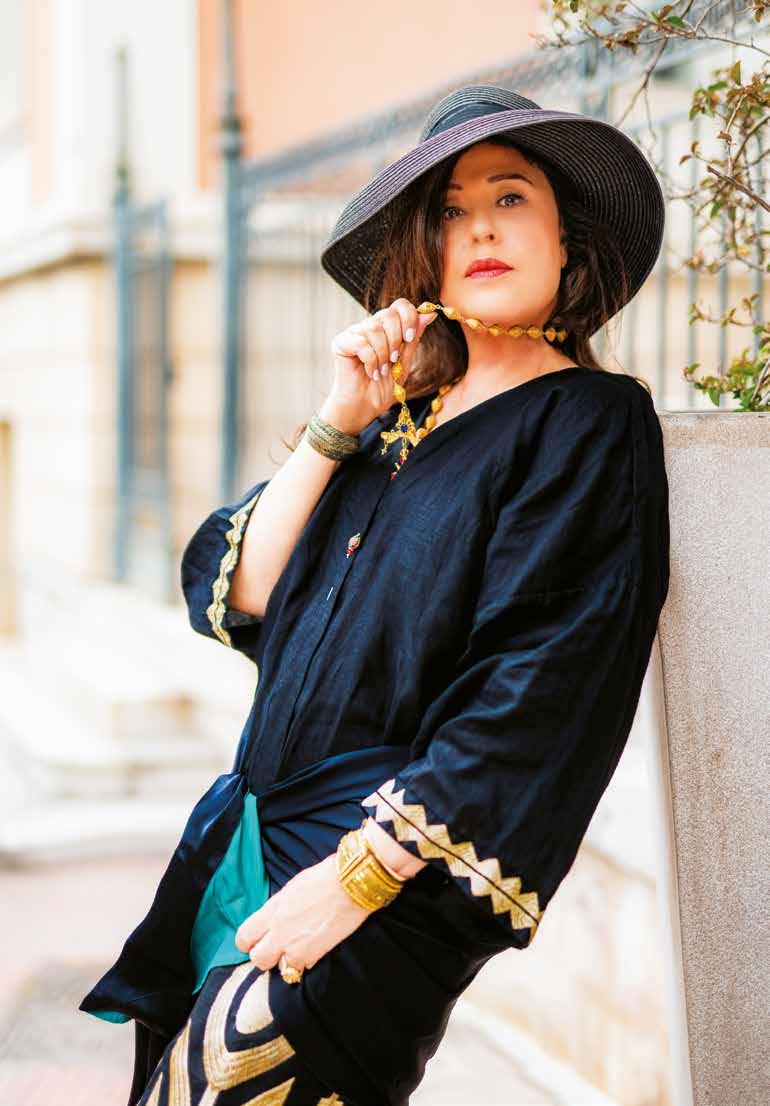
sounds, has built strong in my spirit and soul, my love for people and my faith in the Divine...
What is Crete to you? Do you feel that you are always discovering something new there, beyond the so vital memories?
Crete is my identity. My passport to unite my knowledge of the World with the dawn of my existence. Always returning to the place marked inside as my Homeland. Because mostly, that’s what it is!
Your role in “Sasmos”, the popular TV series on ALPHA, wrote its own TV history in a show that has been loved for three seasons. You have previously said that one of the main reasons for saying “yes” was in order to work with your son, Orfeas Avgoustidis, on television and especially in mother-son roles. What did you gain from this collaboration, but also from the happy coexistence with Orfeas on screen?
Οne of the main reasons was this: to play with my only son, a mother and son part, something very rare. So, I “got to know” my child in a different way, as an excellent collaborator and wonderfully powerful as a professional! Orfeas has qualities that are hard to find, both as a person and as an artist, and I am very proud to be his mother. He is a heartfelt father, a good partner and a wonderful son. I thank God and my good fortune to be his mother. However, “Sasmos” was also for me an offering of the great love and respect I have for my homeland. A testimony of memory and a reverent memorial for the characters of women of my land, which are slowly dying out, as modern life and the “conveniences” of communication have broken down the emotional intensity of our tradition. In the mountain villages you can still see the signs, both positive and negative. The idiom, the sarcastic humour, the wisdom of the sayings of previous generations, all came through Kalliopi’s character, as I had the privilege of personally editing her lines. This is something I will remember with emotion and nostalgia for the rest of my life!

At the moment we find you on shooting. What is it about and what else are you preparing artistically for the new season?
We are shooting a series that will be presented on ALPHA starting in September. It is the adaptation of Lena Manta’s very successful book “The house by the river”. There are about 60 actors and there are many leading roles! I think the quality and aesthetics of this series will appeal to the audience.
Tell us about your involvement with the New York City Greek Festival. What is the philosophy and how important is this cultural fusion?
The NYC Greek Film Festival has two
I realised early on that Crete belonged to world history

pillars: one is the presentation of the art of Greek cinema to New York cinephiles, and the other is the presentation of elements of Greek culture through public activities during the festival. In other words, it is a chariot of Greek culture in the metropolis of the world, presenting contemporary Greek cinema and, at the same time, putting a strong stamp on Greek culture through the parallel events.
Last year, Minoan Lines was one of the valuable sponsors of the festival! So, I am publicly expressing my gratitude with a huge thank you!
I would also like to thank the Karatzis Group and the Vardinoyannis Group for their valuable and generous support!
I’ve been running this organisation since 2018, and I was honoured to have my efforts recognised as a high-achieving project with an international award -Alexandreio- among award winners from across the US, cultural figures, visual artists, philanthropists and politicians

You have said, commenting on the fact that you travel a lot outside Greece for many years and that you are very often in an airplane, that in the end the distances that we think separate us are very relative. Does the feeling of frequent take-offs bring you a different kind of freedom? Should we travel as often as we can?
Think how short a human life is compared to the universe around us as we perceive it! And consider how small our planet is, again compared to the span of the universe. I started travelling when I was very young, mostly alone -95 times out of a hundred. I am fascinated to interact with simple people, to taste the flavours that characterise their culture, to walk in the nature of other parts of the world, to pray in the temples where they also pray, believing in the One God.
I’ve travelled a lot, but I still have a lot of miles to go, I’m not afraid of any obstacles. Only death. For me, this contact with other places has enhanced my knowledge of reality. If you listen to the truth of a people, you will perceive it very differently from
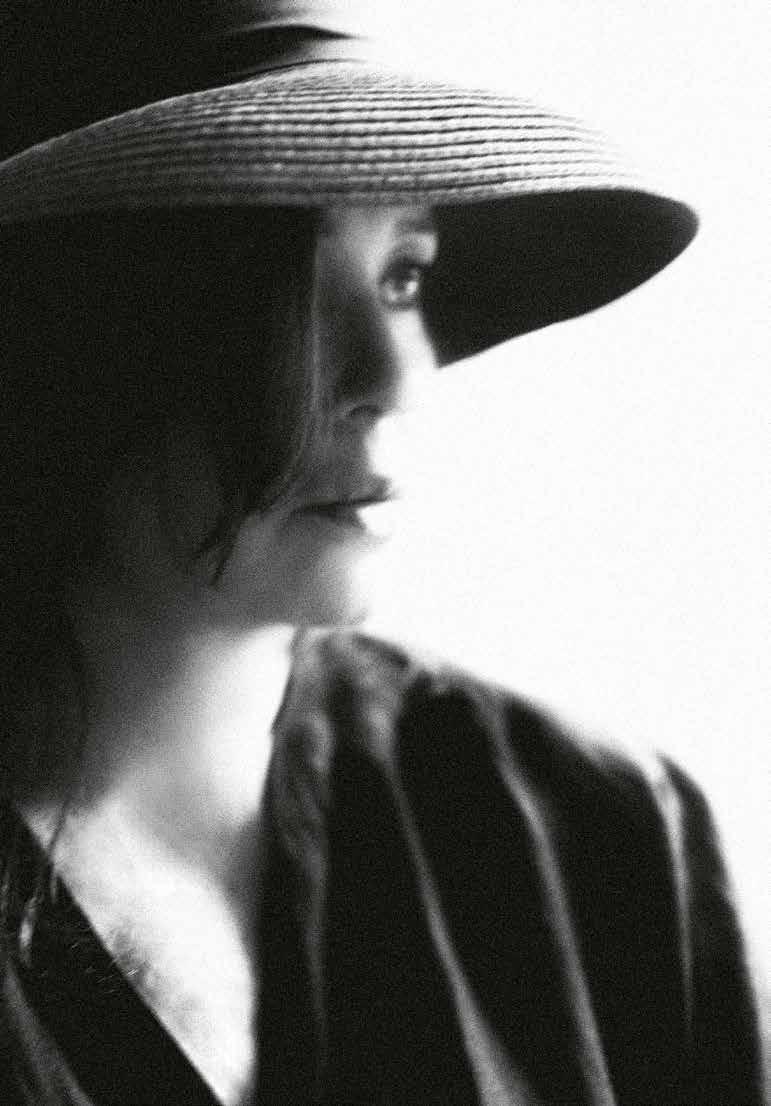
the way it is described by the political debates, the economic expediencies of the few, but, alas, very powerful, and the information that is directed by them.
What threatens the development and survival of peoples and cultures, and a secure future for generations to come, is a handful of powerful people. They prevent people from really communicating with each other and create false needs, rivalries and utopian expectations. Only by understanding the power we all have together, by understanding reality, can we save our beautiful planet and ourselves! Yes! So, what I am saying is: travel! Travel as each of us chooses, in our own way, to lead us to the knowledge of the truth of our lives.
Ultimately, looking back on your career, what do you think is most important? The great roles or the great relationships with colleagues?
For me, life and career are closely intertwined. And my dream career, as I dreamed it, is closely related to art.
If you don’t live a real life, how can you “talk” about it as an actor, playing its manifestations! If you have not established principles that are indisputable in your life as you go through it, how will you perform the virtues and diversions?
If your life doesn’t involve rivers, cliffs and fires from which you were saved because you fought, how will you raise questions in the hearts of the spectators who will see you? I have lived long and much. I am full, but I am still thirsty, because life will never be enough for me, neither will the gift I have been given to play it as an artist.
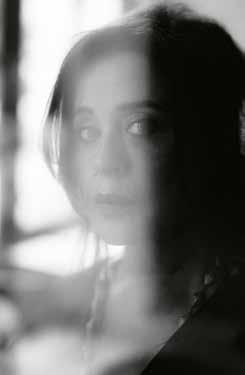
What childhood memory, smell, image or taste of Crete would you like to put in a time capsule so that it will never be lost?
As a taste, the Sunday tables with my parents and siblings, sharing a strong love between us.
As an image, the whole of Crete as seen from the highest peak of Psiloritis at Christ the Saviour, after a sixhour climb for pilgrimage.
As a sound, our mother’s voice in the spring, waking us up one morning of March, shouting with excitement: “Wake up! The swallows are here!”... that’s when we had a mother, and spring, and lots and lots of swallows!
We would like to thank the wine bar-bistro By the Glass (3 G. Souri & Filellinon Str, Stoa Ralli, Syntagma, Athens, 105 57, bytheglass.gr) for the hospitality.
FROM THE MINOAN ERA TO THE PRESENT DAY, CRETE’S LARGEST CITY IS IN ITSELF
A DESTINATION FOR THOSE WHO LOVE HISTORY, COSMOPOLITAN LIFE AND SPECIAL FLAVOURS.
Ιt is no coincidence that Homer makes a special reference to Crete in his legendary “Odyssey”. The natural beauty of the island, the richness of its land and its unique geopolitical position -at the crossroads between West and East- were destined to make it over time the “apple of discord”. Here, where King Minos, the fruit of the mythical union of Zeus and Europa, created one of the most formidable civilisations in human history, a city was founded. First a harbour for the palace of Knossos, then a fortress, it is a place where many peoples have left their mark. It later became Crete’s largest city, Heraklion, which changed hands -and names- many times. A city with many faces and different stories for those who want to discover them.
It was probably named after the mythical hero Hercules, who came to Crete to perform his seventh labour -to tame the wild bull that was destroying the crops. According to Strabo,
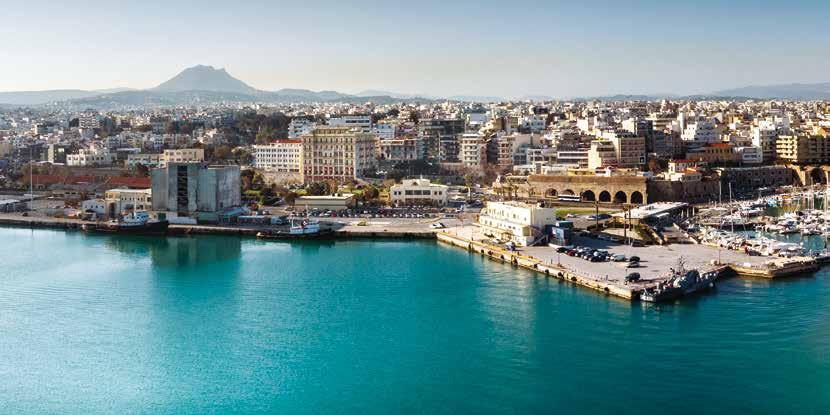
“There is a land called Crete... ringed by the wine-dark sea with rolling whitecaps -handsome country, fertile, thronged with people well past counting -boasting ninety cities, language mixing with language side-by-side. First come the Achaeans, then the native Cretans, hardy, gallant in action, then Cydonian clansmen, Dorians living in three tribes, and proud Pelasgians last. Central to all their cities is magnificent Cnossos, the site where Minos ruled and each ninth year conferred with almighty Zeus himself”.
The Odyssey, Homer, Book 19: 194-203e, Translated by Robert Fagles
Heraklion was the port of Knossos, where the glorious Minoan civilisation developed (3000-1450 BC). Over time, relentless pirates in the Aegean Sea ravaged the coastline, while various peoples tried to take it over. Among them were the Arabs, who founded the Arab Emirate in the 9th century and erected a new city, the Fortress of Chandax, on the site of Heraklion. However, the Byzantines, under Nikephoros Phokas, regained control until the Venetians arrived in 1210 and ruled the city for four and a half centuries. Chandax was renamed Candia and became Venice’s main base in the eastern Mediterranean. The walls surrounding the old town and the Rocca a Mare (Fortress by the Sea) are built in the port or Koules, as it was known by its Turkish name. “Within the magnificent fortified enclosure, the city saw great development in all areas. The wealth and the monumental architecture of the buildings, the economic and social prosperity, the spiritual flowering, the artistic creation had become attractions for thousands of travellers, merchants,

artists, visitors” writes Liana Starida in her book “There was a city...” (Itanos Publication).
The twenty-year siege of the city by the Ottomans, which began in 1648, marked the end of Venetian rule. Heraklion has its name changed again (Kandiye) as well as its character -ancient buildings were transformed into mosques, baths, Turkish houses or even tekkes. The inhabitants of the Fortress-Heraklion, together with Cretans from other parts of the island, rebelled against the Ottomans several times and fought hard for their independence. A will that came true in 1912, when the whole of Crete was united with Greece.
In the years that followed, Heraklion underwent yet another transformation, as successive devastating earthquakes over the years caused irreparable damage to buildings and monuments, while the desire of the inhabitants to eradicate everything that reminded them of the Ottoman occupation, as well as the need for new housing for an ever-growing population, led to the destruction of many old buildings and the rapid rebuilding of the city.


The impressive Morosini Fountain, or “Lions”, is a landmark of the city.
Opposite page: The emblematic Loggia, the Noblemen’s Club of a bygone era, now houses the City Hall.
Much may have changed, but the modern metropolis still retains an air of earlier times and cultures. Walls and ramparts, Venetian and Byzantine churches, Venetian and Ottoman fountains, and narrow alleyways steeped in medieval legend still stand out in this bustling city. In the centre of the city is the Loggia, the former residence of the Duke of Crete and meeting place for other noblemen, with its 82 impressive metopes, galleries and carved coats of arms -a true “jewel” of the city, which was awarded the EUROPA NOSTRA prize in 1987. The Basilica di San Marco, built in 1239 and now the Municipal Art Gallery, also belonged to the Duke, while a little further down is the Morosini Fountain, a work of art with a wonderful sculptural decoration. In the Monastery of Agia Aikaterini of Sinai one can admire great works of Cretan hagiography, such as Michael Damaskinos, while in the Agios Minas Cathedral and in the adjacent small church, with its excellent hagiographies, the visitor is enchanted by the legends of how the Fortress was saved by its patron saint. Walking around the port, you can’t help but admire Koules, the imposing Venetian fortress that protected the city from would-be conquerors and later became a sunless prison. Remnants of the great Venetian walls and ramparts continue to fascinate history and literature buffs -the Martinengo Bastion is the tomb of world-famous writer Nikos Kazantzakis, while the renowned Chanioporta or Gate of Pantokrator is one of the four gates of the Fortress.
To get to know the Minoan civilisation better, a short trip of just 5 km to the palace of Knossos -or even further to the palaces of Phaistos, Malia and Gortyna- is a must. As well as a visit to one of the most interesting museums in Europe, located in the heart of the city, the Heraklion Archaeological Museum, which displays unique finds from different periods brought to light by archaeological

excavations. In the Historical and Folklore Museum, visitors get a detailed picture of the city from Byzantium to the 20th century -and can admire excellent works of the Cretan School, as well as the great Cretan painter Dominikos Theotokopoulos or El Greco. The desk of Nikos Kazantzakis is on display here (as it was in France) -but to get to know the famous writer better, you can visit the Nikos Kazantzakis Museum in the village of Myrtia, 17 km away. Another unique opportunity for visitors to get in touch with the local artistic culture is a visit to the Cultural Conference Center of Heraklion Crete, where classical music recitals, concerts, ballet and contemporary dance performances, opera and theatre productions are presented by local and international world-famous performers -an oasis of culture in Heraklion.
Also, don’t miss out on the Natural History Museum and the stunning CretAquarium -the treasures of Crete’s land and colourful sea are truly unique.
The smell of freshly baked bougatsa in the two well-known bougatsa shops in Lions, with its fluffy cream or delicious cheese, is a tasty temptation that is hard to resist. As you stroll through the pedestrianised centre of the town, where there are no cars, thousands of pleasant smells fill the air: from chochlioi boubouristi (fried snails), Cretan dolmades (stuffed vine leaves), dakos with round barley rusks drizzled with plenty of Cretan
olive oil, steaming sarikopita pies, braised meats, traditional dishes cooked in the pot and seafood sizzling in the pan, or sea urchin salads and squid cooked in their ink with all the aromas of the sea. It is impossible to visit Heraklion and be disappointed by its flavours, confides Fotis, a friend from Athens who now lives in Heraklion most of the time. It is no coincidence that he praises the vibrancy of the city and the variety of activities on offer -walks in the harbour with sailing boats, coffee or a drink overlooking the Koules, strolls along the Venetian walls with the best views of the snow-covered Psiloritis and the city at your feet, snacks in the narrow alleyways where students party until dawn, bars with good Greek music and delicious food. The modern city remains authentically Cretan and at the same time cosmopolitan, with a multicultural cuisine that blends different flavours -traditional Cretan recipes, dishes of Asia Minor origin, recipes from the Venetian occupation and gourmet dishes from chefs who combine quality Cretan ingredients with creative mastery to satisfy the most demanding palates. Together with the most intoxicating notes of local sweet wines, as the heart of wine beats in the excellent vineyards of Heraklion, such as Archanes, Peza and Dafnes. And the evening takes off, enjoying imaginative cocktails in one of the countless bars or nightclubs where the fun goes on until dawn.

The picturesque old port of Heraklion at dusk.
Opposite page: The tomb of the writer Nikos Kazantzakis in the Martinengo Bastion. Το
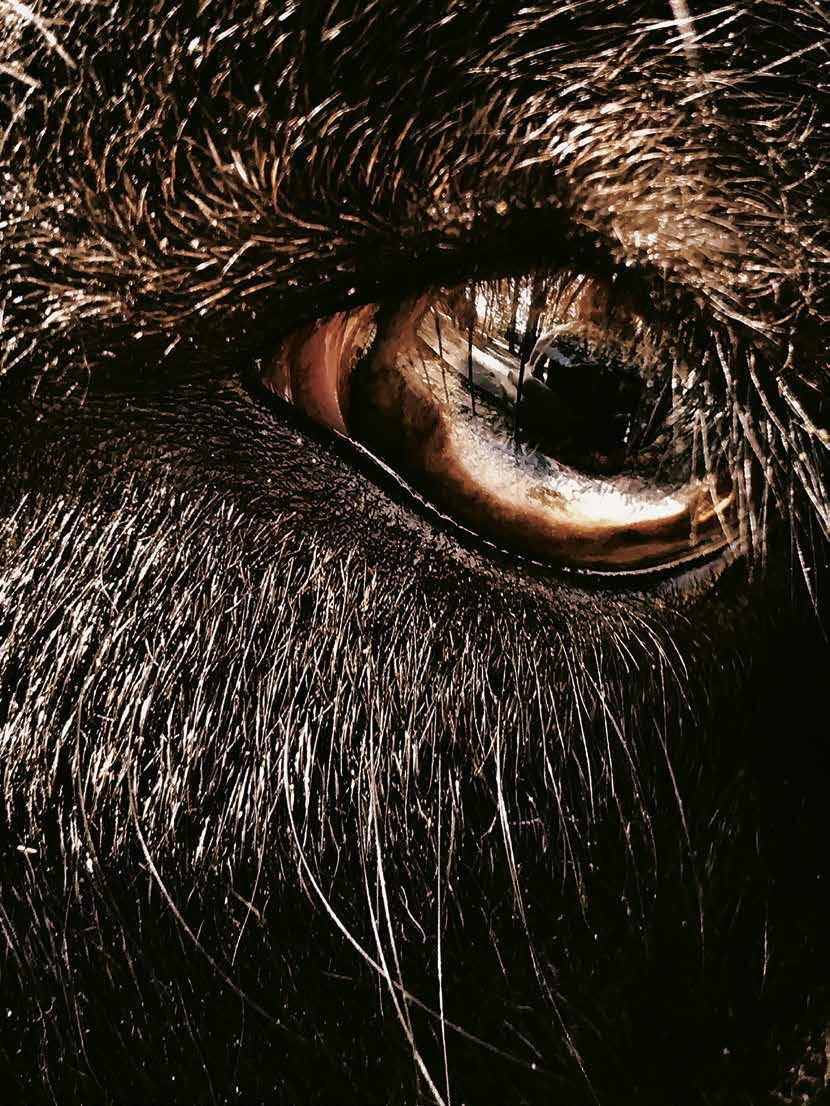
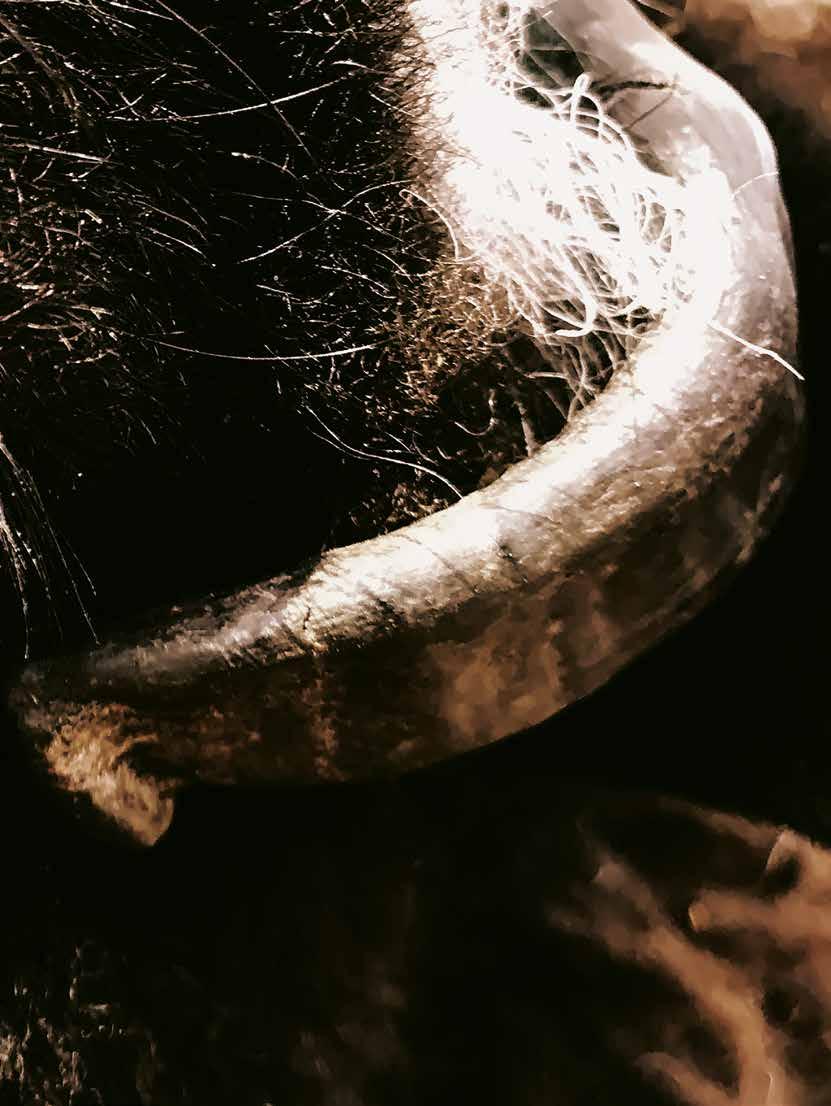
FEARSOME BEASTS PETRIFIED AND TURNED INTO ROCKS AND ISLANDS, SUNLESS CAVES WITH FAIRIES AND DRAGONS, HAUNTED CASTLES, BOTTOMLESS LAKES AND THE GATES OF HADES -THESE ARE SOME OF THE MYTHS THAT THE INEXHAUSTIBLE IMAGINATION OF THE CRETANS HAS SPAWNED OVER THE YEARS.
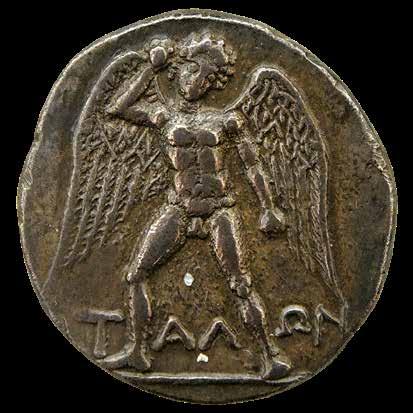
SThe winged Talos is depicted on the Phaistos didrachm (two-drachma coin), 280 BC.
ince Minoan times, Greece’s largest island has been inextricably linked with impressive legends that continue to capture the imagination to this day. The legendary Minotaur, an anthropomorphic monster with a bull’s head, leads the way: he ruled the labyrinth and devoured the young people arriving from Athens as a blood tribute to King Minos. Until he died at the hands of the brave Theseus, who, by unravelling Ariadne’s thread, found the way out of the dark underworld of Knossos.
Εqually terrifying was the bronze giant Talos, the first “robot” of antiquity, who lived in the Talean Mountains of central Crete. His mission was to protect the island -that’s why he crossed Crete three times a day, throwing huge boulders into the sea to deter would-be invaders. Talos was invulnerable, except for the lower part of his shin, where the only vein in his body ran, and where instead of blood there was divine fluid -a pin kept that spot safe. However, the notorious Medea bewitched the giant and pulled the pin, thus killing him -and so the Argonauts were able to anchor in Crete on their return from Colchis.
Despite later interpretations, such as that Talos symbolised the changing seasons, but also the impressive technological development of the Minoan civilisation or that the Minotaur symbolised the immense power of the Minoans, while his killing marked the end of the barbaric custom of human sacrifice, the allure of the legends remains alive and unchanged..
In the shadow of the Asterousia Mountains, 74 km south of Heraklion, in a landscape that combines wild beauty with absolute tranquillity, lies Cape Leo (Lentas) or Kefalas. It takes its name from its shape. Just one look down from the neighbouring seaside settlement of Lentas and you will be amazed by the lord of the jungle. Legend has it that it was one of the lions that pulled the chariot of Rhea, “mother of gods and perishable men”,
The archaeological site of Gortys, the port of which was Levina.
Below: The infamous Minotaur, a 1st century Roman copy of the original 5th century BC Greek sculpture.
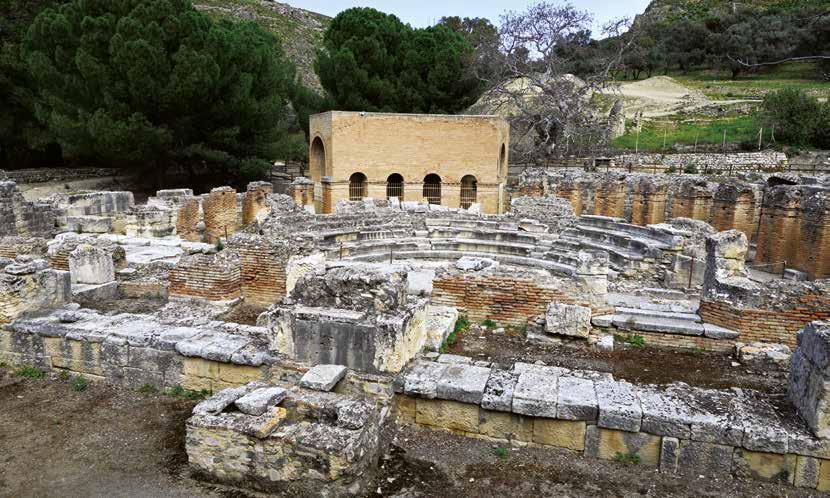
according to an Orphic hymn. Besides, her close relationship with Crete is well known: she hid her son Zeus in the Ideon Antro to save him from his father Cronus, who ate his children. Another version of the legend has it that a queen from Africa came to Lentas with lions, elephants and crocodiles -she left them here on her return journey and they turned to stone, becoming the sleepless guardians of this place. Just look at the rock rising out of the sea to the east of Lentas at Cape Psamidomouri, which looks like an elephant, and Cape Trafoulas, further east, which looks like a crocodile.
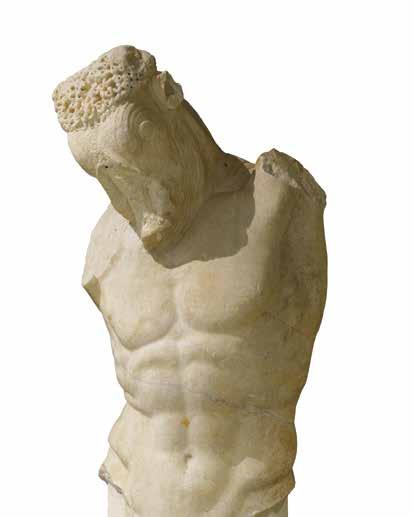
In the area of Lentas once was built Levina, the port of ancient Gortyna, which flourished in Hellenistic and Roman times thanks to the thermal spring with curative properties (now dried up) and the famous Asclepieion (4th century BC), which was an important healing centre (psychiatric hospital, hydrotherapy centre). The name of the ancient city is probably of Phoenician origin (“lavi” means lion) and is most likely related to the lion-shaped Cape Leo. In the archaeological site are preserved the temple altar; marble columns and bases of devotional statues (perhaps of Asclepius and Hygeia); the “treasure”, a crypt-shaft where precious offerings were kept; swimming pools used as baths; and the Byzantine church of Agios Ioannis containing archaeological remains.
An uninhabited island in the area of Heraklion, called Dia, and two rocky islets around it, Paximadi and Petalidi, owe their existence to Zeus and Poseidon, two powerful gods renowned for their outbursts of anger. The Curetes, the legendary Cretans who protected the infant Zeus from Cronus by thumping their shields to cover the cries of the infant, were hunting goats, the children of the goat Amalthea, whose milk nourished the Cretan-born Zeus. He became enraged by their antics, and with his legendary thunder that ripped through the dark waters, an otherworldly monster emerged to devour them all. However, Poseidon calmed him down and reminded him of his obligation towards the Curetes. So Zeus threw two rusks into the sea, and when the hungry monster rushed to eat them, he turned all of them to stone.
The goat Amalthea feeds baby Zeus together with Faunus, the Roman version of the god Pan. This sculpture by Gian Lorenzo Bernini is on display at the Galleria Borghese in Rome.


Σήμερα,
Today, the protected area of Dia (Natura 2000) is home to chasmophytes, thorny burnets and lentisks, as well as snails, lizards, wild rabbits, kri-kri goats, seabirds, Eleonora’s falcon and the Mediterranean monk seal. The crystal clear waters and abundance of marine life make this an ideal destination for colourful underwater diving. In fact, Jacques-Yves Cousteau conducted underwater research here (1974-1976) and discovered traces of an ancient artificial harbour -rectangular rocks on the seabed that researchers called «Cyclopean Walls».
Frangokastello, 15 km from the Chora of Sfakia, seems to have emerged from the pages of a medieval fairy tale. Its eerie aura is associated with an impressive legend, the Drosoulites. These are ghostly shadows that move towards Frangokastello at the end of May and the beginning of June and then disappear into the sea. Are they the warriors of Hatzimichalis Dalianis who, on the 17th of May 1828, bravely defended the castle against the Turks, who were far more numerous? This battle was one of the most violent of the Greek Revolution on the island, and the bodies of the Greeks remained unburied until a strong wind covered them with the sand of the beach.
Since then, for about ten minutes every time the sun rises, an entire army, the Drosoulites, appears again and again. It is even said that during the Second World War, a German patrol started shooting at the anthropomorphic shadows. According to some
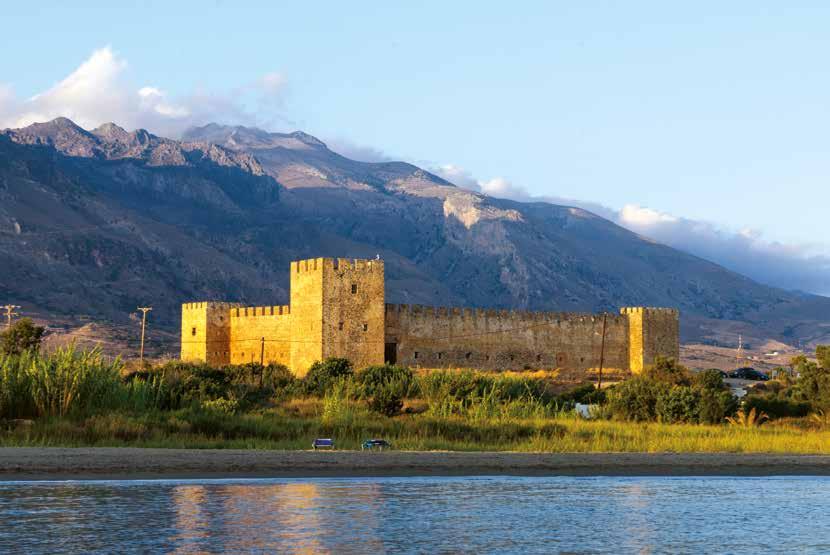
The Venetian Frangokastello fortress in Sfakia, directly connected to the mythical Drosoulites.
scientific interpretations, it is probably an optical phenomenon, a reflection of the sun’s rays refracting in the damp morning atmosphere (hence the name “Drosoulites”, deriving from the morning dew). Those lucky enough to see the shadows describe it as a metaphysical experience. The others can enjoy the beauty of the well-preserved Venetian castle that stands out next to the impressive beach with its deep blue waters.
Cretan tradition, with its primordial memories from the time of the Minotaur and its legends handed down from one generation to the next, has always had a special connection with the supernatural. The legendary Sarantapichoi were giants with a height of forty cubits, or 20-28 metres. They are often identified with the mythical Talos, while huge rock formations or high altitude areas are named after them. And while the Sarantapichoi were rather benevolent, the terrifying Katachanades, who lived near graveyards, especially in Sfakia, were something like ancient... vampires!
The dark caves and eerie chasms also have their own place of honour. In Diktaion Andro lived the winged Harpies, monsters with the head of a woman and the body of a bird, who snatched human souls with their claws. Mythical monsters spat flames through “monsterholes” and dragon lairs, while beasts were petrified in geological formations. Like in the village of Agios Myron, in the province of Malevizi in Heraklion,
where a strange roaring sound, like a growl, comes from a huge rock. Legend has it that a dragon once lived here in ancient Rafkos, terrorising the inhabitants. Until the Bishop of Crete, Myron, gave the holy staff to the worshippers and they chased the dragon, killed it and threw stones at it until its body turned into a huge rock.
Other legends told of nymphs who lived in caves or flowing waters and fairies who seduced gods and mortals. Like Neraidospilios, in the village of Astrakoi, 18 km from Heraklion. It is said that fairies once danced there, their light veils fluttering and their cheerful voices echoing through the cave. A young Cretan lyra player watched them sway in the moonlight. One of them caught him forever in the web of love. In despair, however, as the fairies disappeared at sunrise, he asked an old woman for help. The only solution was to pull the fairy by her hair and prevent her from leaving. And so he did. He married her, they had a child, and they loved each other very much, but she had lost her voice away from the fairy world. So, he pretended to throw their child into the fire to scare her and make her come to her senses. The fairy
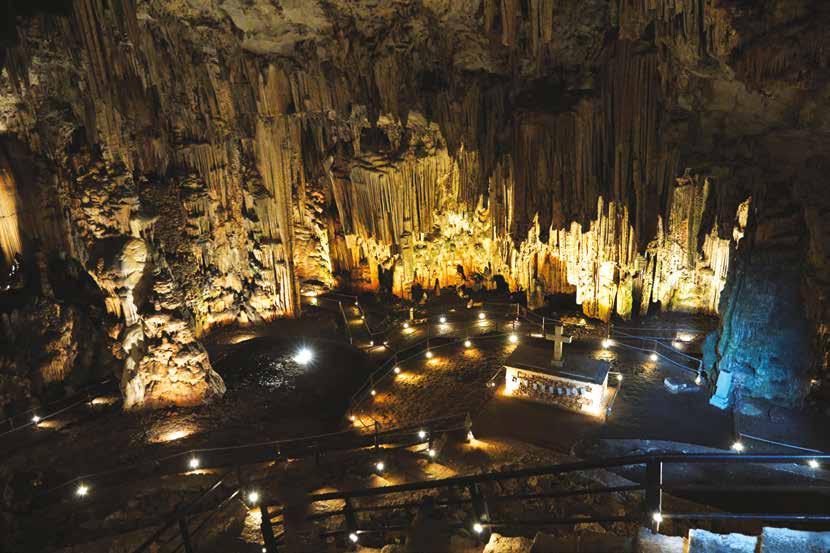
The cave of Melidoni or Gerontospilios (The Old Cave), associated with the giant Talos and the violent death of the Cretans at the hands of the Ottoman conquerors.
mother, however, grabbed her child in horror and left her lyra player husband forever. Since then, she has been resting at a spring near the fairy cave, waiting for the fairies to take her back -she is still there, and the waters of Loutra are clouded by her endless tears...
A special village, 32 km from Heraklion, resembles... Meteora. It is Agios Thomas Monofatsiou, a settlement that is said to have 38 churches -and according to local legend, a gateway to the underworld. A stroll around the village reveals six Roman tombs, which may date back even further, the unreal “Kavalaris”, a beastly formation of three rocks, the temple of Saint Ioasaph
Below: The legendary lake, a trademark of Agios Nikolaos.
On the right: Detail of a vase illustration depicting winged harpies, monstrous chthonic deities (Berlin, Germany).
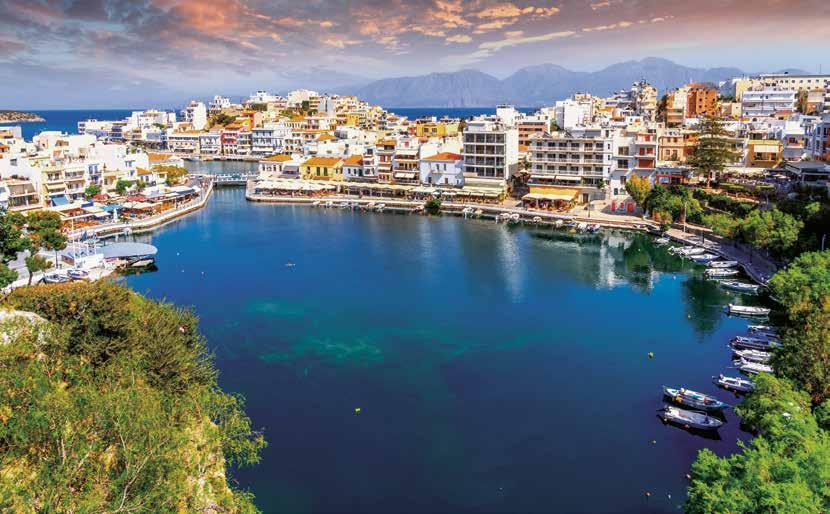
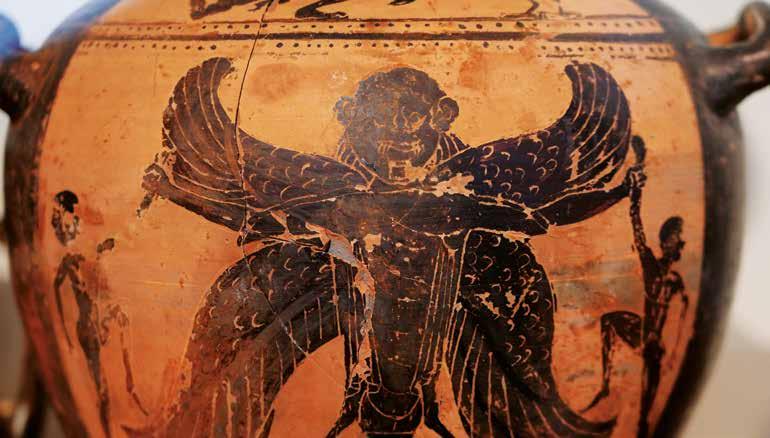
of India, unique in Crete, and the rock-carved temple of Kera Spiliotissa, where the chthonic deities were once worshipped. Here is also the entrance to Hades, now hermetically sealed -believers used to throw offerings into the hole to appease or summon the spirits.
For Heaven, we have to visit Archanes. “In the middle of the gorge of Archanes, on the left as you descend from the village, there is a strange cave with a monolithic roof” writes Vasilis G. Charonitis in his book “Crete of Legends” (Volume B, Smyrniotakis Publications): “There, a small stalactite, resembling a pillar, touches the roof and seems to support it. Between this «pillar» and the western wall of the cave there is a very narrow passage. Whoever can pass through this hole without cursing deserves and earns true Heaven!”
Another local legend refers to the picturesque Kritsa, a small town in Lasithi, where scenes from Jules Dassin’s film “He Who Must Die” and the Greek film “The Fairy and the Lad” were filmed. Near the church of Panagia tis Keras, with its magnificent Byzantine frescoes, it is said that the locals hid a treasure of great value to save it from the Turkish conquerors. That is why this location was called “Logari”, meaning treasure -which, however, was never found.
According to legend, the goddesses Athena and Artemis bathed in lake Voulismeni, a landmark of the city of Agios Nikolaos. In the past it was a fresh water lake, but later, with the opening of a canal, it was connected to the sea. Although its depth has been measured at around 49 metres, local beliefs insist that the lake is bottomless. This is where German soldiers dumped their war equipment before leaving Crete in 1944, and the urban legend has it that it was never found because the waters of the lake disappear forever into the bowels of the earth.
WE TALK WITH KONSTANTINOS MARKOULAKIS ABOUT HIS APPROACH TO ACTING AND DIRECTING, BUT ALSO ABOUT HIS PHILOSOPHY OF LIFE, IN WHICH HE CONSTANTLY AND INCESSANTLY “DIGS”.
KOLLIA
PHOTOS: ANDREAS SIMOPOULOS
STYLING: SOPHIA TSAKIRI GROOMING: MORPHE
Ηe is a really wonderful, tough, patient and interesting interlocutor. He always speaks with arguments, listens even if he does not agree, enriches his world with what he hears from the universe in which he exists. His charisma on stage and screen and his ability to manage groups of people and ideas as a director are unavoidable for someone with such a bright mind and such a solid character.
Where do we find the restless Mr Markoulakis these days?
I’m filming the third series of “O Giatros” [the Doctor], which will air next year. This will take until the end of June. We are also in the final stages of producing a Greek version of the series “Your Honour” on ANT1, with our own title “O Dikastis” [the Judge]. As for theatre, I am only doing one thing: a revival of the play “What’s in a Name?” which I did ten years ago at the Aliki Theatre and last year in Cyprus with Ieroklis Michaelidis, Renia Louizidou, Krateros Katsoulis, Dora Makrygianni and Lefteris Zabetakis. It will be performed at the Athena Theatre next season.
You have had a long career in the theatre. Do you see something that has decisively changed the way you exist in it?
Every now and then, I feel like I’m in another moment and I want to change the skin I’m wearing. This winter we staged the play “In the Next Room (or The Vibrator Play)” and after Akis Sakellariou’s
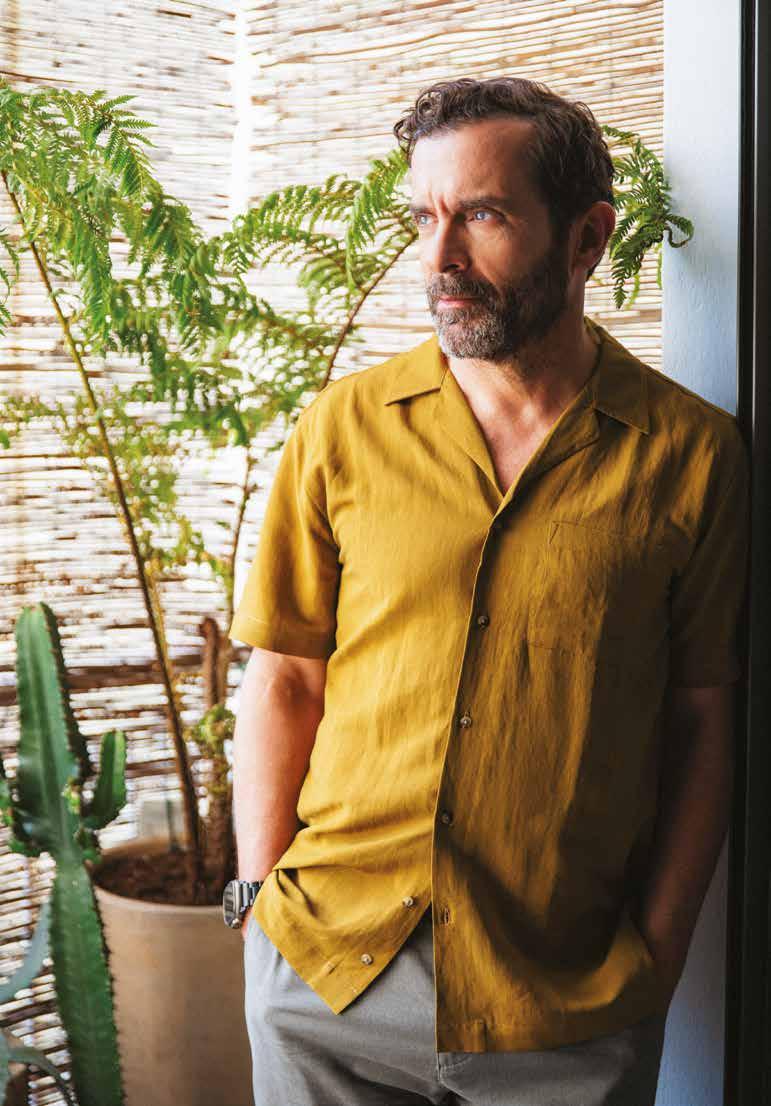

/
accident I took his place. I hadn’t intended to play in the theatre while filming, and on the one hand I was happy to do it but on the other hand I had quite a hard time. I mean, now when I play for an entire theatre season, I feel mentally trapped because I can’t stand the repetition for long. This doesn’t just happen to me, all actors feel it. I think I would be interested in doing something cinematic now -a film or a series of few episodes. I think sometimes you have to make things difficult for yourself to give meaning to what you do.
“Monsieur Linh and His Child”, your exciting monologue last year, the unforgettable “The Pillowman”... what seems to motivate you is telling stories. I started doing this in 2013 and it’s true. That’s why I chose the pieces based on what they had to say, not on the role. When you put on a play, wherever you put it on, from the Onassis Stegi to the Aliki Theatre, whatever form you use, you are telling a story by showing the audience a viewpoint of the world. The story is partly what the play says and partly what you say when you make it. As well as the actor who plays the part. This thing, what viewpoint of the world I’m going to show, is what I’m most interested in. Because a play has infinite versions -an audience will see one version of “Hamlet” by me, another by a different director or actor. Everything written as a text can be expressed in different ways. All the more so in an art form such as theatre, where it has become commonplace to “tweak” its staging. I’m one of those people who doesn’t mess around too much with the plays, and when I do, I try to make sure it doesn’t show.
So, you think there are some limits to art?
For me, it’s not about limits, but rather that I maintain the arrogance of modesty. I want to be able to say what I have to say without having to sign my name in bold letters. I sign my name in a way that is distinctive without being intrusive. The most characteristic example was “Oedipus”, based on an idea that we worked on with Paris Mexis, who I think is ingenious. We worked on it for many months before we started rehearsals. We wanted to create a performance using the simplest materials possible, telling the first detective story in history. But simple does not mean easy: we worked very hard to figure out how to unfold this thing made of earth, water and 30 clay babies and told the story. This year, Chouvardas will tell the same story in a completely different way, and that is the beauty of theatre.
Many also use exaggeration to provoke emotion, which I personally dislike. I agree, and that’s why I used simplicity when I made “Humans”. It was a performance that went very well, but there were some members of the audience who didn’t get it at all. I think our taste has changed. Theatre is an art form, and art, like fashion, is subject to the laws of aesthetics. So there are different stages to this. Just like we used to eat steak, then we went through a fusion phase where we wouldn’t eat anything that wasn’t in a test tube, and then we started craving something that felt like food. I mean that art is subject to the ephemeral rules of fashion. It is natural for tastes to change. I am merely fulfilling my nature. Because I was “saturated”
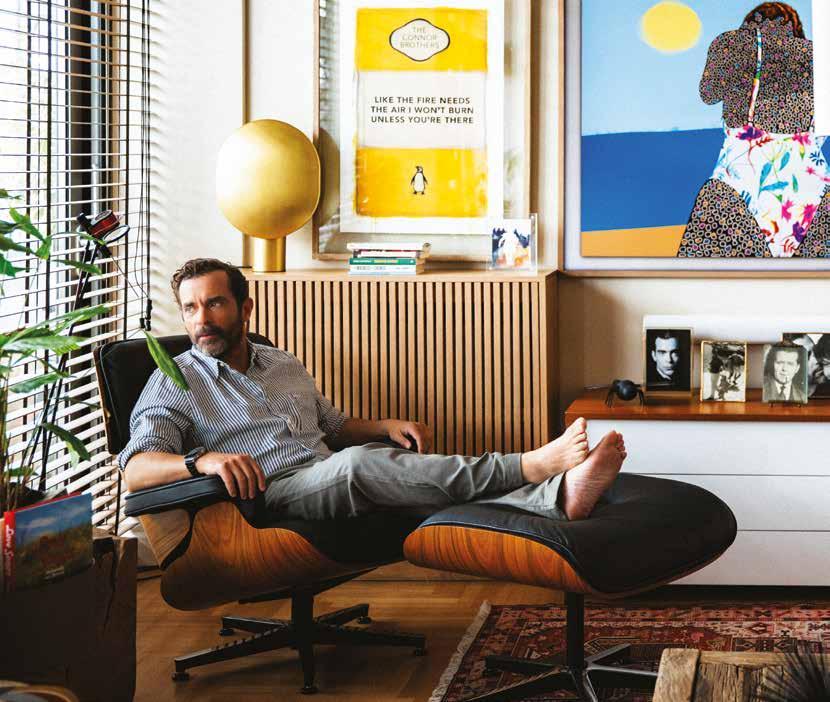
when I started directing completely on my own in 2013, I didn’t feel the need to direct myself in order to impose myself on a cast by playing a role from the classical repertoire. I wasn’t interested in that. But I didn’t start directing to make a name for myself that journalists would somehow consider important. I entered this field with a very simple motivation: I wanted to tell stories. I don’t care to be the leading role. In “The Seafarer”, Odysseas Papaspiliopoulos played the lead role. Nikos Psarras stole the show. So I will say again that what matters to me in the theatre is to realise myself. This is also the advice I give to young artists. You can do a play a thousand different ways and it can be wonderful, as long as you are true to yourself. The same play can even change depending on where it is performed. Not all venues are suitable for everything.
As the years go by, can you become less controlling and more open?
I think I’m getting a little more open. A little better at handling what I ask for. I maintain the same desire, with a greater inner comfort about
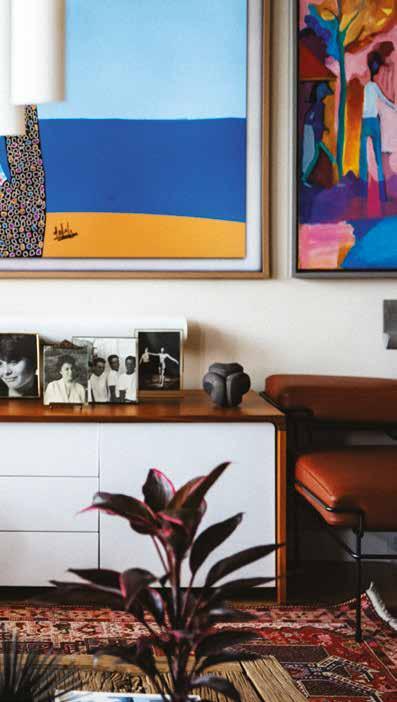
I entered this field with a very simple motivation: I wanted to tell stories.
I don’t care to be the leading role
how I will get what I want, and how I might not get what I want, in which case it would be good to want something else. I learned this from Spyros Evangelatos, but it took me a long time to really understand it. I remember him telling me about something he saw “Leave it alone, it’s not going to happen, so there’s no point in pushing”. I encountered this as a talent on Mount Athos last year, where I learned the term “discernment” which is a religious term. It was something that shocked me, because I thought that what I could hear could be heard by anyone -at work, in relationships or anywhere else. I can hear everything.
You can hear everything. Can you also change your position?
I may not be able to change my position immediately, and I may not be able to change my position permanently, because that is the way I am made. However, I will take into account whatever someone tells me; it will become information that I will internalise and begin to work on. Discernment, then, is the ability to choose what you say that the other person will hear and find useful. Just as a psychotherapist uses their experience to
The same play can even change depending on where it is performed
choose what to tell you and how to tell you in order to help you change your position. Because we want to help people change their position as much as we want to change ourselves. We often see people around us who do not even want to try to change. It’s not easy, which is why I see the ability to change as a sign of strength. So, discernment was not my strong point. I am careful and gentle with my colleagues and will choose my words carefully when speaking to them, but I will tell the truth. At least what I perceive to be true. Also, if I feel attacked or if I feel that the other person is being unreasonable, I will not be able to exercise good discernment. I now understand that in both work and personal relationships it is completely unrealistic, unhelpful and harmful to both parties to try to change something that is deeply ingrained in a person.
Do you know what you can take, your own limits? Or, even if you know them, do you say, “No, I’ll get over them”?
I expected my psychotherapist, whom I really enjoy talking to, to challenge me about things I think are my weaknesses -that I can come across as pushy, arrogant or ambitious. More than anything, I see that he wants me to understand not my limits towards others, but the limits of others towards me. In other words, not accepting certain behaviours and not asking people to do things they cannot do. Often, he tells me, you are not God, you tire yourself too much. I consider it my duty to understand others, but I do not consider it my duty to agree with them. In the past, I would engage in conversation. But today, when the world has become so complex and we have become so defensive about our opinions and the people we share them with, if someone tells me that the earth is flat, there is no point in engaging in a conversation. In addition, extensive research has been carried out which concludes that there is no way that a person will change their position simply because you have presented them with arguments. What they will do is consolidate their position. In other words, when reality conflicts with our core beliefs, the problem is with reality -it is reality that will change. It’s a human trait and there’s nothing you can do about it. What you can do is know this about yourself and discuss it with yourself -talk about your mistakes and how you can improve. Not all people have the same goal, let’s say to improve themselves, which requires enormous concessions.
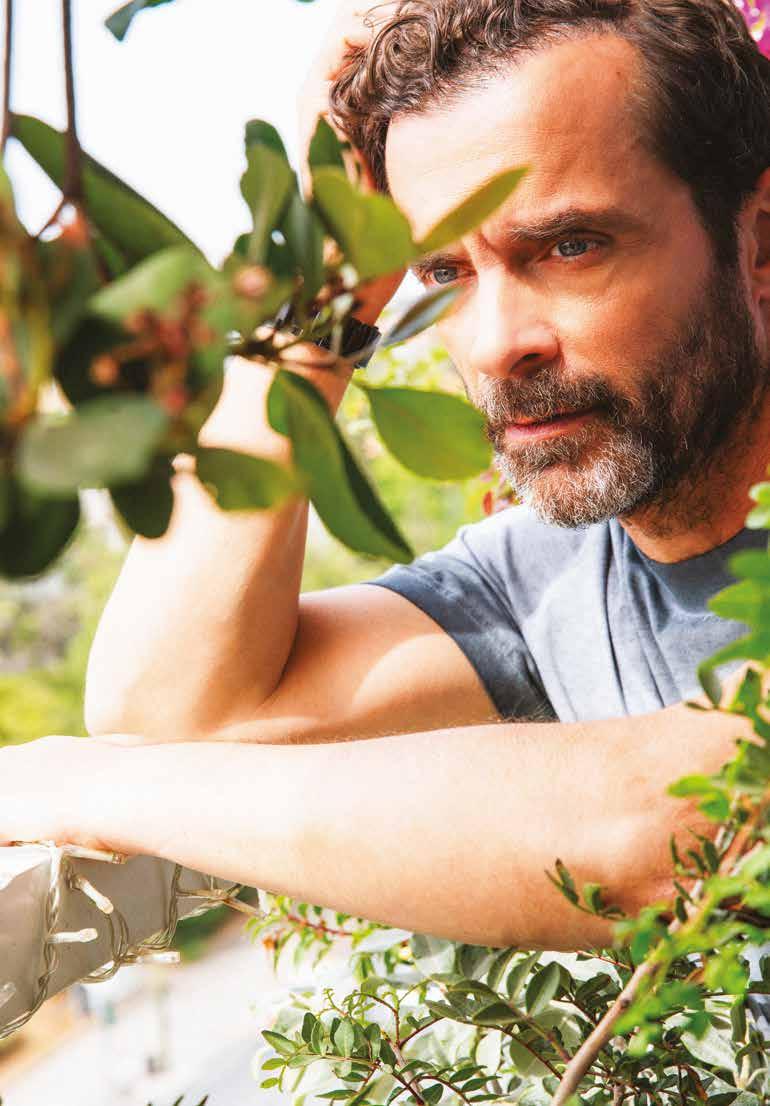
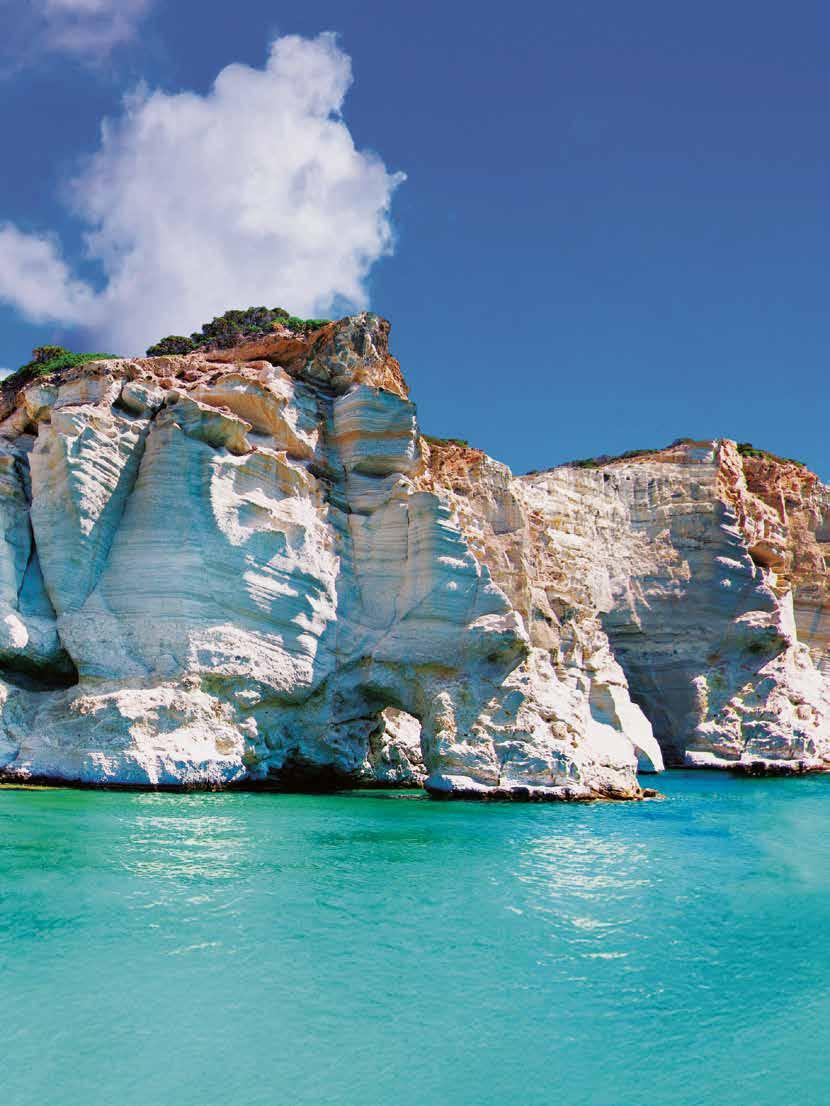
ATMOSPHERIC BEACHES WITH TURQUOISE WATERS, LUNAR LANDSCAPES WITH IMPOSING GEOLOGICAL FORMATIONS, INCOMPARABLE MINERAL WEALTH, ARCHAEOLOGICAL TREASURES OF UNPARALLELED BEAUTY, PICTURESQUE TRADITIONAL SETTLEMENTS AND ROMANTIC SUNSETS THAT TAKE YOUR BREATH AWAY. IT IS NO COINCIDENCE THAT THE STATUE OF APHRODITE WAS FOUND HERE -BEAUTY HAS A PLACE OF HONOUR ON MILOS.
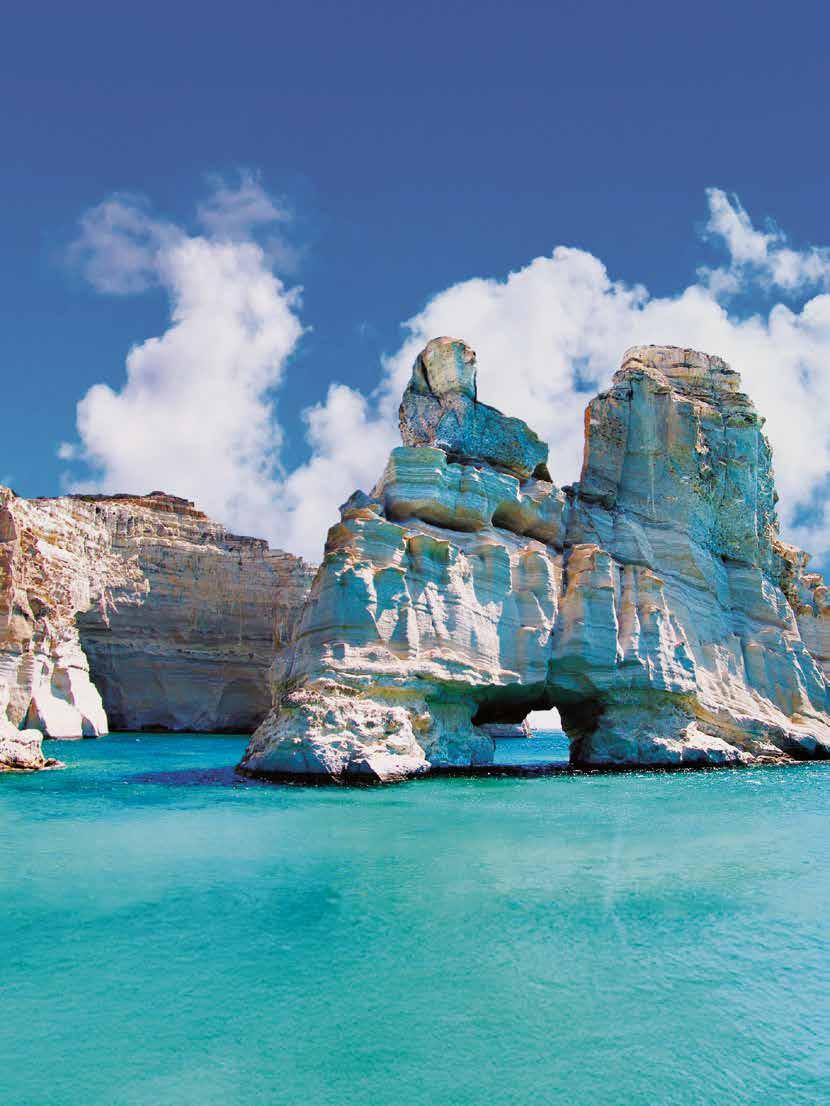
EΝΆ ΗΦΆIΣΤΕΙΟ -ΚΙ
Iwill never forget my first trip to Milos. Anything I had heard, it was nothing compared to the real experience of this unique Cycladic island. With each dip in the crystal clear waters, it was like sinking into the most fabulous “blue lake” that sparkled under the rays of the sun. Every step I took was like walking in the footsteps of the notorious pirates who once terrorised the Aegean and hid in their rock-cut lairs. Among them was the pirate Ioannis Kapsis, who achieved the unprecedented feat of establishing his own independent state on the island of Milos! Milos is an island with many faces. But they all have an incredible, unique charm.
It set off about 2-3 million years ago and stopped about 90,000 years ago. This is how Milos was born -from the eruptions of the now inactive volcano of Fyriplaka, in the south-east of the island, about 7-8 km from Adamas. The off-road adventure (half of the route is gravel) to get there is impressive, as you suddenly find yourself in the largest caldera in Greece. It may sound frightening, but today, covered in lush vegetation, it is mainly a remarkable geological monument.
But for a better understanding of what a volcanic island is, we continue on to Kalamos, where fumaroles, or columns of vapor, erupt from the bowels of the earth. The characteristic yellowish colour, the strong
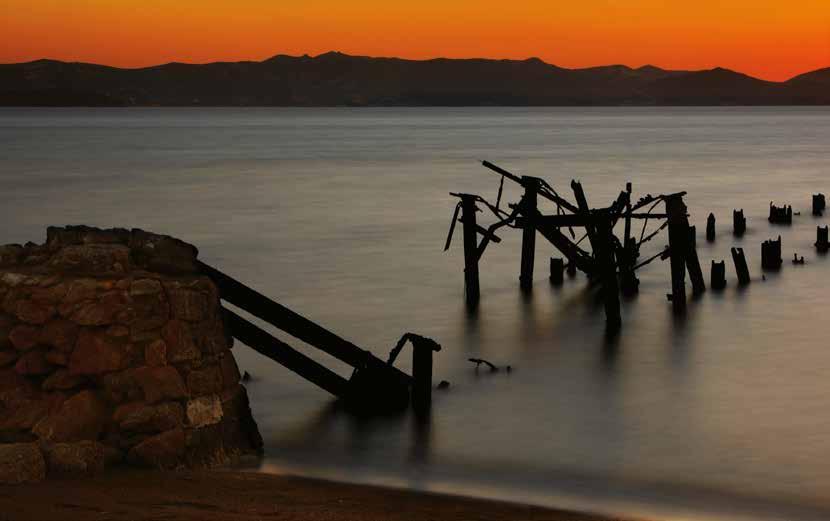
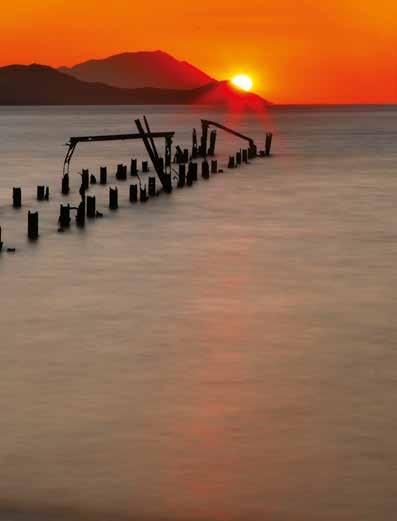
smell of sulphur and temperatures of around 100° C are common throughout the island: steam rises from the sand at beaches such as Papikinou, the Thermal Springs of Alykes and Paliochori, but also in the sea, where the hot gases rise to the surface as bubbles. Thanks to its volcanic activity, the island is famous for its mineral wealth, such as bentonite, perlite, pozzolana, kaolin and small amounts of barite. Walking around Milos today, with Eleonora’s falcons watching from above, we observe the natural landscape of the island, so characteristically carved by mining. Let us not forget that this was the island of obsidian, used by the Stone Age people of the Aegean to make tools and spearheads. Another well-known substance is “Milia Earth”, a substance consisting mainly of kaolin, which was used by painters as a pigment to produce white paint -thus creating beautiful works of art in antiquity.
Imagine a swirl of colours, from red to green, blue or yellow,
Left: A stunning sunset on the beach of Alykes.
Below: The famous rock formation, known as the “bear”, on the coastline of Milos.
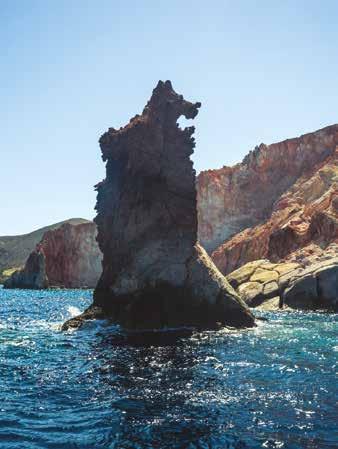
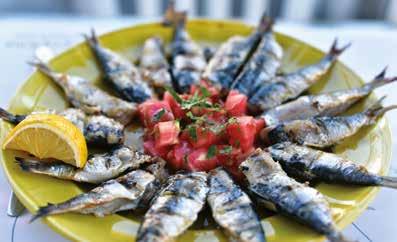

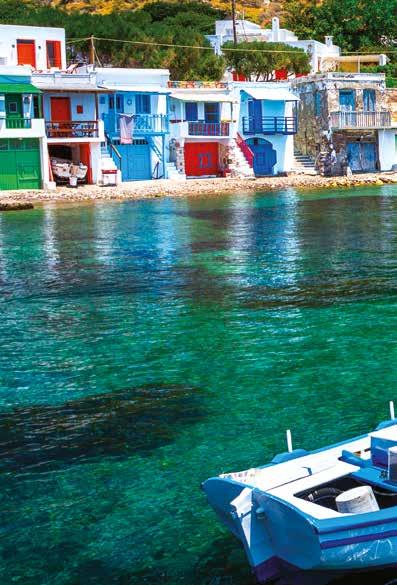
Above: Tasty delicacies, such as grilled sardines and sun-dried pomodoria, await visitors to Milos.
Right: The village Klima with the “wires”, the colourful traditional buildings.
hovering in turquoise waters that shimmer in the sun -the settlements of Milos may look like a vision, but they are a reality. In Klima, the much-photographed seaside settlement of Milos, you can see the 70 colourful “wires”, folk architecture buildings where fishing boats were stored in winter. Just a breath away from the sea, today they are transformed into summer residences or tourist accommodations for those seeking authentic beauty. A similar idyllic scene unfolds in other coastal settlements such as Mandrakia, Fourkovouni, Embourios and Fyropotamos -picturesque fishing villages, postcards coming to life.
Of course, our trip always starts from the biggest settlement port of Milos, Adamas, with its cosmopolitan atmosphere, or from Pollonia, with its hospitable bay and fish taverns by the sea. For the most beautiful sunset, however, we ascend to the traditional settlement of Plaka. We lose ourselves in the winding cobbled streets with their neat houses, quaint little shops and traditional tavernas, until we reach the top of the Venetian castle for the most panoramic view. But we always go down to Panagia Korfiatissa, just on time to see the horizon painted by the most golden and red explosions.
The beauty of nature in all its glory!
The colours of the (Cycladic) summer are traditionally blue

and white, but on Milos there is also the red of the watermelon, the ultimate summer fruit. The delicious watermelon pie, with its flesh mixed with olive oil, honey, sesame and flour, is a real temptation. As well as the “koufeto”, a dessert from Milos with local white pumpkin, honey and almonds -the traditional treat at weddings and celebrations.
The cuisine of Milos has always been one of the characteristic aspects of the life on the island. Today, the creative imagination of the islanders takes the traditional recipes to new heights with the authentic products of the land of Milos -to the satisfaction of even the most demanding palates. Such as the characteristic tomato beltes, a special delicacy made from ripe plum tomatoes, “pomodoria”, which are roasted in the sun. They come to our table as the most delicious starter, with a little olive oil to dip the kneaded bread in -just to whet our appetite. Not that we need it in Milos, of course. After all, how can we resist the delicious oven-roasted meat covered with beltes, or the warm handmade garlic lasagne with beltes and aliada (garlic dip), or the crispy “pitarakia”, cheese pies filled with local cheeses such as manoura or ladotyri. A special taste experience is the so-called “volcanic” food, which I personally tasted in Paliochori. In a hole on the beach, at 100° C, it was slowly cooked for 9 hours –meat and potato wedges, covered with hot sand. The flavour? Just… finger licking good!
To get a taste of Phylakopi, one only has to see the beautiful “Lady of Phylakopi”, a unique figurine from the 14th century BC, with expressive eyes and an elaborate dress, which is kept in the Archaeological Museum of Milos. Located in the north-east of the island, next to the Papafragas Caves, this important commercial and cultural centre was for two millennia (3000 B.C. - 1100 B.C.) a crossroads between mainland Greece and Crete -and a link between the Cycladic, Minoan and Mycenaean civilisations- thanks to the mining and trade of obsidian. Phylakopi has been destroyed three times in the course of time, and three times it has been reborn from its ashes. Although most of the city now lies beneath the sea, the Megaron, the Sanctuary and parts of the imposing wall remain. Another amazing work of art inextricably linked to the island and embodying female beauty and love is the famous Aphrodite of Milos or Venus de Milo. The impressive statue made of Parian marble, an excellent example of Hellenistic art (150-50 BC), is said to have been found in 1820 near the restored ancient theatre, a true jewel of the Roman period. While the original is on display at the Louvre, the “authentic copy” attracts the interest of visitors to the Archaeological Museum of Milos. Here we can also admire important finds from the Catacombs (1st-6th century), the only ones preserved in Greece, an evocatively illuminated complex of three underground halls and galleries with horizontal and arched tombs carved into volcanic tuff. Oil lamps decorated with roses and shells, small figurines and jewellery, rich offerings to show that beauty accompanies those who leave for the eternal journey.
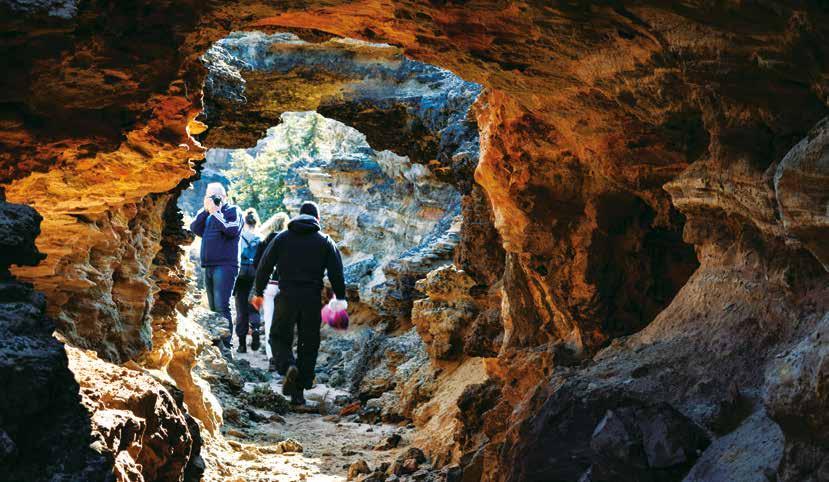
Right: The famous Venus de Milo. Below: The turquoise waters and the impressive seabed invite you for an unforgettable exploration. Left page: Volcanic tuffs and mysterious caves make up the landscape of Milos.



Above: The emblematic Sarakiniko with the white rocks and the “blue lake” from above.
Right: The eerie cave of Sykia, with the huge “eye” looking into the sky.

The real “protagonists” of Milos are its dozens of beautiful beaches. Some are accessible only by sea, others by road. Like the adventurous Tsigrado, where you descend a rope ladder through a narrow gap in the rocks (at your own risk, as we read on the information sign), or the impressive Fyriplaka, a true paradise of three beaches. Sarakiniko is an emblematic natural monument: the snow-white volcanic tuff, the caves half hidden in the rocks, the idyllic natural “swimming pool” of cool seawater and the mysterious shipwreck that has been slowly sinking for years, create a magical setting in the bygone lair of the legendary Saracen pirates.
The magic of Milos is perfectly intertwined with its coastline. That’s why touring the island by sailboat, traditional caique or even canoekayak is the ultimate summer experience! Upon arrival at the three Glaronisia, the vertical grey-black cliffs of andesitic lava plunging into the darkest blue waters I’ve ever seen, the experience of diving strikes as otherworldly. As well as climbing, for those who dare. On Polyaigos,
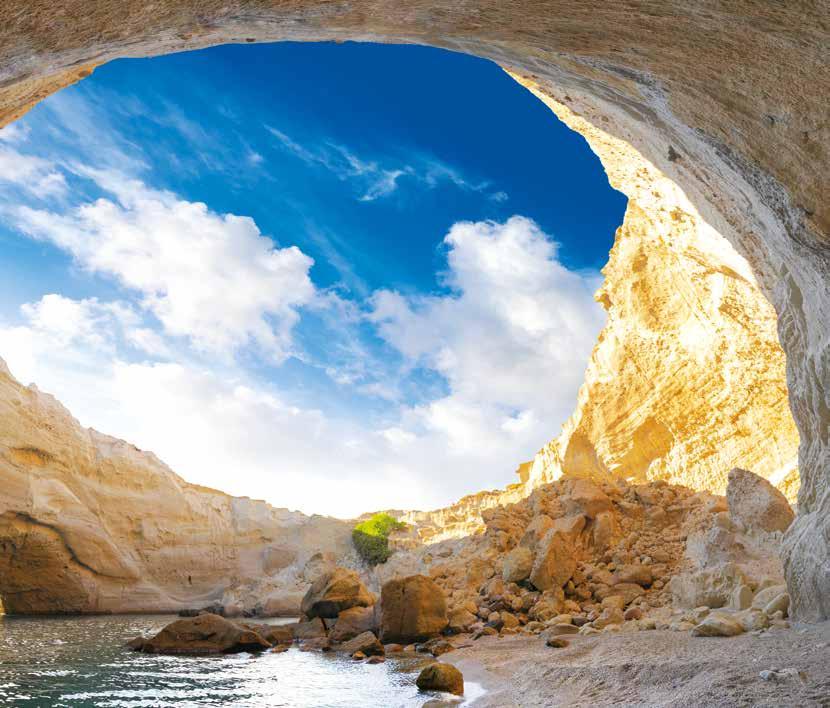
one of the largest uninhabited islands in the Aegean, a swim in the turquoise waters is a must, while friendly goats greet you. On the beach, with the remains of the sulphur mines, we admire one of the most important monuments of Greek industrial history, while a little later we plunge into the emerald waters of Firligkos, taking care not to step on the columns of steam rising from the hot sand. Later, in Gerakas, the beauty of nature unfolds in a unique way, with its dazzling turquoise waters and white, powdery beach. Same as Kleftiko, which is sure to steal the show as we sail through a complex of giant rocks rising from the sea, with natural arches, galleries and caves. This natural wonder is also a pirate lair, and diving into its cool turquoise waters is an unreal experience -you feel like you are “levitating” between the sky and the sea. This is also the case in Sykia, an impressive cave with a partially collapsed roof. From the huge “eye” against the blue sky, the dalliance of the sunrays on the small inner beach creates a unique feeling. At Vani, on the north-west side of the island, the imposing dark rocks turn deep red as the sun sinks into the sea and nature appears to be ablaze!

MARIA ATMATZIDOU
Cr etan cuisine is a real treasure and recognised worldwide as a nutritional standard. Rich flavours and delicacies, genuine local products and recipes that date back centuries. Cretan tables are set with all that nature and the pastures generously offer, as well as the joy and passion of its people. So don’t leave the island until you’ve tasted all the special treats it has to offer!
For cheese eaters, and not only, it is an absolute must! Pale yellow in colour, with a rich taste -sweet, buttery, but also slightly spicy-
FROM THE AWARD-WINNING CRETAN GRAVIERA TO THE LEGENDARY WEDDING RICE (GAMOPILAFO) AND THE DELICIOUS DAKOS, THE CRETAN “FOOD LOVER’S BUCKET LIST” IS RICH AND ENDLESSLY TEMPTING!
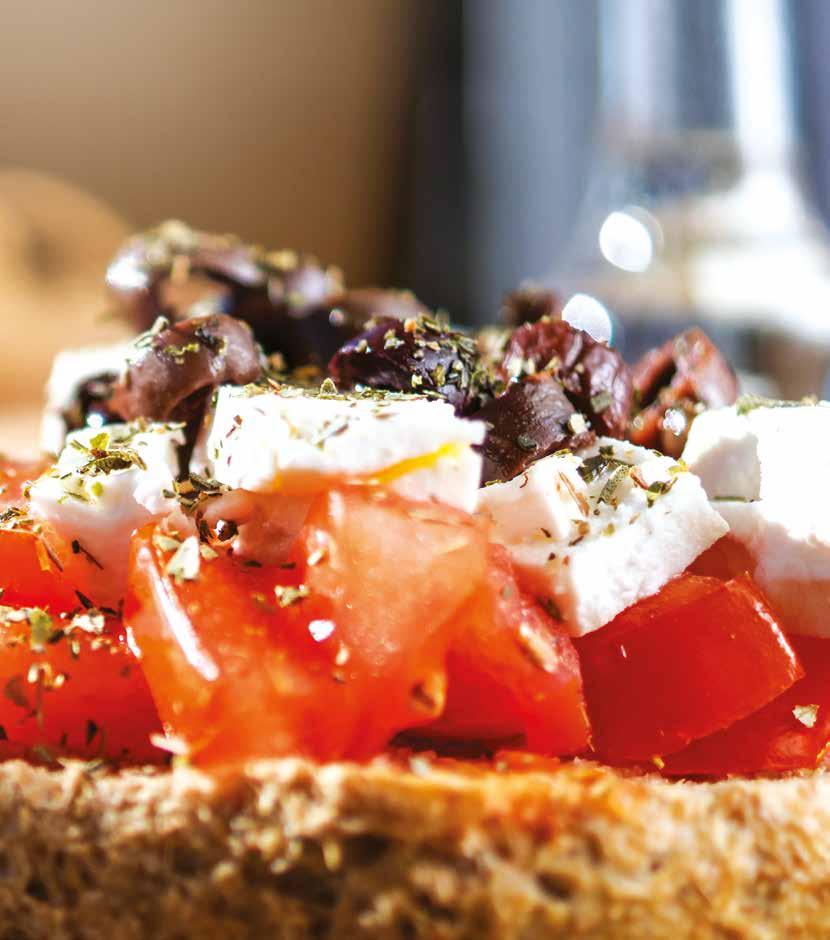
Cretan graviera (PDO) is imbued with the richness of the Cretan land and the love of its people. The milk from the sheep and goats that graze freely on the island, the aromatic herbs, the good weather conditions and the respect for the traditional production techniques have resulted in one of the most delicious and high quality cheeses. Try the different varieties, which, depending on the maturation period, will satisfy even the most demanding palates. Such as the cave graviera, with its rich flavour, or a variation with aromatic herbs, for a more “creative” experience. In any case, don’t leave the island without trying it with a drizzle of Cretan thyme honey!
In Crete forget the Greek salad! Here, the dakos is the king of taste. The “dipyrite bread” of the ancient Minoans, i.e. the rectangular (called dakos) or round Cretan rusks (barley rusks), products with Protected Geographical Indication (PGI), are sprinkled with water, topped with grated tomato and rich xinomizithra, sprinkled with aromatic oregano and drizzled with extra virgin olive oil. A few salty capers or the wonderfully aromatic samphire add another flavoursome note. In Rethymno and Chania, dakos is also called “owl”, while in Heraklion and Lasithi it is also called “lantouristo” (from “lantourizo”, which means to sprinkle). Whatever you call it, its taste is unique and so is its nutritional value!
In short, snails! Or better still, the ultimate Cretan superfood! It is no coincidence that it was one of the most popular dishes of the Minoans. A source of iron, protein, vitamins and minerals, and yes, low in calories! And if we haven’t convinced you with the argument of their high nutritional value, let’s talk about their taste: the first choice is chochlioi boubouristi, fried “bouboura”, face down, as the Cretans used to do. Their rich sauce is scented with thyme, oregano and “arismari”, commonly known as rosemary -all the flavours of nature in one dish. But you can also try them braised with aromatic fennel, or stewed with a sauce of juicy summer tomatoes.
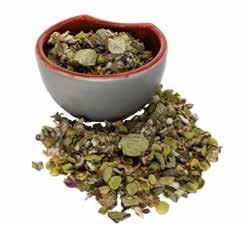
One bite of this culinary delight, which pleasantly surprises the palate, is never enough. The fluffy nests of mizithra, the local malaka cheese of Chania, or pichtogalo can be found all over Crete, under different names. Kaltsounia or anevata or lychnarakia, sprinkled with cinnamon, a combination of sweet and salty taste, are made with care and mastery in Cretan homes and traditional bakeries, at Easter and all year round. To make every day a celebration!
Perhaps the most famous way of cooking meat, it has its roots in the mitata (shepherd’s huts) of the mountain regions and is mentioned in Homer’s “Iliad”. The goulidia (slices) of meat, usually lamb, sprinkled with coarse salt, are placed opposite each other in a circle around the fire, which is constantly fed with wood. Today, modern equipment (antikristo metal ovens) is available for this ancient cooking method, which dates back to the time when meat was cooked in the open air using improvised wooden spits made from mulberry or maple sticks. The end result, based on the roaster’s mastery of retaining the juices and flavour in the roast, is finger-licking good.
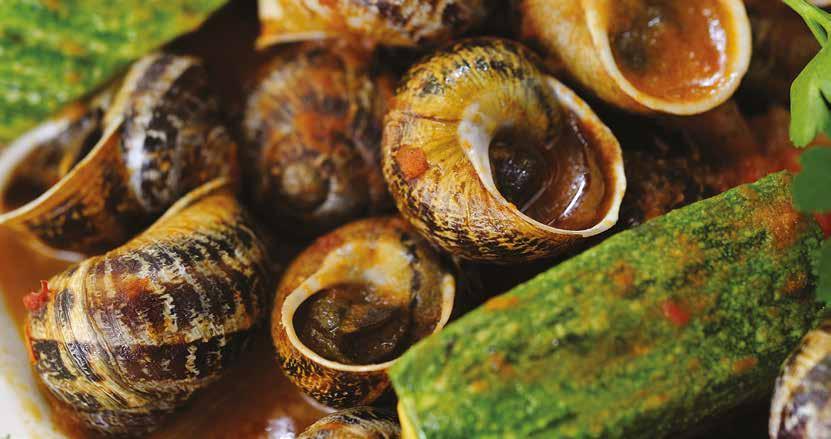
Crete is also famous for its pies. Try the sarikopita pie, which stands out for its taste -its crispy crust, richly filled with xinomizithra, is a poem. At the same time, it is full of symbolism. Because of its shape, it takes its name from the sariki, the traditional kerchief. Its fringes are said to symbolise the tears of the Cretans during the Turkish occupation of the island, but also their bravery. Watch them dance the pentozali at their festivities and see what we mean!
Inextricably linked to weddings, festivals and Sunday meals, the delicious gamopilafo (wedding rice) or simply pilaf, as the Cretans call it, has deep roots in time. It is said that pilaf was offered to Alexander the Great at a royal banquet after the conquest of Sogdiana (now Samarkand in Uzbekistan), and rice was brought back to Macedonia by his army. Rice is a symbol of fertility, which

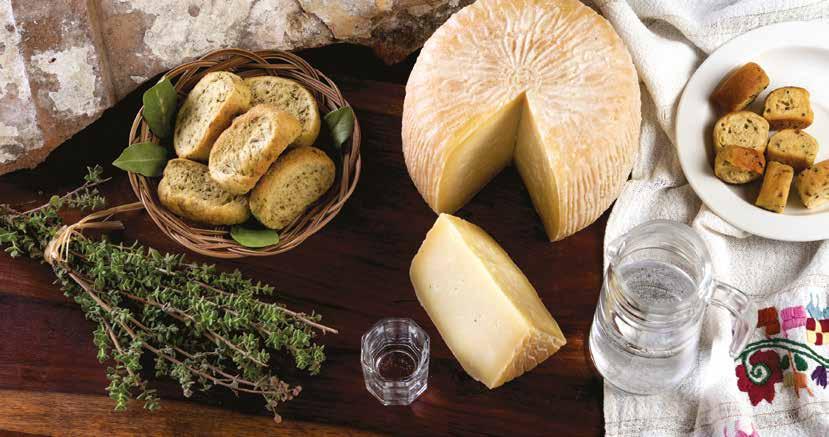
is why in Crete it is simmered in a meat broth, usually zygouri (hogget), with toasted stakovoutiro, so that the marriage may take root, be happy and abundant. Traditionally, it’s a man’s job. It’s cooked in huge cauldrons at weddings and festivals, and when it arrives glutinous on your table, don’t miss the opportunity to savour the unique result of a long ritual.
The distinctive Cretan pefkothymaromelo has had a strong presence on the island since Minoan times, according to
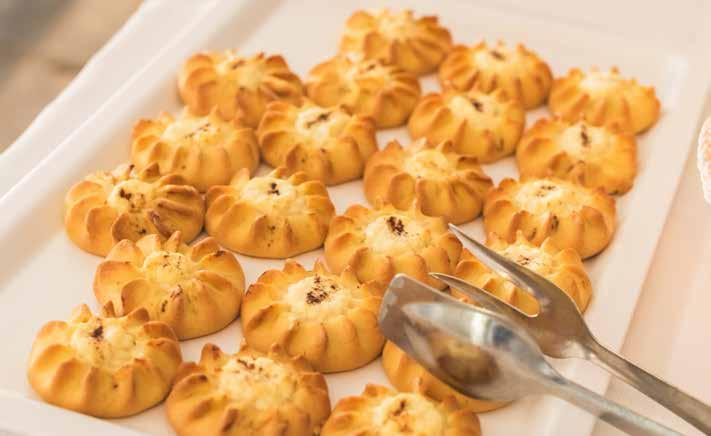
excavation data from Knossos and Phaistos. Ancient Greek mythology confirms this: here lived the nymph Melissa, who fed honey to Zeus as an infant in the Ideon Antro and taught the people the art of beekeeping. Crete is perhaps the only island where the traditional cheese pies are combined with honey. Drizzle honey over the incredible sfakianopita pie with its soft pastry and xinomizithra to delight your mouth and soul! The same goes for the small mizithropita pies, which sizzle in scalding oil and are served steamed in a flash! Pair it with a cold raki to get all your senses going!
It may have its origins in Constantinople, especially in the Byzantine period, but the delicious bougatsa is one of the most characteristic dishes of Crete. The classic authentic recipe, with plenty of sweet cream, sprinkled with icing sugar and cinnamon, arrived on the island with the refugees from Asia Minor over a century ago. Here, too, the artisans of the genre, who so skilfully roll out the thin dough by hand, using only pure local ingredients, have created the bougatsa that is rightly called Cretan: with local creamy mizithra, with a crispy pastry, sprinkled with icing or granulated sugar and a fascinating salty-sweet flavour. And it has become a tradition to arrive by boat and run to Lions Square in Heraklion to grab a freshly baked bougatsa coming out of the oven!

Stamnagathi, golden thistles and tassel hyacinth bulbs
Drizzled with lemon and plenty of Cretan olive oil, stamnagathi, as wild as the island’s unspoilt nature, is both light and healthy. Try it in traditional meat recipes, such as the classic lamb or goat with stamnagathi, and dip your kneaded bread in the rich sauce. The wild edible plants of the Cretan countryside are a real treasure, which is why they have always been part of the Cretan repertoire of flavours. Like the golden thistles -try them boiled with a rich sauce of oil and lemon. A unique snack to accompany your tsikoudia after your summer dives are the tassel hyacinth bulbs, fragrant bulbs dipped in oil and flavoured with avarsamo (spearmint).
Maleme Oranges
Oh, that taste! Rich and juicy, with an intense aroma and a sweetness that captivates the senses and is forever remembered in the heart and mind. Maleme oranges, of the Navel variety, are the only citrus fruit with a protected designation of origin (PDO) in Greece. They are produced on the coast of the prefecture of Chania, from Stalos to Kolymvari, and thanks to the constant sunshine throughout
the year, the humidity of the area and the abundance of water from the springs of the White Mountains (or Lefka Ori), their quality is always excellent. As well as their nutritional value: rich in vitamin C, potassium, calcium, phosphorus and vitamin A.
It has the name of a cake, but it’s not the sweet cake you think it is. It is the meat pie with the traditional pastry, the rich filling of boneless lamb or goat, crumbled xinomizithra or tyromalama and of course the characteristic stakovoutiro. Its place is... established at Easter banquets, but try it all year round -it’s delicious!

In Crete they say that tsikoudia is a medicine, it cures everything. Even if you don’t agree, it’s worth a shot. Tsikoudia or raki (PGI) is the single distillation drink from the grape pomace (the remnants after the grapes are pressed), but also from figs, berries or plums. A shot of tsikoudia is an indispensable part of the islanders’ daily life -an offer of pleasure and hospitality, a festive treat and a gathering of friends, but also a comfort in difficult moments. Ideal accompaniments include the famous Cretan cheeses, wild artichokes and fragrant tassel hyacinth bulbs, ofti (baked potato), smoked pork or “apaki”, but also a delicious dakos.
The aromatic fennel could not be missing in the Cretan pies. The traditional small fennel pies, with their almost transparent dough, give off a fragrant aroma as they sizzle in the pan. The same goes for the large fennel pie, baked to reach the table warm and crispy, “dazzling” the lucky ones who taste it. Besides, its dough also contains raki. And the wilder the fennel, the more fragrant the fennel pie.
Cretan staka is famous, though certainly not the most representative of the Cretan dietary standard that formed the basis of the Mediterranean Diet. It is a dairy product derived from the cream that forms on the surface of goat’s milk and is traditionally produced in Crete. Try this delicacy on fresh eggs boiled in hot water and then drizzled with the thick cream of staka. Or on the traditional gamopilafo, which is always present on festive tables.
Honeyed and sprinkled with sesame seeds, cinnamon and

ground walnuts, the crispy xerotigana, carefully prepared by the gold-fingered housewives from flour, oil and raki, look like beautiful roses, so elaborately wrapped. The dessert of celebration, joy and love, crunchy, honeyed and aromatic -how can you not wish the newlyweds well when this feast of flavours touches all your senses?
We saved it for the end, but it’s the beginning of it all. Our gastronomic identity. No Cretan dish, no traditional recipe would be complete without the excellent olive oil, with its clear, goldengreen colour and rich, fruity flavour. The vast olive groves that have spread throughout Crete since ancient times, with small but rich harvests, mainly of the Koroneiki variety, testify to the continuation of a glorious tradition that guarantees the most nutritious, highest quality and most exciting result. It is rightly called “the gold of the Cretan land”.

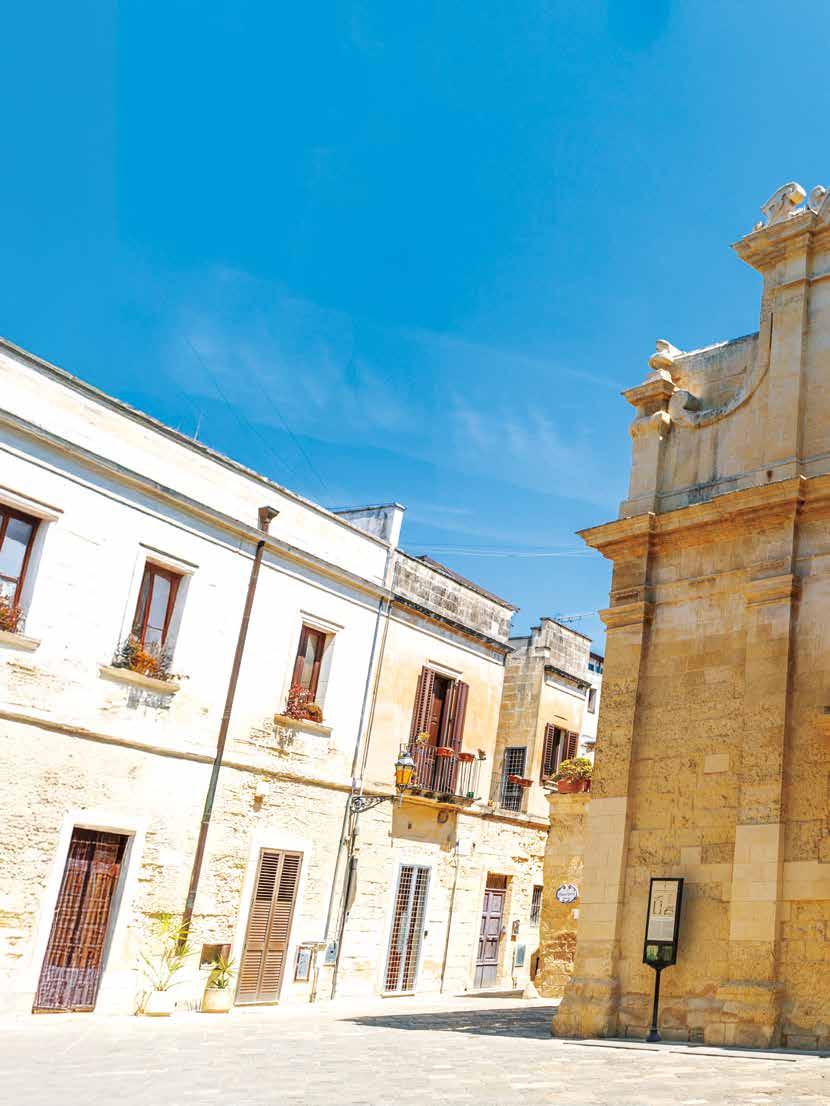
THE HONORARY CONSUL OF GREECE IN THE SALENTO REGION HELPS US EXPLORE THE ENDURING TRACES OF MAGNA GRAECIA IN ITALY. ΑΠΟ
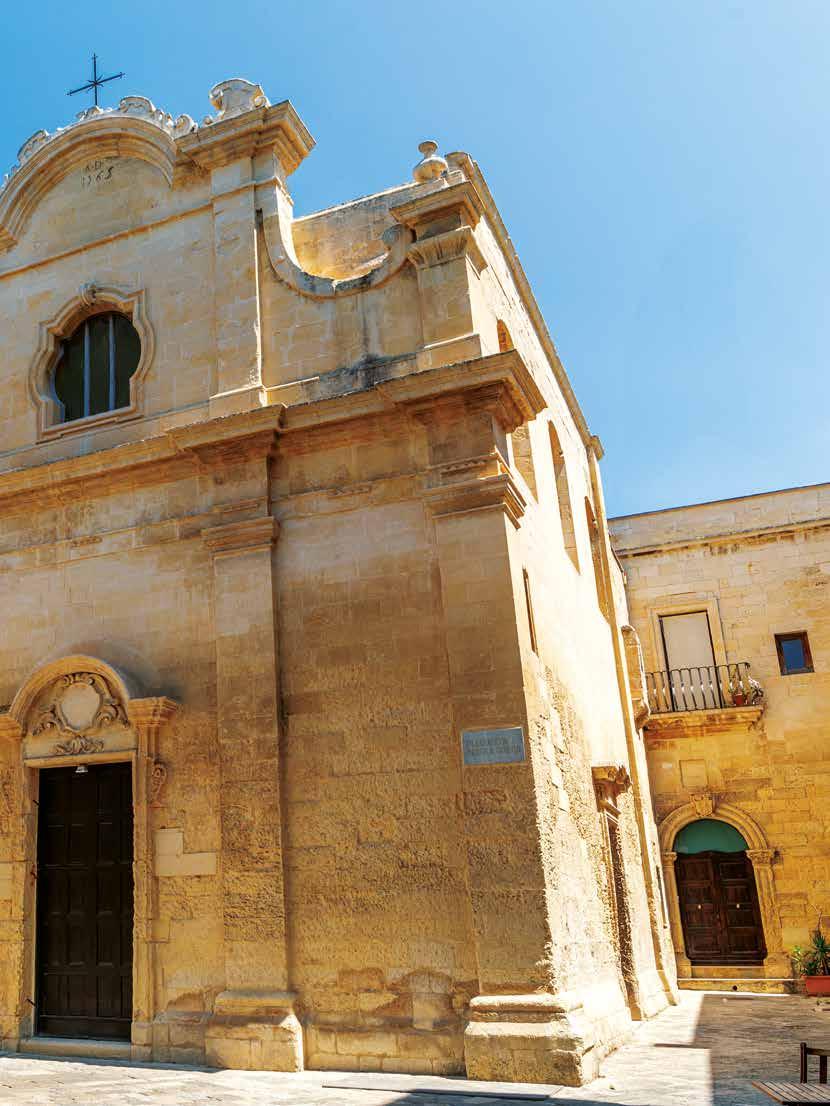
Mπρίντιζι
Δεξιά: Το «Ελληνικό Σιντριβάνι» (Fontana Greca) στην Καλλίπολη,
Right: The “Greek Fountain” (Fontana Greca) in Gallipoli, in the province of Lecce.
Bottom right: Antonella Mastropaolo with the former President of the Hellenic Republic Katerina Sakellaropoulou.

SHouthern Italy is a region where the charm of the mainland hinterland is combined with Mediterranean light. For Greek visitors, a sense of intimacy emerges on the coast and in its stone villages under the bright sun that highlights every detail of the old monasteries, churches and ancient monuments. Perhaps this is because the Greek presence there is not just a thing of the past -around 80,000 people of Greek origin still live in the region today. One of the most special corners of this southern land is Salento -a peninsula stretching across the south-eastern tip of Italy, known as the “heel of Italy’s boot”. It forms part of the Apulia region and encompasses the provinces of Lecce, Brindisi and Taranto. As early as the 8th century BC, Greek colonists began settling there, establishing cities along the coast, the most notable of which was Taranto. Centuries later, in the 3rd century BC, the region fell under Roman rule. However, the Greek presence was never completely lost. The modern-day Greeks of southern Italy, also known as Griko or Grecanici, continue to live mainly in the Grecìa Salentina region on the Salento peninsula, as well as in Calabria. They are considered to be the descendants of ancient Greek colonists and other migrants who arrived in the region before the 15th century. Despite centuries passing, they have retained memories of the Greek language through a distinctive dialect -the Griko or Grecanico which is still spoken in some communities today. WAVE

Η Αντονέλα Μαστροπάολο
και ο ελληνικός της δεσμός
H
(Comunità Ellenica di Lecce, Brindisi e Taranto),
Antonella Mastropaolo, a lawyer and Honorary Consul of Greece in Brindisi, Apulia, who is also a member of the Greek Community of Lecce, Brindisi and Taranto (Comunità Ellenica di Lecce, Brindisi e Taranto), explains how she got there and guides us through the history and secrets of these beloved destinations: “I studied Law and International Law at Luiss Guido Carli in Rome. I have worked as a lawyer for many years, and I am also involved in the local community. My father was Italian and my mother was Greek from Zakynthos, which is why I feel that I am an Italian citizen with a Greek heart: just like my mother, who despite coming to Italy, always maintained strong ties with her homeland, I feel a deep connection to Greece. This connection is not limited to the language I spoke with my mother and grandmother; it is part of my identity, and not a year has gone by without me spending at least a month in Zakynthos.
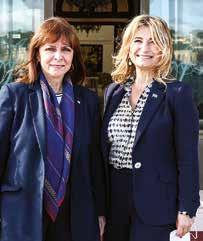
”For more than eight years, I have held the position of Honorary Consul of Greece for the provinces of Brindisi, Lecce and Taranto, the Salento region of Italy, which is not only geographically close to Greece, but also where Greece is present in history, monuments, culture, traditions, religious customs and, in some areas, even in language”.
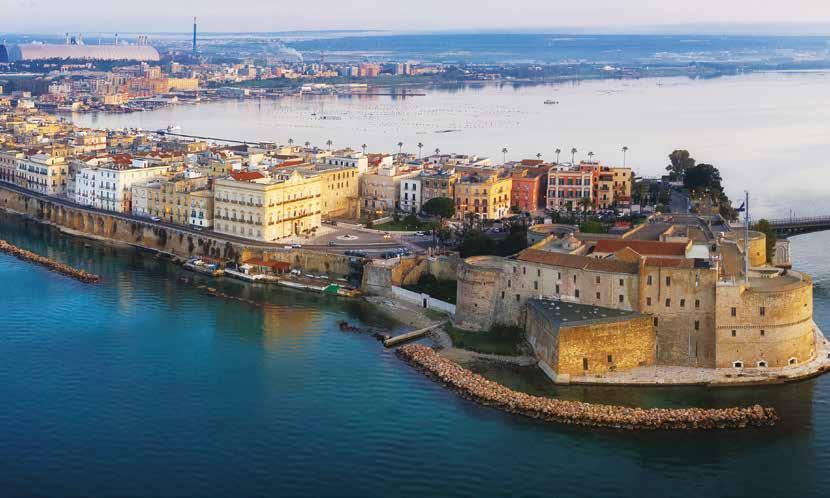
στον
Grecia
The historical and cultural presence of Greece in Salento
“Historically, Brindisi has always been a bridge between Italy and Greece, and between the East and the West: legend has it that it was founded over 3,000 years ago by Cretan sailors. Taranto was founded by the Spartans and was the most powerful city in Magna Graecia for centuries. This is confirmed by the monuments and archaeological treasures kept in its museum. Grecìa Salentina is an association of twelve municipalities with a population of 50,000 in the province of Lecce. A large proportion of the population there still speaks a language recognised by the European Union as a minority language.
“The Griko dialect, which originates from Ancient Greek, is taught in regional schools and is understood by modern Greeks”, explains Antonella Mastropaolo.
The religious element also remains strong. Many Greek citizens live in the area and visit Orthodox churches, particularly in Brindisi, where the parish is dedicated to St Nicholas of Myra -the ecumenical saint who is held in high regard in Salento. Another notable feature of Brindisi Cathedral is the chapel dedicated to Saint Theodore, the city’s patron saint, who is revered by Catholics and Orthodox Christians alike.
“Thereare also many Orthodox customs observed in the city, in which the Italian residents of Brindisi also participate. Theophania [Epiphany] stands out among them. It is celebrated every year on 6 January with the consecration of the harbour waters according to Christian tradition. The ceremony is organised by the Orthodox Church, supported by the Hellenic Community and in cooperation with the Catholic Church and the municipal authorities. It begins with a magnificent service and the consecration ceremony in the church. Then, the procession of priests and faithful crosses the historic centre
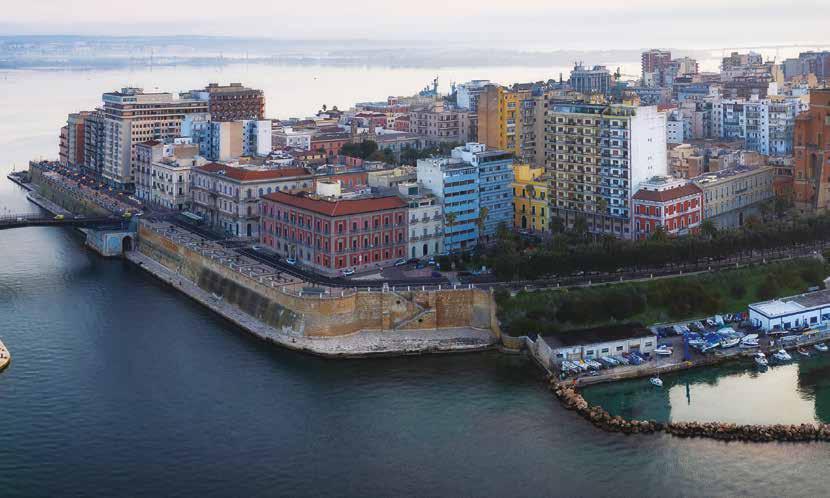
αρίου,
and ends at the harbour, where the Orthodox priest, Father Arsenios, blesses the waters from a platform set up by the municipality, in the presence of the Archbishop of Brindisi, by dipping the cross in the water three times. The cross is then thrown into the sea and is retrieved by the faithful who dive in to catch it”.
What places would the Consul recommend to someone visiting the region for the first time? “In Brindisi, Lecce and Taranto, you will find castles, churches, museums and many other monuments, alongside natural landscapes of outstanding beauty. Not only are there many signs of the ancient Greek civilisation, with museums full of artefacts from that era, but also many reminders of the Byzantine period including some fifty royal crypts that can be visited in the area. These include the beautiful Crypt of Santa Lucia in the historic centre of Brindisi and the Crypt of San Biagio, which is located just a few kilometres outside the city and contains amazing frescoes that are almost a thousand years old. The Chiesa di San Niccol dei Greci church, which is in the Byzantine style, is also excellent and perfectly preserved.
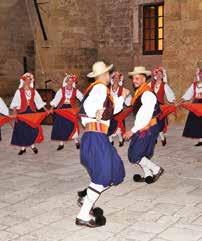
A special mention is due to the Museo MarTa (Museo Archeologico Nazionale di Taranto), which is full of exhibits from the Hellenistic period and beyond.
”The characteristic limestone of Salento is the main material used in local architecture.
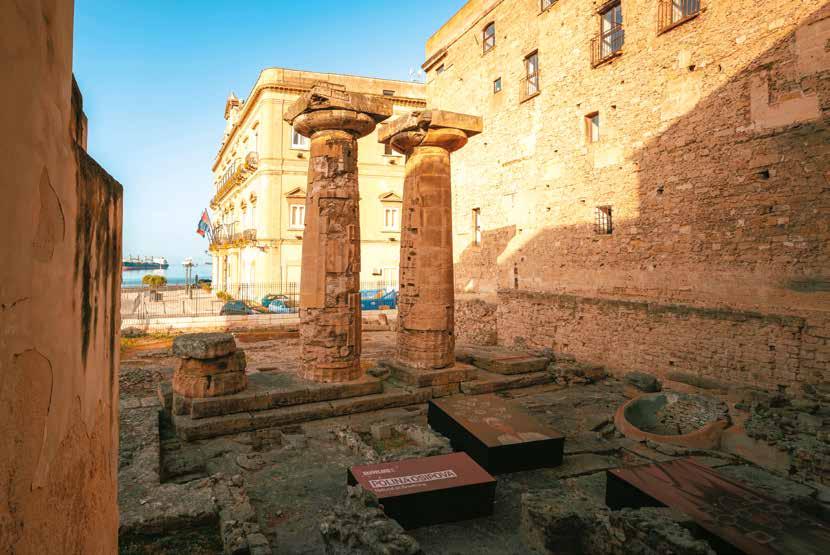
και
Museo MarTa (Museo Archeologico Nazionale di Taranto),
carparo, mazzaro, pietra Leccese, tufa
Doric columns in Taranto, remnants of an ancient Greek temple probably dedicated to Poseidon. Below: Orecchiette, a traditional local dish with mussels.
Carparo, mazzaro, pietra leccese and tufa, each offer a different texture and finish to buildings. As is the case everywhere in Italy, everything here is also well preserved. The facades are adorned with lions, vultures, carved cherubs and other religious figures. The area’s hotels are also amazing. Most of them are highend destinations that have been renovated from Franciscan monasteries, 17th-century castles and other ruined buildings, all of which contribute to the area’s special energy. It’s probably no coincidence that Meryl Streep, Helen Mirren and Gérard Depardieu all own property in the area”.
A tasty affinity with Greece
“As far as gastronomy is concerned”, the Consul continues, “our cuisine is, in many ways, no different to that of Greece. However, I would like to mention some typical Apulian and Salento dishes, such as orecchiette with tender turnips; rice, potatoes and mussels baked in the oven; parmigiana (fried aubergines with tomato sauce and Parmesan cheese); and turcinieddi (small lamb offal rolls grilled like kokoretsi). The list is endless!”

A bond of fraternity
And how do the neighbouring people compare?
“If I were asked to highlight the similarities and differences between our two peoples -not the Italian people in general, but the people of Salento in particular- I would have to resort to the well-known phrase «una faccia, una razza» [same face, same race]. There are so many similarities, that a Greek would feel at home in Salento, just as a Salentine would feel at home in Greece. The desire for contact is so strong that the Greek Ministry of Education sent two teachers to teach in the schools of Grecìa Salentina, while the consulate organised modern Greek language classes. Within a few days, five physical classes and two online classes had been formed through word of mouth, with people who have a deep love for Greece and its culture, and who wanted to learn the language to get to know this fraternal people better. Speaking more generally about Italy and its relations with Greece, it is well known that Italy has always been, and always will be, Greece’s closest trading partner and friendliest country. The Italians have a deep knowledge and love of Greek culture, and the Greeks love Italy for its art, good food and fashion. The hope is that the two peoples will always remain close and share their development and ambitions, as they have done since time immemorial”.

Picturesque corner in Monopoli, Apulia.
ε
With a long history dating back to 1947, the Grimaldi Group specializes in the operation of Ro/Ro (roll-on/roll-off) vessels, car carriers and ferries. It is a dedicated supplier of integrated logistics services based on maritime transport to the world’s major vehicle manufacturers.
Through its maritime services, the Naples-based group also transports containers, palletized/unitized cargo and passengers with a modern fleet of over 130 Ro/Ro and multipurpose vessels, pure car carriers and ferries.
The Grimaldi Group offers a wide network of maritime services for passengers in the Mediterranean Sea, under the Grimaldi Lines, Minoan Lines and Trasmed brands, and in the Baltic and North Sea, through the controlled company Finnlines.
Grimaldi Lines offers maritime connections to the most popular tourist destinations in Spain, Greece, Italy (including Sicily and Sardinia) and Tunisia.
Between Greece and Italy, the company offers frequent yearround services connecting Igoumenitsa to the Italian ports of Brindisi (Apulia) and Ancona (Marche). During the summer, services between both Italian ports and Corfu are operated as well.
Aware of the need to offer ever more innovative, high-quality and competitive services to its passengers, the Grimaldi Group deploys a fleet of modern RoPax ferries, providing cruise ship standard facilities, and new generation state-ofthe-art Ro/Ro-Passenger ferries.

Two of the flagships of the Grimaldi Lines fleet are the Cruise Roma and Cruise Barcelona, both deployed between Italy and Spain on the Civitavecchia-Porto Torres-Barcelona route. Despite being already the biggest RoPax ferries in the Mediterranean, in 2019 they were lengthened and refurbished, which has enabled the two sister ships to transport more than 3,500 passengers.
Both vessels are equipped with 499 large, elegant cabins, 595 comfortable reclining seats, an à la carte and two selfservice restaurants, a swimming pool, a solarium bar and a modern wellness centre with sauna, hammam and massage room. On board entertainment services include a discotheque, a playground area for children and a conference room.
All the Group’s passenger ships perfectly combine excellent comfort on board with low-cost options. Special attention is given to families, groups of friends and students, with fare reductions offered on all routes. In addition, thematic events are periodically organised on board the Grimaldi Lines vessels mainly on the Civitavecchia-Barcelona route, while Grimaldi Lines Tour Operator offers ship and hotel packages in Greece, Spain and Italy (including Sardinia and Sicily).
The Grimaldi Group is the first Italian shipping company to have obtained the SMS, ISO 9001 and ISO 14001 certifications for Safety, Quality and Environment. Recent recognitions received by Grimaldi Lines for its outstanding performance in passenger transport include the World Travel Leaders Award (in 2016) and the Italia Travel Awards (in 2018 and 2019).



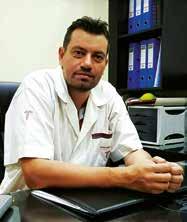
Τhe knee allows a person to perform complex movements. Due to its wide range of movement and continuous use, it is more prone to developing conditions. Thus, damage or injury may occur that prevents the person from performing these movements, in which case they may require knee arthroplasty.
Knee arthroplasty is recommended when a patient is unable to cope with conservative treatments for the early stages of a condition, such as medication and physiotherapy.
It is also usually necessary if the knee joint is worn out or injured. As a result, mobility is reduced and the pain does not subside, even when the person rests.
However, osteoarthritis is the most common reason for this particular replacement surgery.
Other health issues that can lead to knee damage include:
• Rheumatoid arthritis
• Haemophilia
• Arthritis
• Disorders that cause abnormal bone growth
• Knee injury
• Knee deformity with pain and loss of cartilage What are the types of knee arthroplasty?
• Total knee replacement. Both sides of the knee joint are replaced. If necessary, the posterior side of the patella can also be replaced. This is the ideal solution for patients whose knee joints have been severely damaged by degenerative lesions.
• Partial knee replacement. It is also known as unicompartmental knee arthroplasty. In this case, only the damaged side of the joint is replaced. This procedure is suitable for patients whose damage is located on only one side of the knee joint. It requires a shorter hospital stay and recovery period.
PHYSIOTHERAPY
It is imperative following such surgical procedures. It is important for reducing swelling and pain, and for restoring mobility. This involves strengthening exercises for the quadriceps, biceps and gastrocnemius, as well as for all muscle groups in both lower extremities. The posterior bursa of the knee is also stretched. At the same time, physiotherapy currents are used for either pain reduction or strengthening, depending on the application point and frequencies used. The physiotherapist’s role is to restore functionality and facilitate reintegration into daily life.

Theofanis Th. Mountzouris
Physiotherapist
Graduate
of Athens University of Applied Sciences Active member of the Panhellenic Association of Physiotherapists

MiLEP Minimally invasive Laser Enuclation Prostate
MiLEP Minimally invasive Laser Enuclation Prostate
The revolution of minimally invasive prostate nucleation.

Men notice changes in their urination as they get older. This is due to the development of an adenoma within the prostate gland. In the vast majority of cases, it is benign tissue with no functional contribution. All it does is obstruct the free flow of urine, leading to symptoms familiar to middle-aged men such as reduced ease of urination, frequent urination, nocturia and urgency, incontinence and even inability to urinate. All these start as simple discomfort and develop into a major problem that requires medical intervention. This otherwise benign condition is responsible for a significant proportion of surgery in men over the age of 55, with considerable medical, family, professional and financial costs.
Over the years, the surgical community has progressed and continues to explore less painful and less traumatic ways to treat this benign condition. This advancement led to the complete adenoma enucleation by Holmium Laser (HoLEP).
Over the past decade, it has become the gold standard in the treatment of Benign Prostatic Hyperplasia (BPH).
• Bloodless procedure. Patients who receive anticoagulation therapy for serious reasons, where stopping would put their life at risk, can have surgery! Previously, this group had to be informed about long-term hospitalisation and be prepared for the risk of bleeding by obtaining blood for transfusion.
• A definitive solution. Complete, rather than partial, removal of the adenoma, as is the case with the widely used diuretic (TURis) procedure. No residual tissue is left to grow in the future. So the old advice given to surgical patients that they would be fine for 7 to 10 years is no longer the case. After HoLEP, men no longer have to worry about urination!
• Treats all patients. The limitations imposed by gland size on other methods do not apply to HoLEP. It treats the huge 300cc glands as well as the much smaller ones.
• Short hospitalisation. One overnight stay at the clinic.
• Rapid recovery. Within a week men have returned to their normal activities.
The endoscope has become thinner and therefore “friendlier” to the sensitive urethra, so we have:
• Avoidance of urethral trauma with rapid rehabilitation.
• Accuracy within the surgical field as we flexibly and precisely direct the powerful 150 watt laser to ensure ideal separation of normal and pathological tissue.
A common and widespread male problem is entering the MiLEP era.

Artificial Intelligence is a field of computer science focused on the development of computer systems that mimic elements of human intelligence and behaviour. It can be defined as “the science and methodology of creating intelligent machines”, characterised by the ability to learn, adapt, draw conclusions and solve complex problems quickly. In AI, machines learn through the experience of analysing large amounts of data (Big Data). In modern oncology, there is a huge amount of data, which is constantly growing in our era of rapid advances in understanding the biology and treatment of cancer.
In which stages of the disease is AI applicable?
1. Diagnosis and Predictive Analytics
Artificial Intelligence can significantly improve the accuracy of diagnosis by analysing the image of some basic diagnostic tests such as mammography (particularly useful for dense breasts), CT or MRI. Using machine learning algorithms, it is possible to analyse complex images that are difficult for humans to identify.
2. In personalised Oncology, which is the hope for the future
The ability to analyse large amounts of tumour genomic data is a major contributor to the personalisation of treatment, which has significantly changed the prognosis of at least some cancers and offers great hope for the future.
3. Predicting relapses
Helps in planning monitoring and early therapeutic intervention.
4. Important contribution to research and technology
Major advances in drug research and technological improvement.
Are there disadvantages?
1. Reduction of human presence and doctor-patient relationship
Nullification of the Art of Medicine.
2. False-positive or false-negative results
Accuracy of result depends on machine learning data.
3. Ethical and Legal Issues
Data privacy. Legal liability in case of error.
4. Need for Special Education
5. Cost - Benefit for Health Systems
Therefore, AI can be an important tool in Oncology without replacing the Human Oncologist. Special care must be taken to ensure its proper implementation in the future.

Dr Christos Panopoulos, MD, PhD, Pathologist - Oncologist, Doctor of the University of Athens, Director of the Oncology Clinic of the Athens Euroclinic, Former Director of the Agios Savvas Hospital info@panopoulos-ogologos.gr

The MAKO® Robotic System has become the leading system for performing Hip & Knee Arthroplasty.
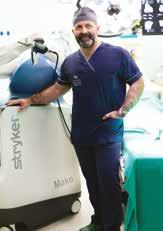
Conventional arthroplasty relies heavily on the experience of the surgeon, manual instruments and visual assessment during the operation. Although these traditional methods have provided satisfactory results, they have some limitations in terms of accuracy of osteotomies, correct implant placement and soft tissue balancing. These factors can affect the long-term results of surgery, such as the lifespan of the implant and the functionality of the joint.
With the advent of robot-assisted orthopaedic surgery -and in particular the MAKO® system-, arthroplasty is one step closer to perfection.
The MAKO® Robotic System has brought a radical change in overcoming the key challenges of each patient’s unique anatomy and the general difficulty of treating worn surfaces. This technology combines advanced imaging, sophisticated preoperative planning tools and robotic precision to enhance the surgeon’s ability to perform knee and hip arthroplasty procedures.
The MAKO® system uses computed tomography (CT) to create a 3D digital model of the patient’s anatomy. This personalised approach allows the surgery to be planned precisely before entering the operating room. The key elements of the system are:
• Preoperative planning software: Allows detailed planning of osteotomies and implant placement according to the patient’s anatomy.
• Robotic arm with haptic feedback: Provides haptic, auditory and visual feedback to guide the surgeon within pre-defined limits.
• Real-time intra-operative feedback: Monitors and adapts to any changes during surgery.
During the operation, it is important to point out that the robotic arm does not perform the operation autonomously, but works as an assistive tool under the full guidance of the surgeon. Essentially, the system restricts the surgeon’s movements within the planned limits, preventing deviations from the surgical plan and protecting the surrounding tissue. This reduces the possibility of injury to the muscles around the joint, allowing for faster recovery and better function.
A growing body of literature points to several important benefits of MAKO® robotic arthroplasty, including increased accuracy, faster recovery and less post-operative pain, less soft tissue damage, less bleeding and shorter hospital stays.
BSC (HONS), MBBS (HONS), MD (RES), PHD, FRCS (TR & ORTH),
| The Athens Clinic
Panagiotis D. Gikas BSC (HONS), MBBS (HONS), MD (RES), PHD, FRCS (TR & ORTH),
Consultant in Robotic Hip and Knee Arthroplasty and Musculoskeletal Oncology LEFKOS STAVROS | The Athens Clinic

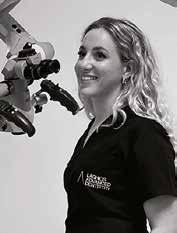
Aswollen cheek, especially if accompanied by pain or fever, is often a sign of a tooth infection. The cause may be an abscess, caries or an impacted wisdom tooth. But when are antibiotics really necessary? Which symptoms should not be ignored? In this article, we answer the most frequently asked questions and explain how you can protect your health with the proper diagnosis and early treatment.
Main symptoms
• Visible swelling: Patients may experience visible swelling on the cheek, which may be localised or widespread.
•Pain: Pain is often severe and can get worse with chewing, pressure on the area or even at rest.
•Increased sensitivity: The affected tooth or adjacent tissues may be particularly sensitive to pain.
•Possible fever: In cases where the infection has worsened or started to affect overall body function, a mild to high fever may occur.
•General condition and weakness: If the infection spreads or remains uncontrolled, it can also affect the patient’s general health, causing tiredness and a general feeling of being ill.
•Systemic complications: In rare but serious cases, the infection can lead to bacterial infection and affect internal organs.
What can I do until I see a dentist?
•Place a cold pack on the outside of the cheek (not hot).
•Avoid chewing on the affected side.
•Do not take antibiotics without a prescription.
When do I need antibiotics?
Antibiotics are necessary when:
•The swelling is severe and spreads to the face or neck.
•Fever or other systemic symptoms are present.
•The tooth cannot be treated immediately (e.g. root canal treatment).
•The infection comes back or does not go away with simple treatment.
•The patient is immunocompromised (e.g., diabetic).
Antibiotics are not always necessary! They may not be needed for local infections that are quickly treated by the dentist.
Do I need to see a dentist if the swelling goes away with antibiotics?
Absolutely and always “Yes”! Antibiotics temporarily treat the infection, not the cause. The abscess or damaged tooth must be treated (by root canal, extraction or other intervention). Otherwise the infection will return.

OΟι

Minimally Invasive Spine Surgery (MISS) and endoscopic techniques represent a breakthrough in the treatment of spinal conditions -offering precise, safe, and faster recovery solutions for patients. The Endoscopic and Minimally Invasive Spine Surgery Clinic at IASO General Clinic, led by Dr. Georgios Vastardis, MD, PhD, is a certified Center of Excellence and an international training hub, welcoming spine surgeons from around the world to master advanced techniques.
MISS procedures are performed through tiny skin incisions (~1 cm), using local anesthesia and causing minimal tissue damage. Techniques include transforaminal injections, disc nucleoplasty, endoscopic discectomy, endoscopic rhizotomy, endoscopic foraminal and central decompression due to spinal stenosis -delivered with exceptional accuracy and minimal trauma. A key innovation is the combination of endoscopy with robotic-assisted navigation. Advanced systems like O-arm and robotic platforms allow surgeons to plan and execute each intervention with utmost precision -placing screws and interbody cages through percutaneous or endoscopic methods, even in complex spinal fusions. Stable spinal fractures due to trauma, osteoporosis, or other conditions can be treated with percutaneous kyphoplasty -an internal fracture repair performed without the need for blood transfusions. Patients typically mobilize independently just hours after surgery. Most procedures are completed within a few hours, with same-day discharge. Patients return to their normal routine quickly, without the prolonged recovery often associated with open spine surgery.
Every treatment is evidence-based and personalized. Following a step-by-step approach, our team aims to achieve the best possible outcome with the least invasive method and the least amount of postoperative pain.
Dr. Georgios Vastardis MD, PhD, Spine Surgeon, Chief of Endoscopic and Minimally Invasive Spine Surgery (M.I.S.S.) Clinic, IASO General Clinic, IASO Group, Athens, Greece

Summer is the perfect time to look at life with new eyes -and for many, that means saying goodbye to glasses and contact lenses. Advances in medical technology have made refractive surgery, such as LASIK and PRK, more affordable, effective and safe than ever before. If you are fed up with glasses that slide down your nose or contact lenses that cause dry eyes and discomfort, refractive surgery is the ideal solution.
Refractive surgery aims to correct common vision problems such as nearsightedness, farsightedness and astigmatism by reshaping the surface of the cornea.
The most popular procedure today is LASIK. Recovery is quick and you can usually return to normal activities within a day or two after surgery. Another option is PRK, which reshapes the surface of the cornea without creating a flap. Although the recovery period is slightly longer than with LASIK, PRK is suitable for patients with thinner corneas. Both procedures are safe, take very little time and are carried out using anaesthetic drops, so you will not feel any pain.
However, the benefits of refractive surgery go beyond comfort. It improves your quality of life with better vision. Summer activities such as swimming, surfing and beach volleyball can be enjoyed without worrying about losing or damaging your glasses, or the eye infections that can come from wearing contact lenses.
Although refractive surgery has a high success rate, it is important to assess whether you are a good candidate. Factors such as age, eye health and degree of correction will determine your suitability for surgery. The procedure is generally safe, with minimal discomfort and rapid recovery.
In conclusion, refractive surgery offers a lifelong solution for those who are fed up with glasses and contact lenses. Advances in laser technology mean you can enjoy clear vision without glasses -perfect for all the adventures summer has to offer. If you are considering this life-changing procedure, the first step to seeing the world more clearly and freely -without glasses or contact lenses- should be the advice of a qualified ophthalmologist!
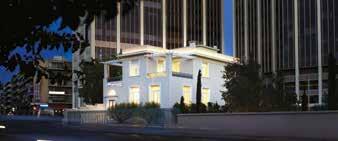
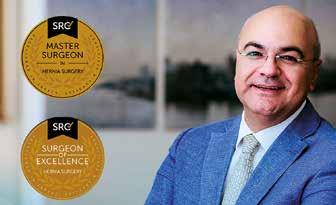
In 2014, a revolution in abdominal wall hernia surgery began, with the development of brand new techniques. Innovative methods were developed that abandoned the previous doctrine «just close the hole…» and relied on purely anatomical bases, taking advantage of the already existing anatomical elements of our abdominal wall. These are the eTEP techniques (eTEP-RS and eTEP-TAR). With the basic weapon of perfect knowledge of anatomy and the impeccable surgical technique and skill of the specialized hernia surgeon, methods were developed that literally reconstruct the abdominal wall by closing the gaps of the hernia, and placing the mesh completely outside the abdomen, in between the abdominal muscles.
The minimally invasive eTEP surgical techniques are performed laparoscopically or robotically. Robotic surgical systems (daVinci Xi) simulate the surgical movement of the human hand and eye, making these operations safe and effective, with minimal complications and even faster discharge of the patient from the hospital, even on the same day, within a few hours. The eTEP techniques give the patient the possibility of repairing many coexisting hernias at the same time, without incisions and cross-sections of muscles, through only small holes 5-10 mm. For the specialized surgeon, this means performing the operation with the highest percentages of accuracy and safety, complete restoration of the normal anatomy of the space and no need to fix the mesh with sutures or special nails, so that there is no injury to blood vessels or nerves -which makes the operation painless and bloodless. For the patient, on the other hand, all this translates into a quick recovery, discharge from the hospital in a few hours and an immediate return to daily life.

Archontovasilis Fotis MD, PhD, FEHS, Abdominal wall hernia and reconstruction Specialist
Master Surgeon – Surgeon of Excellence in Hernia Surgery (SRC cert.), Robotic (console) Surgeon (RAIN cert.), Head and Director, Surgical Department Metropolitan General Hospital, Director, Center of Excellence in Hernia Surgery, Metropolitan General Hospital Vice President of Hellenic Association of Endoscopic Surgery.
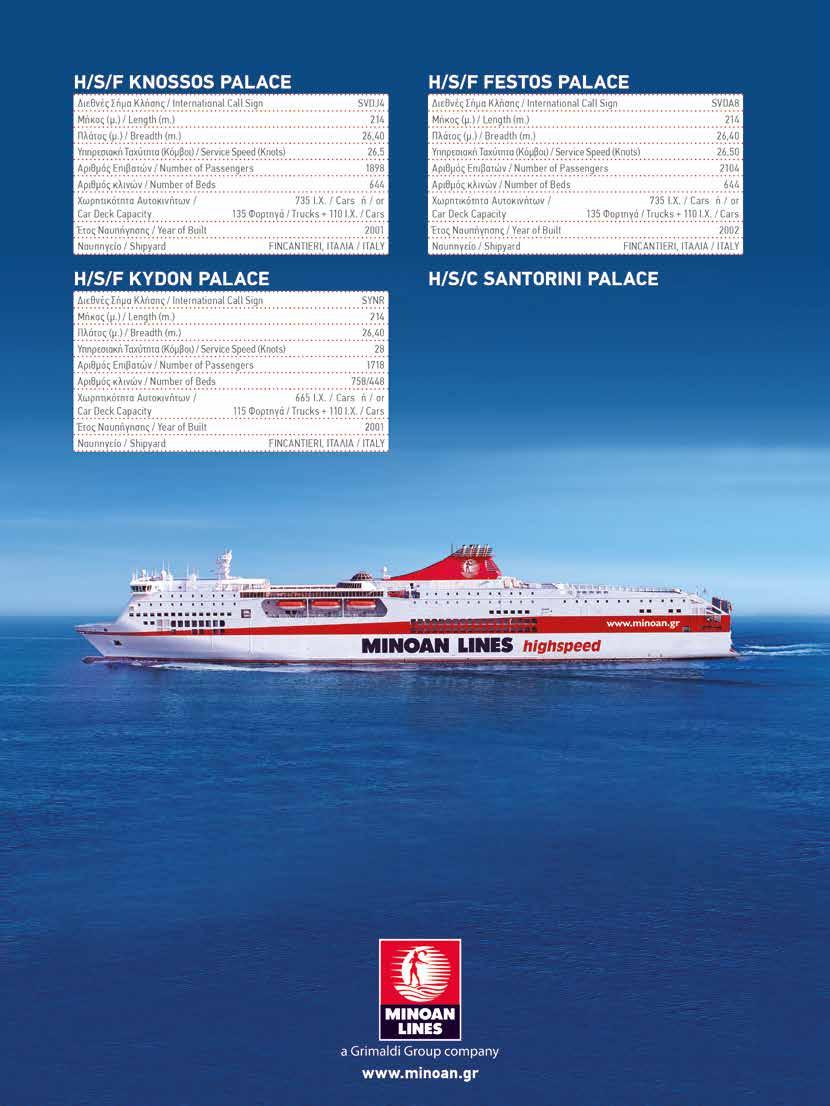
Under a different name, Santorini Palace has been charted out on a long-term basis.
ΜΙΝOAN LINES
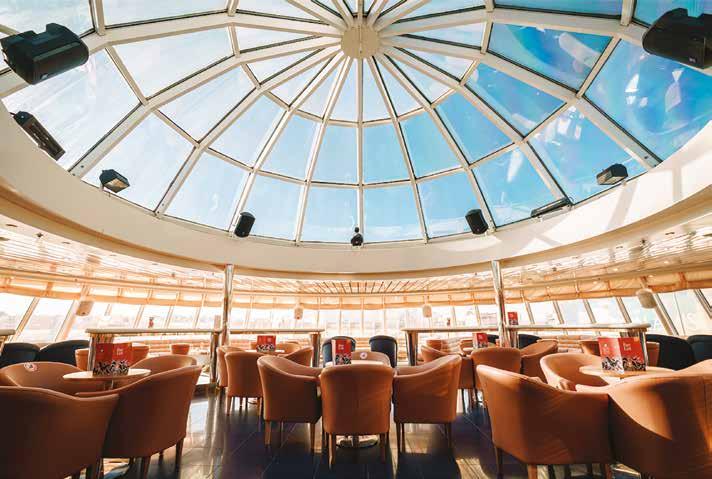
Enjoy
From the moment of embarkation until the arrival at the final port destination, the main objectives of the trained personnel of MINOAN LINES are the safety of their passengers and the assurance of a deluxe and comfortable travel experience. Begin your journey in one of the welcoming, hospitable, modern, comfortable, health safe lounges and public areas of the company’s cruise ferries, savoring your cup of coffee, meal, drink or dessert while enjoying the great blue color of the Greek seas.
The company has already completed 50 years of successful operation, it was founded in the Cretan city of Heraklion in 1972, and its course in the shipping sector began in 1974. Since then, it has played a leading role in the routes it serves and has set the standards in travel innovation, holding a prominent position among the foremost passenger ship companies in Greece as well as in Europe.
Since 2008 MINOAN LINES has been a member of the Italian Grimaldi Group, one of the largest carriers of vehicles and machinery of all types (roll-on/roll-off), containers and passengers in the world. The Grimaldi Group is headquartered in Naples, Italy, with branches in more than 25 countries, 17,000 employees and over 130 vessels approaching more than 140 ports worldwide.
The network of MINOAN LINES covers a wide range of domestic and foreign tourism. With our luxurious and ecological ships, we connect with the domestic routes, Heraklion, Crete and Piraeus and with the Adriatic routes, Greece with Italy. Cruise Ferries KNOSSOS PALACE and FESTOS PALACE make the trip more pleasant and comfortable than ever, connecting Piraeus with Heraklion with daily departures. In addition, a direct connection is offered from Piraeus and Heraklion with the enchanting Milos, in just a few hours, with the floating palaces KNOSSOS PALACE and FESTOS PALACE with daily itineraries all year round.
With regard to the selection of accommodation categories, it is worth noting that MINOAN LINES offers various cabin and accommodation categories on its ships. You can choose to travel in economy class, enjoying the services in the spacious and comfortable lounges of the ship, in the new VIP seats, which offer privacy and comfort in a specially designed area of the ship, or in one of the different cabin categories, depending on your needs, whether you are travelling alone, with friends or with your family. In fact, for those travelling with their beloved four-legged friends, MINOAN LINES offers specially designed Pet cabins if you wish to be with them during the journey.
Also, for lovers of Italy, it is worth noting that the ship KYDON PALACE operates on the route Igoumenitsa - Brindisi. Under the Greek flag and Greek crews, the daily itineraries of KYDON PALACE are operated, in conjunction with the itineraries of EUROPALINK, by GRIMALDI EUROMED S.P.A.
Apart from the unparalleled aesthetics and luxury, the high safety, quality and comfort of our company’s vessels, every passenger of MINOAN LINES can enjoy during the trip, a wide range of services.
Shop for select products at one of the stores on board - treat yourself or buy for your beloved ones. Hop on-line on your own smartphone, tablet or laptop from the comfort of your coach or seat, using Wi-Fi services available.
The new à la carte Cretan menu is available on the FESTOS PALACE and KNOSSOS PALACE ships of MINOAN LINES, alongside other

interesting options, on the PIRAEUS-ΜILOS-HERAKLION-MILOSPIRAEUS routes, and is certified with the "Cretan Cuisine" quality label of the Region of Crete. Regarding the meals options, in the two restaurants, A la carte and Self Service, of our cruise ferries KNOSSOS PALACE and FESTOS PALACE, the experienced chefs will travel you with their gastronomic creations and quality ingredients, many of which are produced
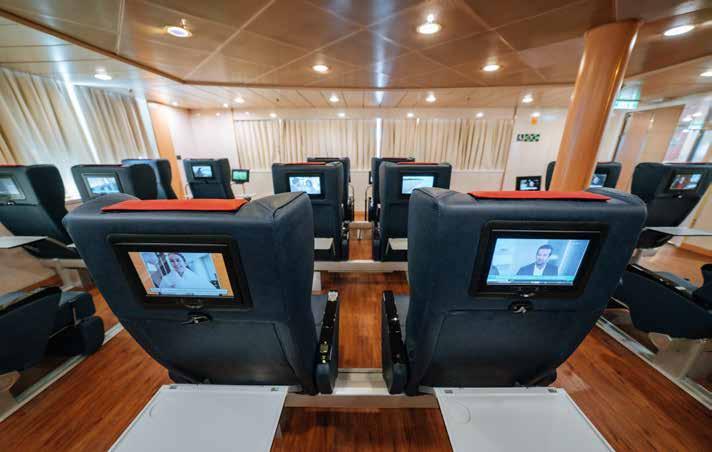
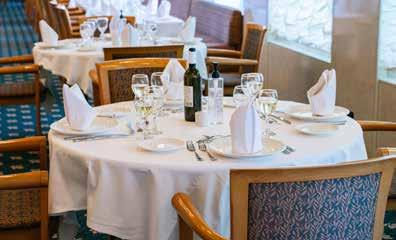
from the fertile soils of the Cretan land. Dining options include an A la carte and a Self Service restaurant, where experienced chefs take diners on a gastronomic journey with their culinary creations, made with quality ingredients, many of them being the fruits of the fertile Cretan soil.
Comfort, luxury and quality services on board are combined with the hospitality and courtesy of our vessels’ staff to travel you quickly and safely to your favorite destinations!
MINOAN LINES, since their establishment, have recognized their responsibility towards society and seek to act and operate actively and consistently within the principles of Corporate Social Responsibility by developing innovative actions and presenting important social work.
The company always strives, based on its anthropocentric philosophy, and with full respect towards its principles and values, to encourage and reward worthwhile initiatives and efforts.
PALACE και
FESTOS
Being aware of its social role and in the context of its corporate strategy and commercial policy, MINOAN LINES promotes an integrated, coordinated, quality and significant social work, by setting important goals, actively participating and supporting, on an annual basis, through sponsorships (financial support or free / discounted tickets with the cruise ferries of MINOAN LINES’ fleet) socially vulnerable groups, various cultural associations, social organizations, sports clubs, organizations, educational and charitable institutions, animal welfare organisations, aiming for the prosperity of the society as a whole and its progress.
All in all, we must emphasize that in the rich plan of Corporate Social Responsibility activities, the cultivation of environmental awareness and sustainable development are promoted. MINOAN LINES is the first company in the field of Greek passenger shipping that fully complies with the new requirements of the International Maritime Organization (IMO), having invested and completed the installation of exhaust gas cleaning devices (SCRUBBERS), in the high-speed ferries KNOSSOS PALACE, FESTOS PALACE and KYDON PALACE, converting them into more environmentally friendly vessels.
MINOAN LINES does not just follow developments, it pioneers in them and continues to be on a growth trajectory by investing in the future and development of the tourism product for the benefit of our country.
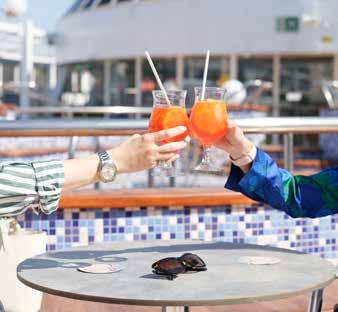



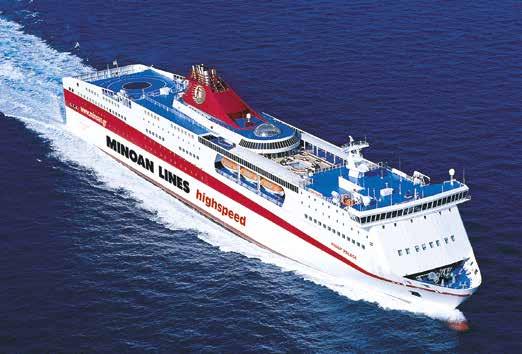
TOURISM
Greek Inspired Gastronomy Restaurant».
TOURISM AWARDS
Restaurant».
TOURISM AWARDS
Travel.
ΧΡΥΣΟ
Online Strategy.
Social Media Presence/Παρουσία
Minoan Lines
(Travel Experience),
Online Strategy της Μinoan Lines,
GREEK HOSPITALITY AWARDS 2020 & 2018
TOURISM AWARDS
ICAP GROUP
TOURISM AWARDS
LLOYD’S LIST GREEK SHIPPING AWARDS 2016
Μinoan Lines is the most highly regarded shipping company in Greece and Europe. It has won several quality awards and top distinctions for its vessels, services and outstanding professional standards from a number of highly rated institutions and publications, as follows:
TOURISM AWARDS 2025
GOLD AWARD in the “Promotion of Local Greek Cuisine” category, nominated as “Journey to Cretan Gastronomy / Greek Inspired Gastronomy Restaurant”.
TOURISM AWARDS 2024
GOLD AWARD in the category Promotion of Local Greek Cuisine, under the nomination title "Journey to Cretan Gastronomy / Greek Inspired Gastronomy Restaurant"
SUPERBRANDS 2024
THE TOP CORPORATE BRAND in Greece’s transport sector for 2024.
TOURISM AWARDS 2022
GOLD AWARD in the Corporate Social Responsibility Actions category, with nomination title "Minoan Lines is always close to the society and its values!"
GOLD AWARD in the Social Media Presence category, with the nomination title: “Minoan Lines continues its dynamic presence in Social Media”.
TOURISM AWARDS 2021
GOLD AWARD in the Search Engine Optimization (SEO) Strategy category, with the nomination title “Optimization of SEO Strategy in 5 countries”.
GOLD AWARD in the Social Media Presence category. Minoan Lines continues its dynamic presence in social media (Facebook and Instagram).
TOURISM AWARDS 2020
GOLD AWARD for Travel Experience, in the Travel section/category.
GOLD AWARD for the Online Strategy of Minoan Lines, in the Online Strategy section/category.
GREEK HOSPITALITY AWARDS 2020 & 2018
“Best Greek Coastal Shipping company”.
TOURISM AWARDS 2019
GOLD AWARD for the Support of Local Communities and Corporate Social Responsibility actions, implemented by the company, in the Branding / Public Relations / People Strategy category.
GOLD AWARD for the “New Destinations” in the Attractions & Destination category.
CORPORATE SUPERBRANDS 2018-2019 & 2016-2017
“Top Corporate Brand Name in the Sea Transportation Sector”.
ICAP GROUP - 2018 & 2017
“True Leader” in the category “Maritime Shipping”.
TOURISM AWARDS 2018
GOLD AWARD for MINOAN LINES BONUS CLUB, the pioneering and flexible customer loyalty program.
GOLD AWARD for the reduction of the energy footprint of the company's vessels and the protection of the environment.
GOLD AWARD for the integrated On-Line Digital Campaign entitled “Away with the Müllers”.
TOURISM AWARDS 2017
GOLD AWARD in the category “Supporting local communities / Actions of Corporate Social Responsibility”.
GOLD AWARD in the category “Online presence and communication” for the NEW Minoan Lines’ Online Booking System.
LLOYD’S LIST GREEK SHIPPING AWARDS 2016
“Passenger Line of the Year”.




Το πρωτοποριακό ΠΡΟΓΡΑΜΜΑ ΠΙΣΤΟΤΗΤΑΣ ΕΠΙΒΑΤΩΝ των ΜΙΝΩΙΚΩΝ ΓΡΑΜΜΩΝ, έχει συμπληρώσει 496.000 μέλη στα 20 χρόνια επιτυχημένης λειτουργίας από την έναρξη του, αποδεικνύοντας την τεράστια απήχηση του

•


The truly innovative customer loyalty program of Minoan Lines now has 496.000 members and 20 years of successful operation from the launch, demonstrating its enormous appeal to the passenger public in Greece and abroad.
Gold Award for Minoan Lines Bonus Club at Tourism Awards 2018 & Silver Award for Loyalty Programs at Tourism Awards 2021 & 2022.
• 10-20% discount on CRETE, MILOS, ADRIATIC routes.
• Free tickets in all accommodation and private vehicle categories.
•10-20% discount at the bars and restaurants on board.
•10-15% discount at the stores on board.
• Promotions and offers only for members.
*Not applicable on ixed dues.
YOUR BONUS CLUB CARD IS AVAILABLE DIGITALLY!
Minoan Lines Bonus Club goes digital! We have good news for you!
As a Minoan Lines Bonus Club member, you don’t need to have a physical card in order to enjoy all the benefits.
Log in to your Minoan Lines Bonus Club account at www. minoan.gr and download your digital loyalty card, print it or save it to your smartphone, tablet or laptop for quick access to your membership details.
Benefits: Not a member yet? Sign up now on www.minoan.gr and get your first 100 points for free!


